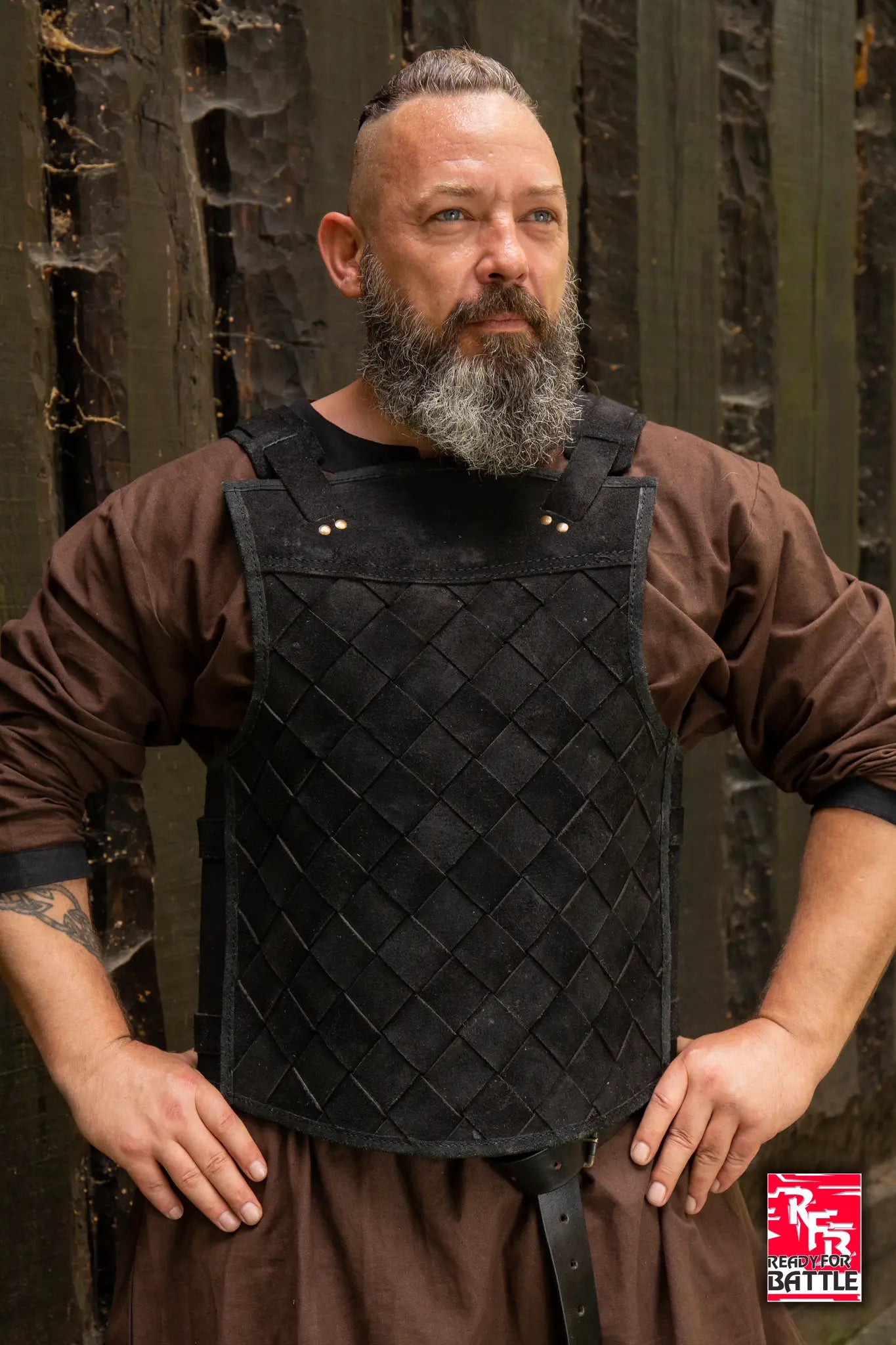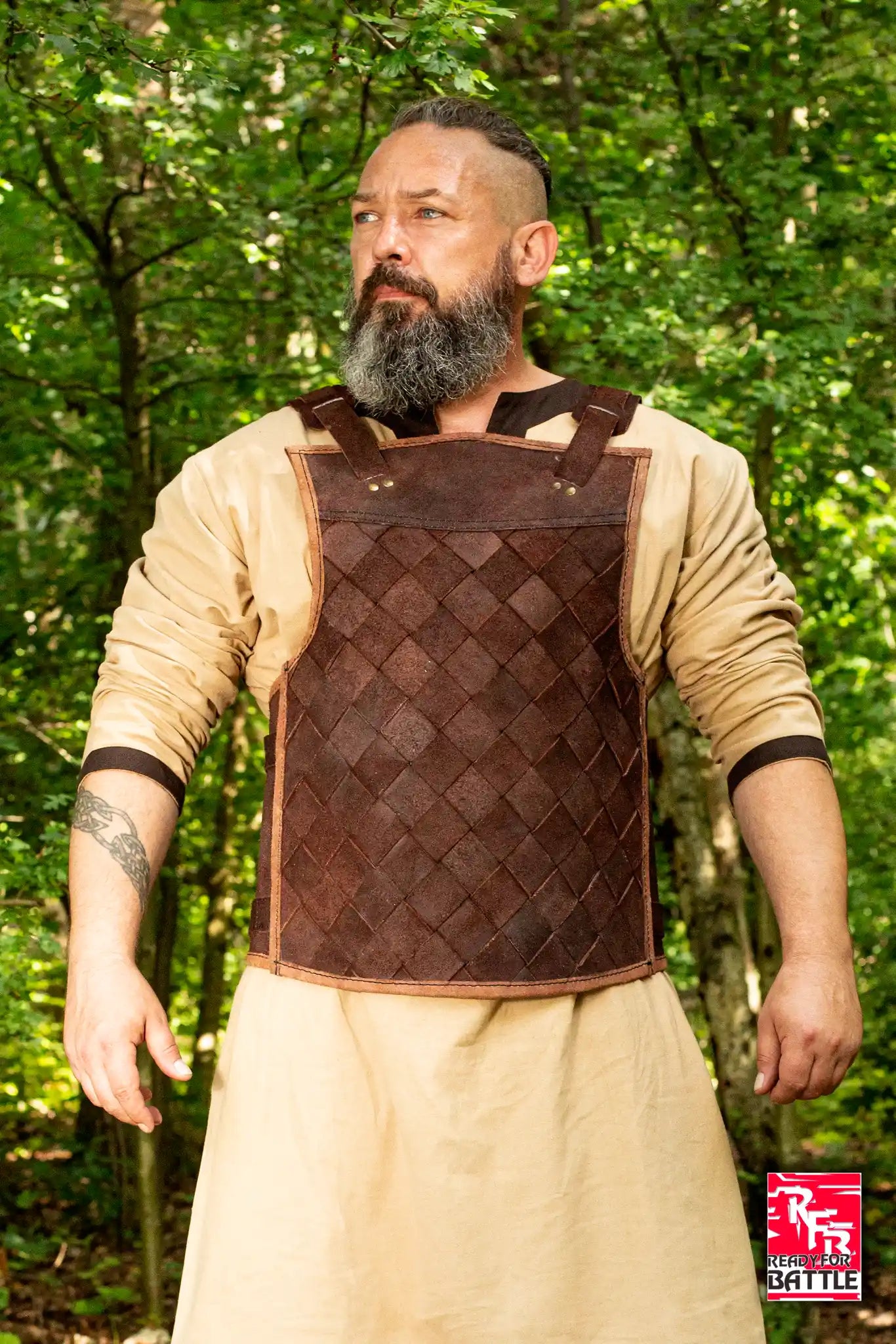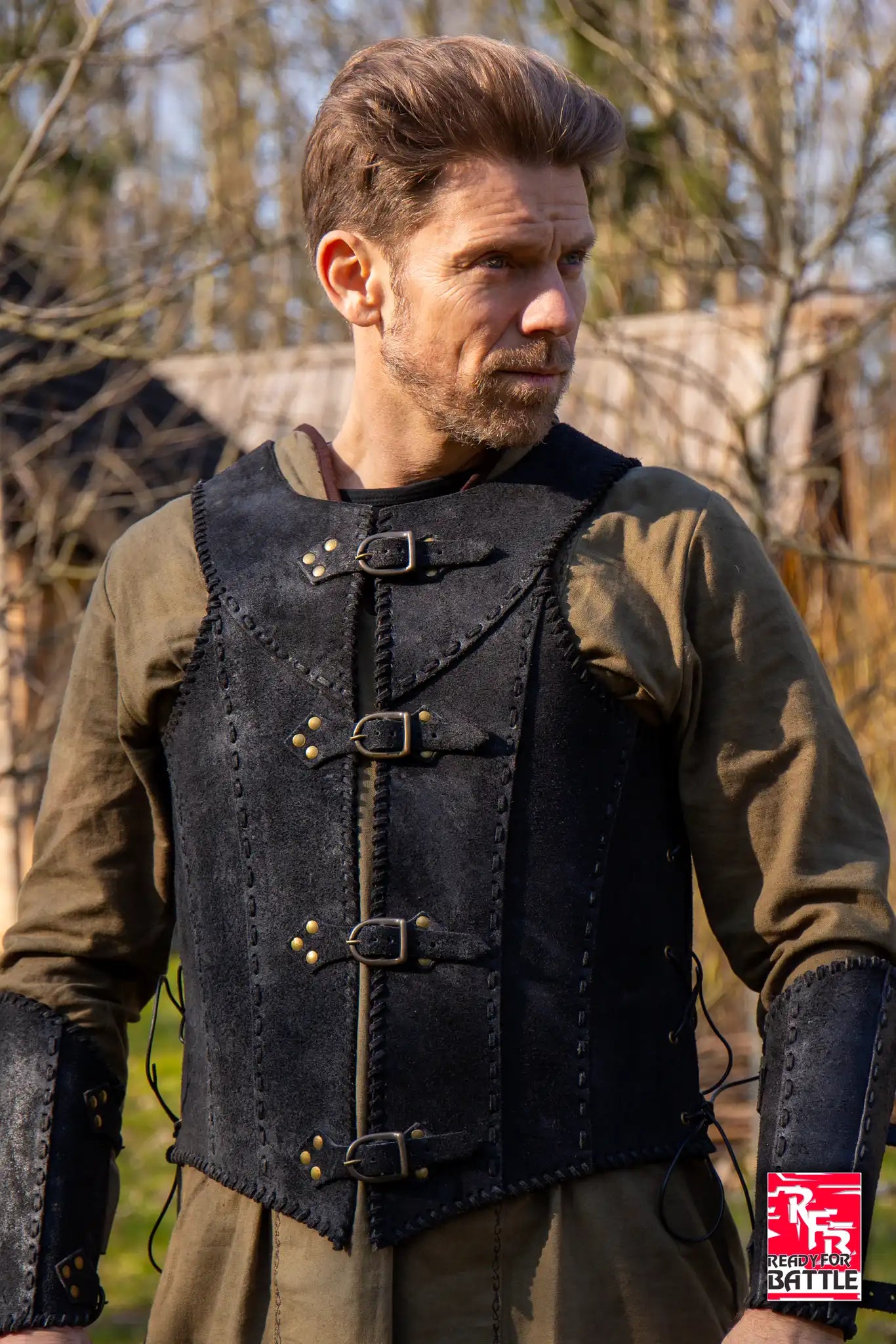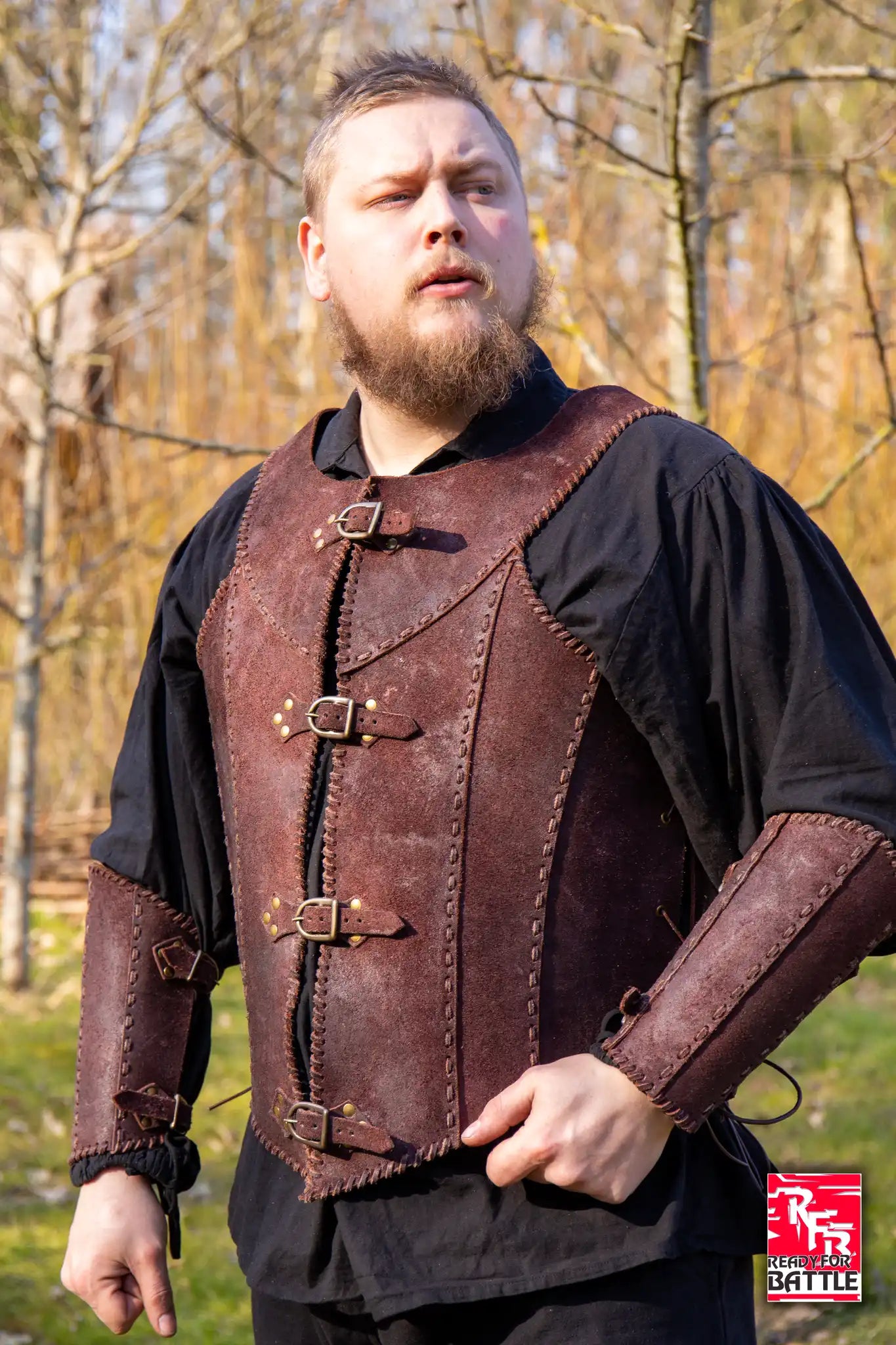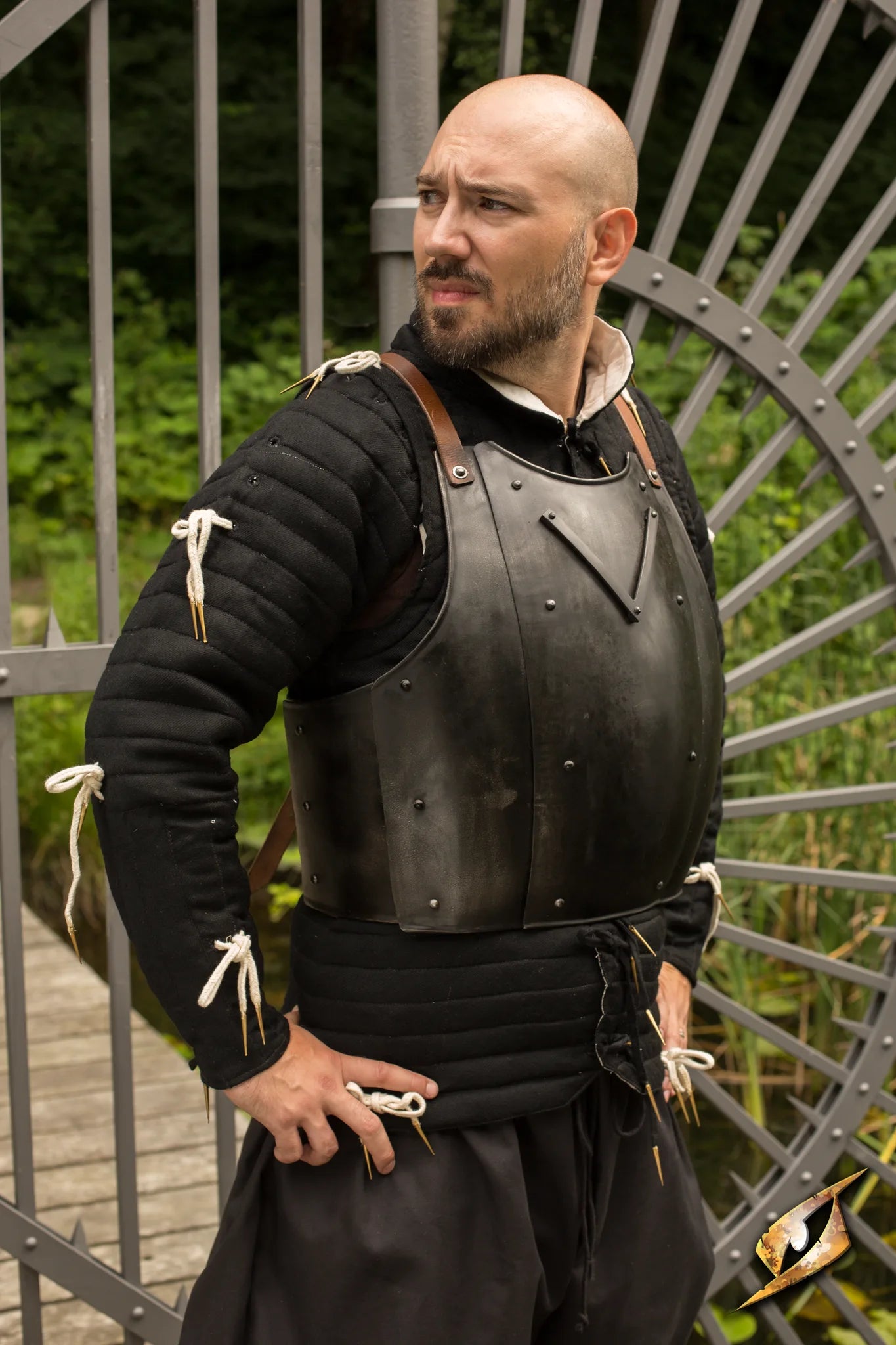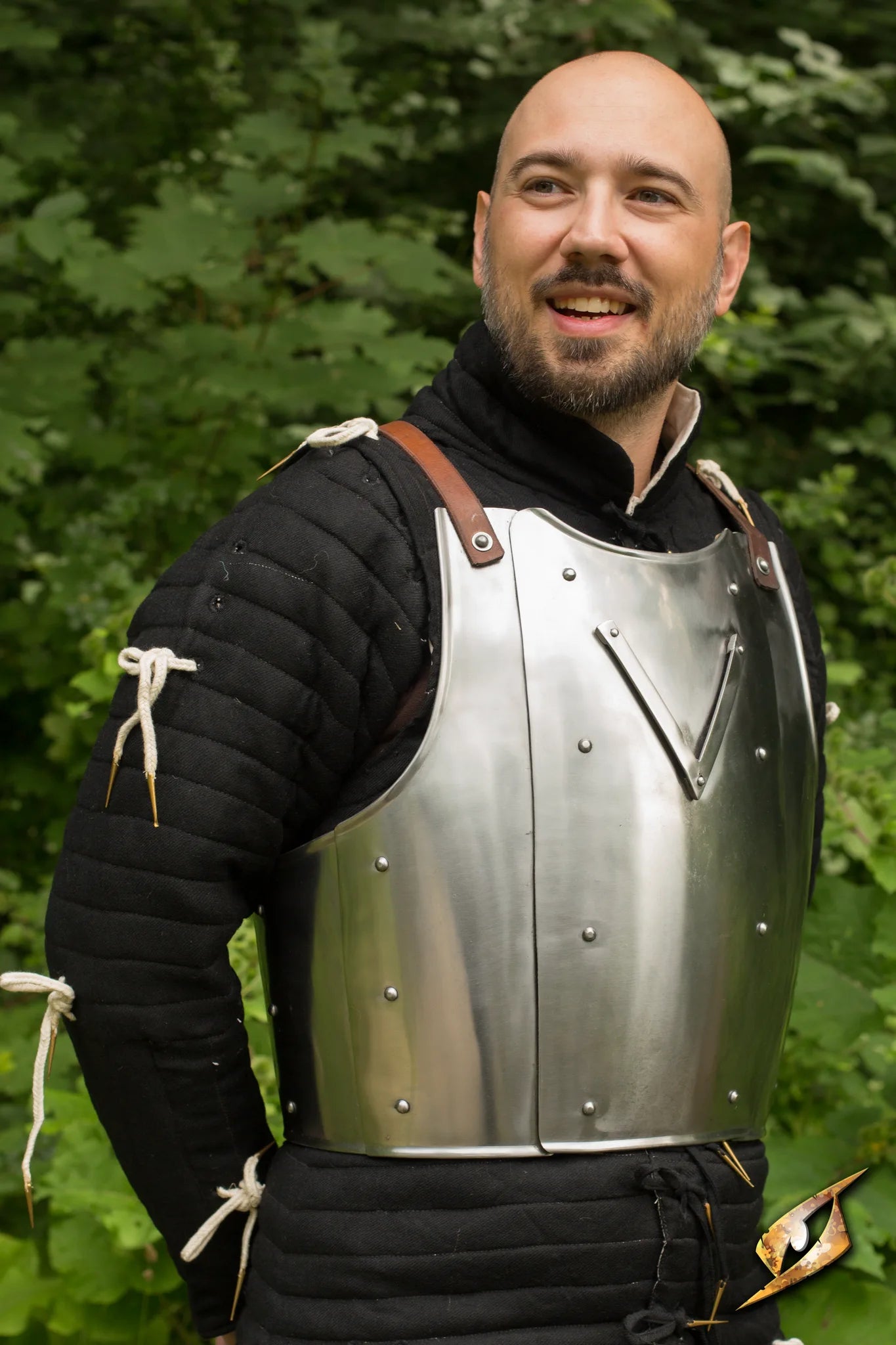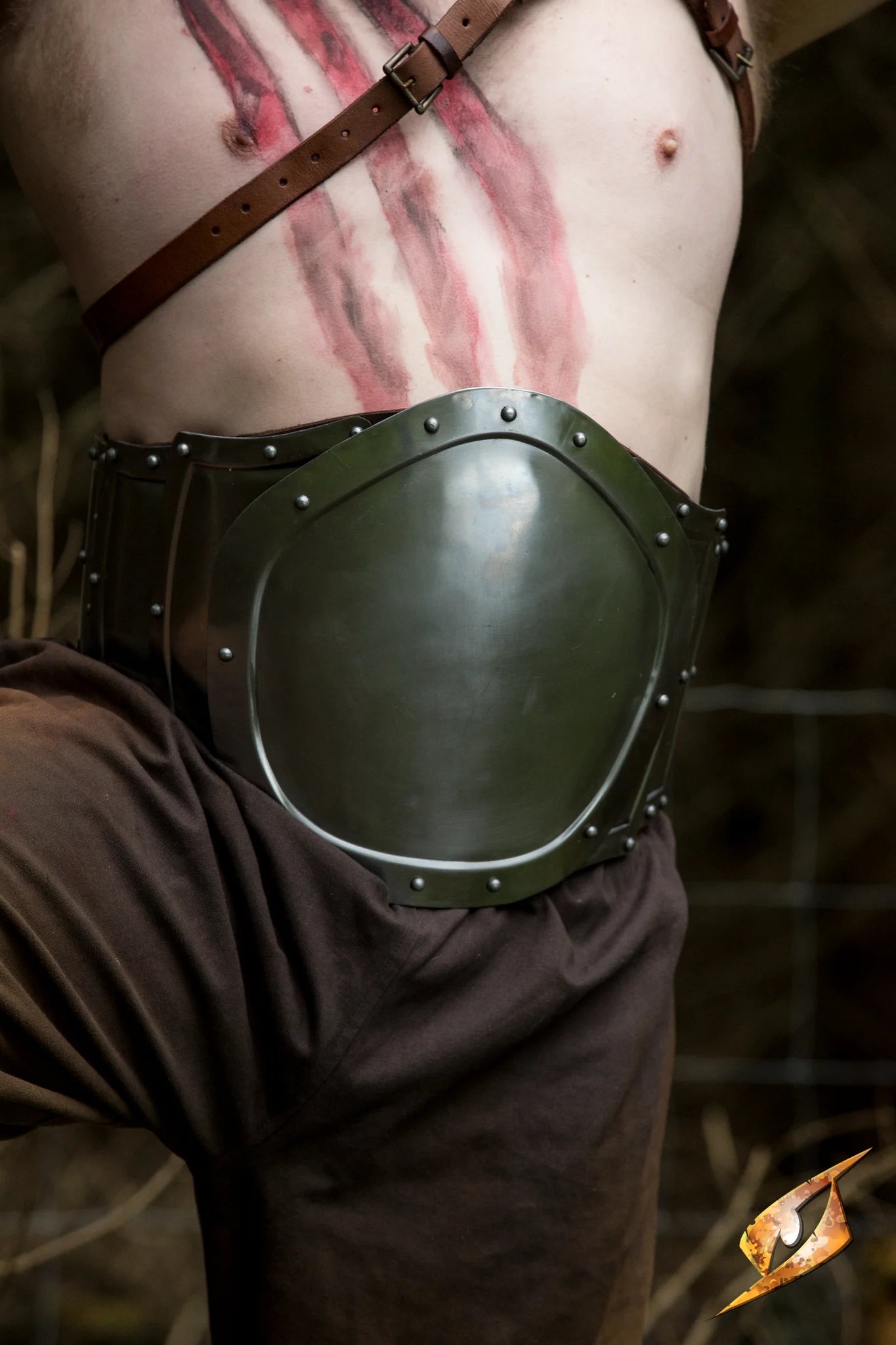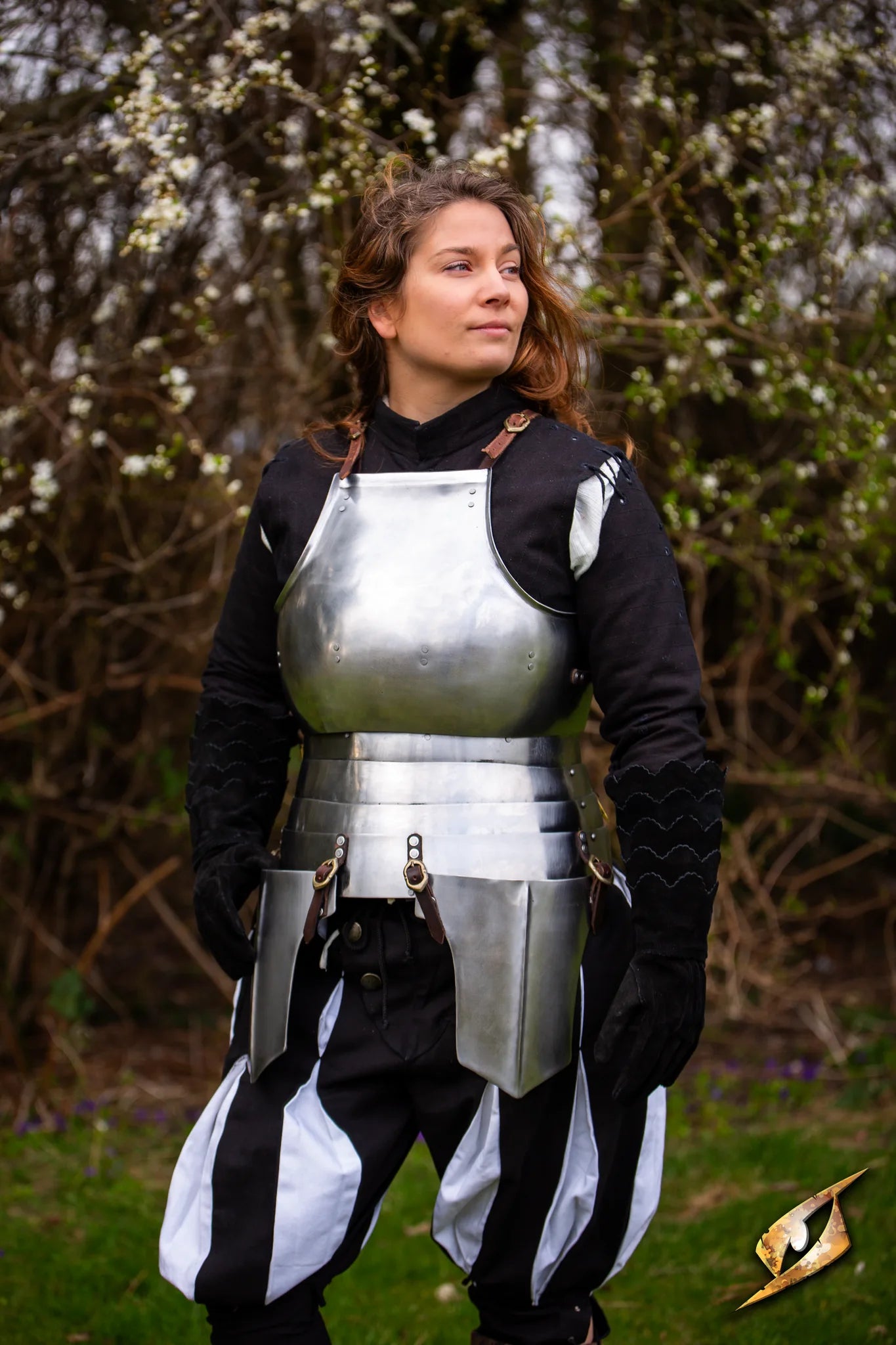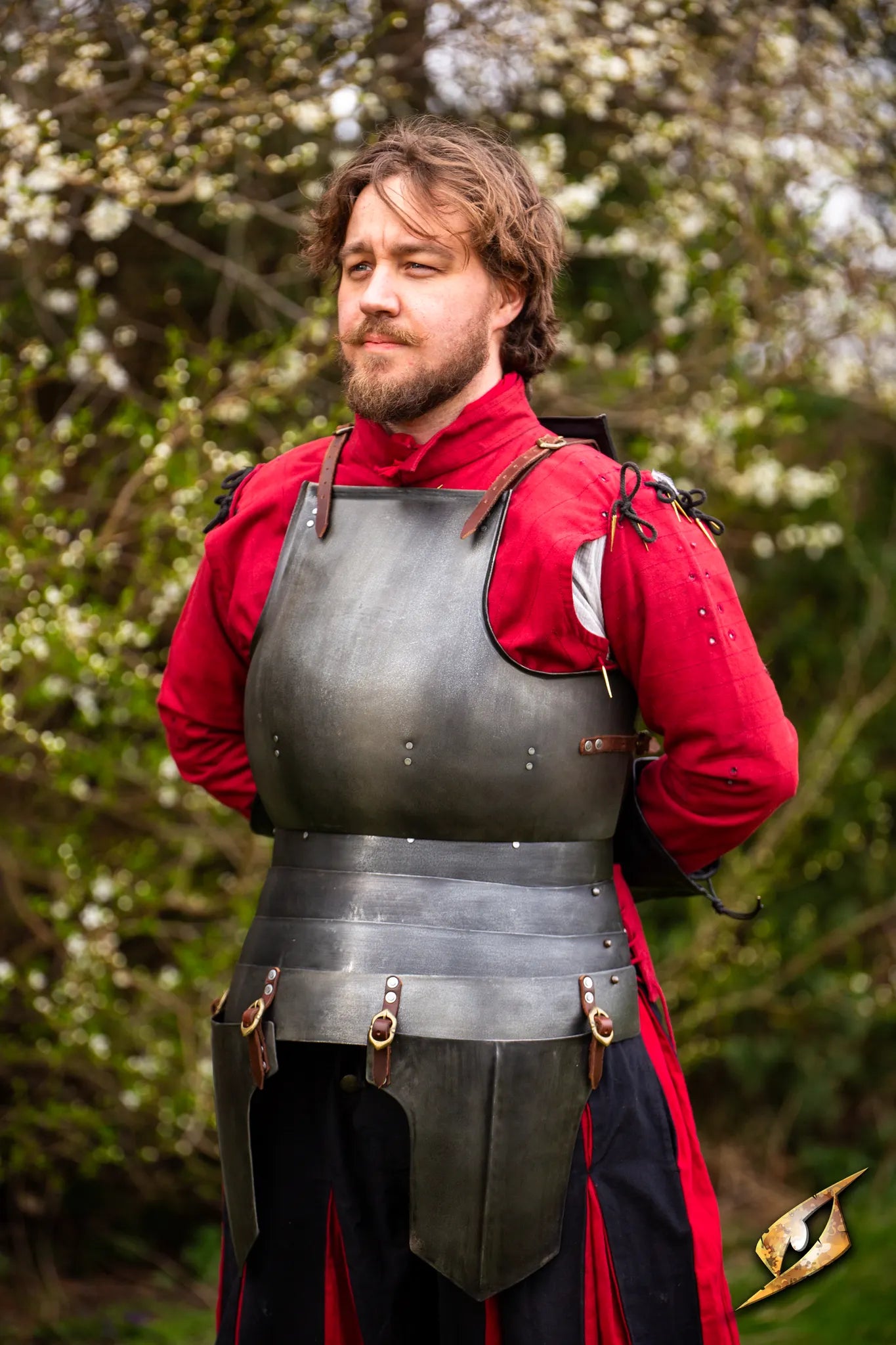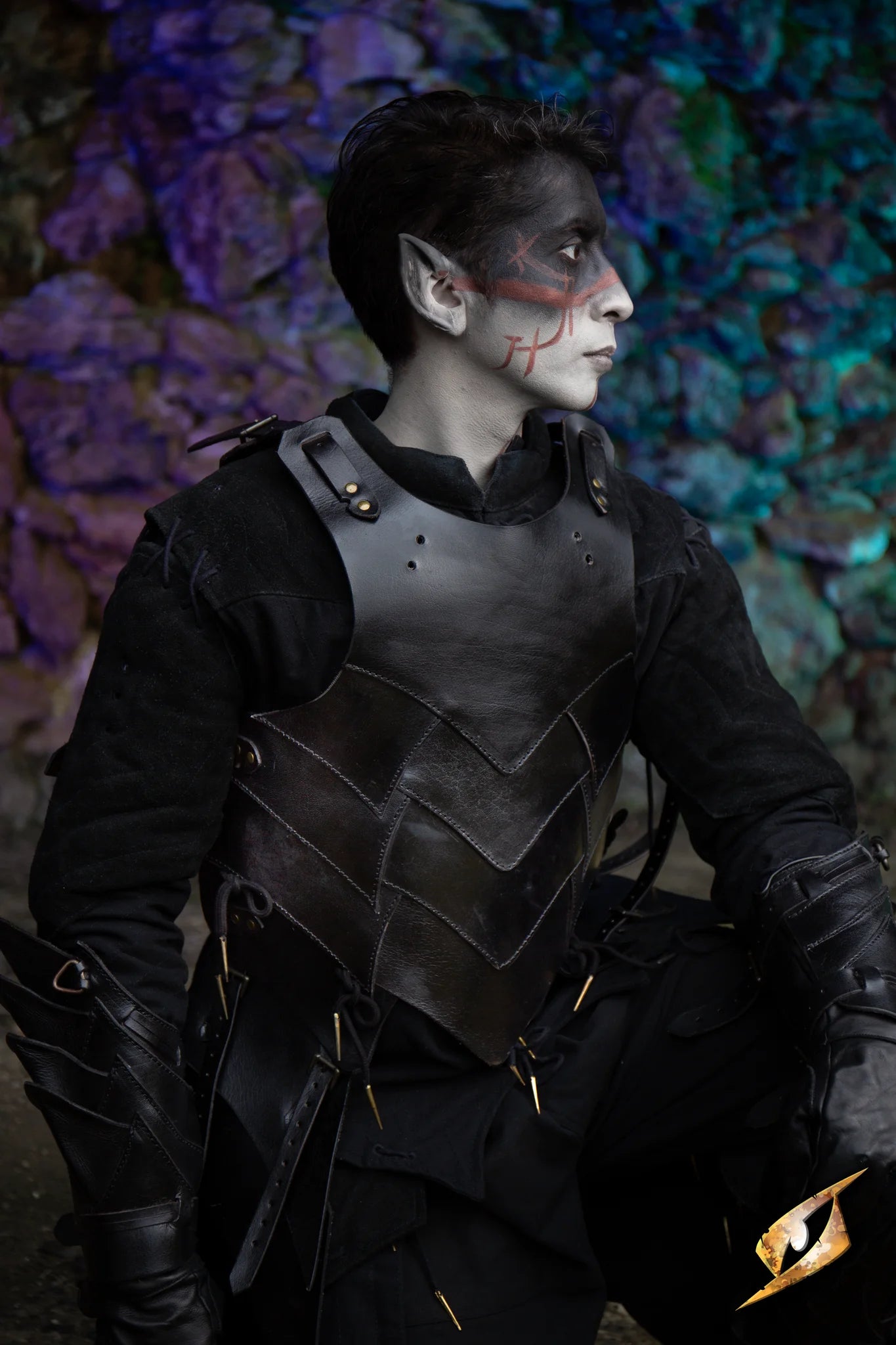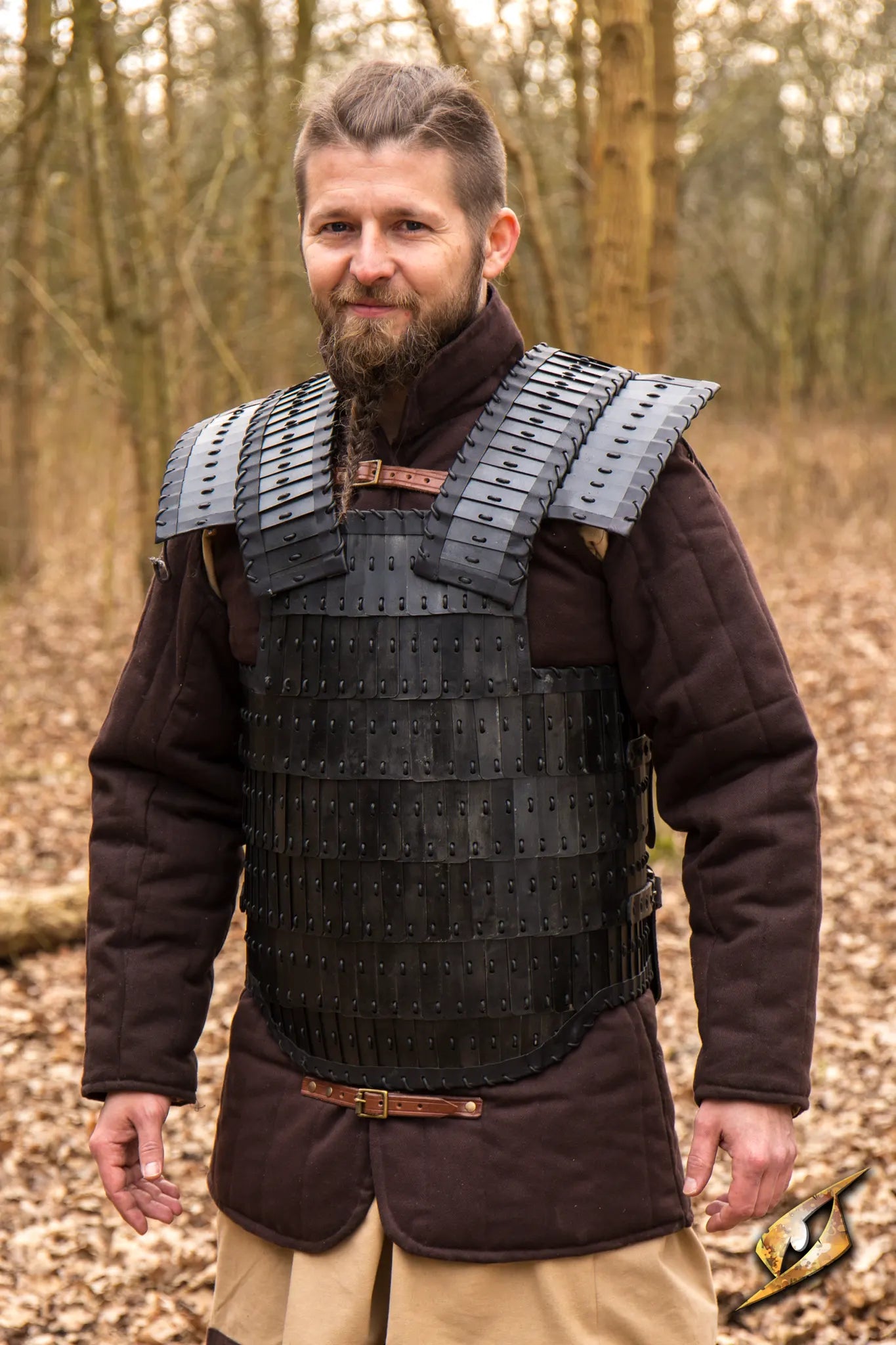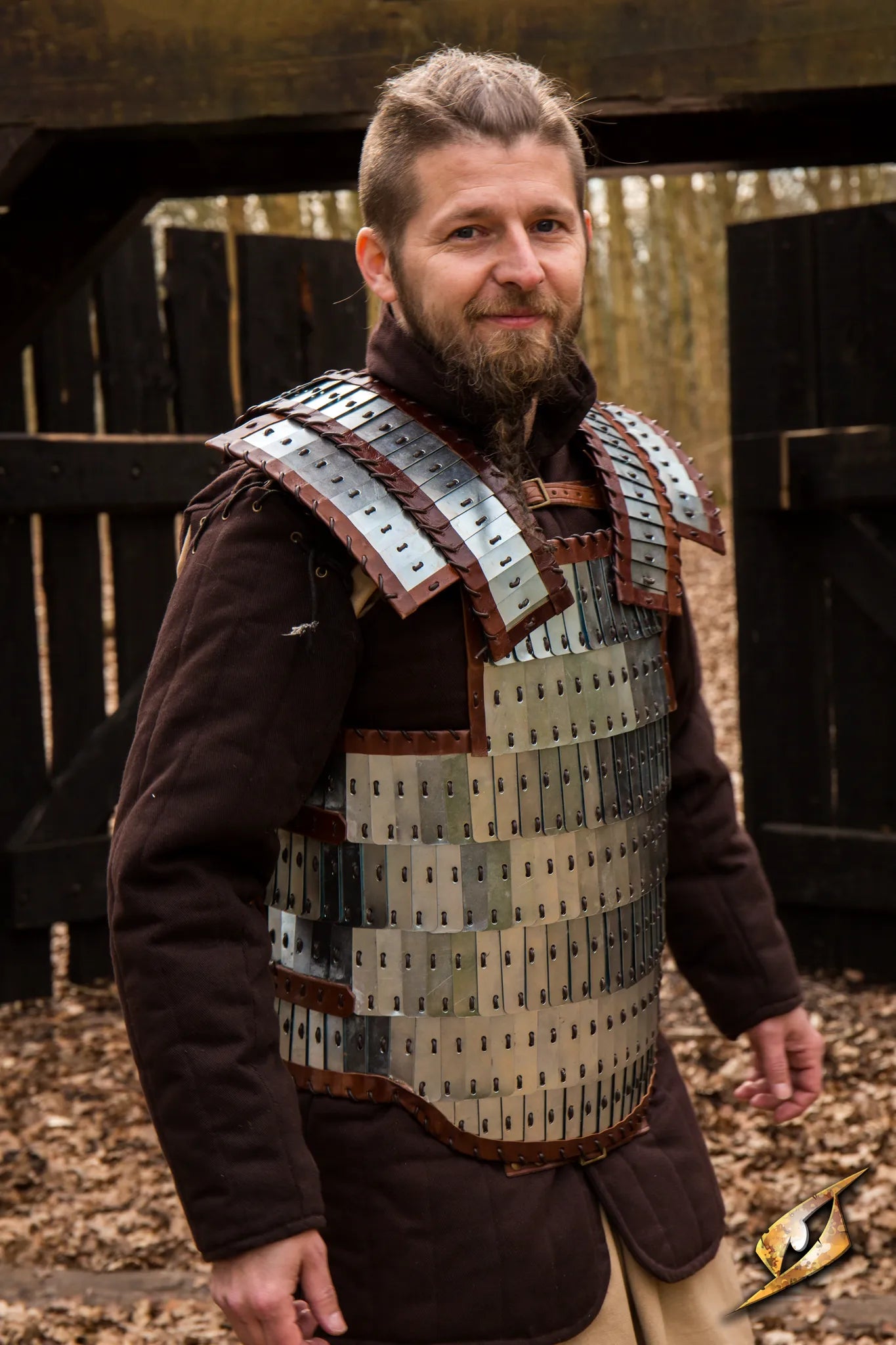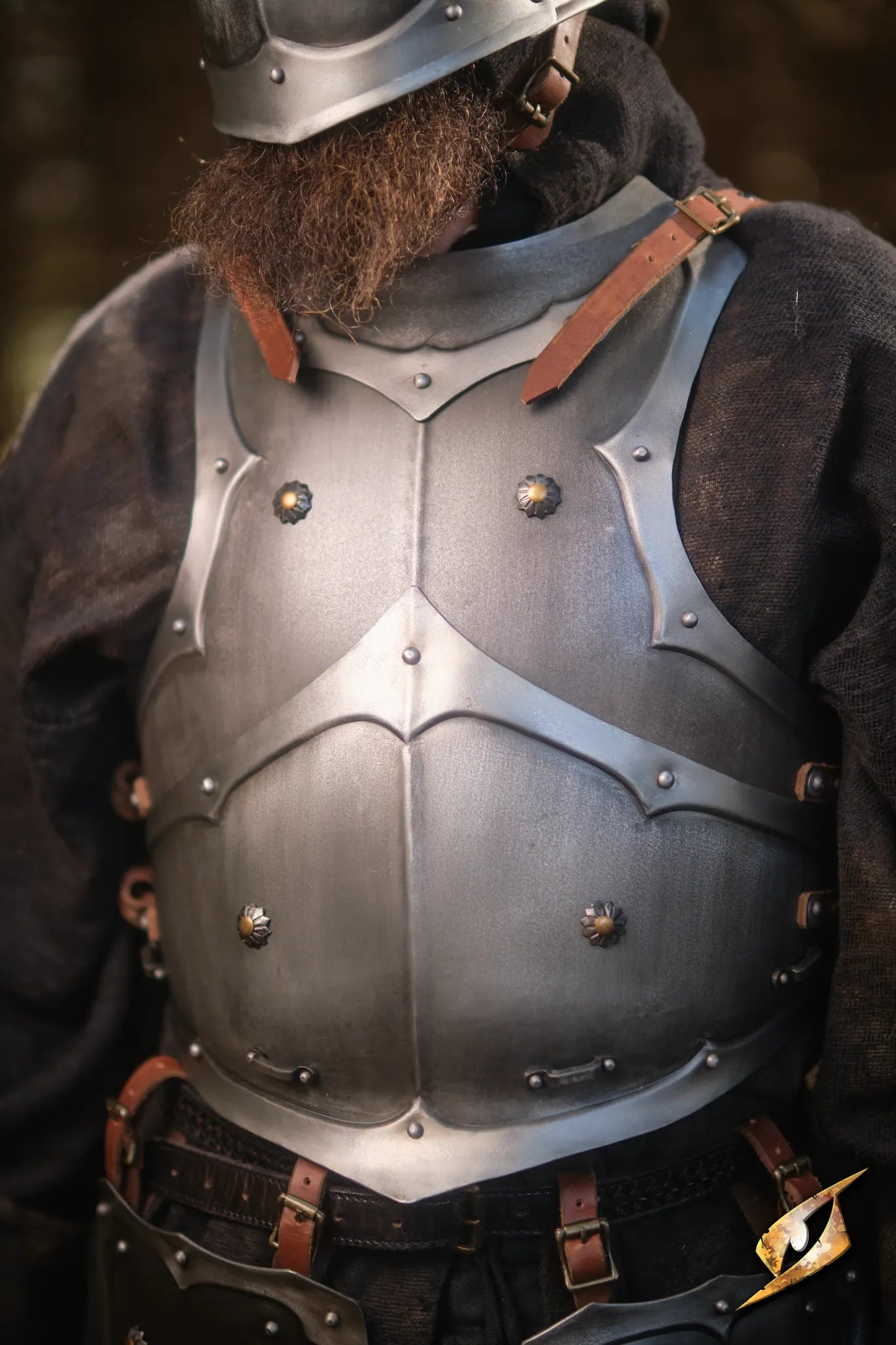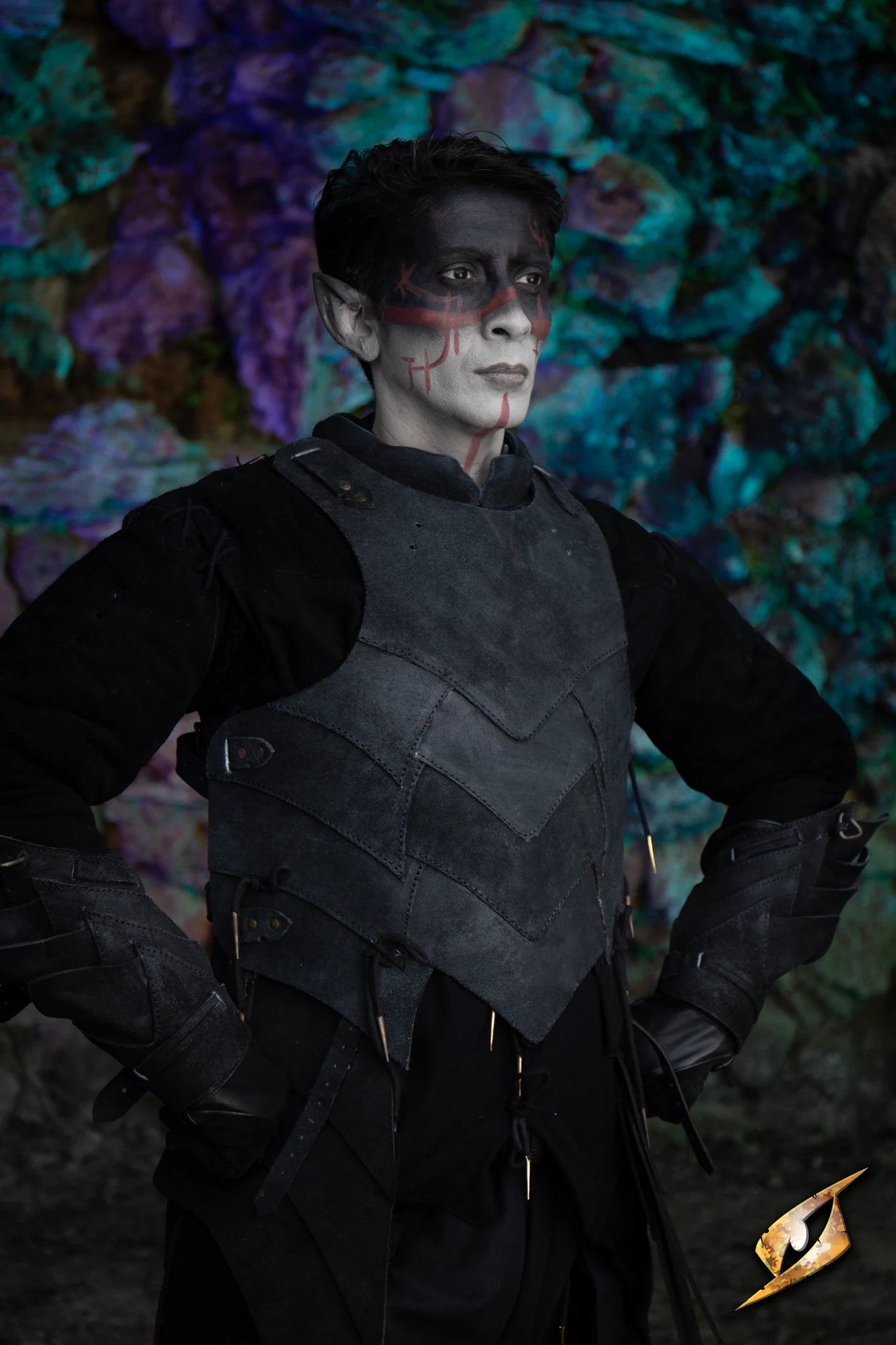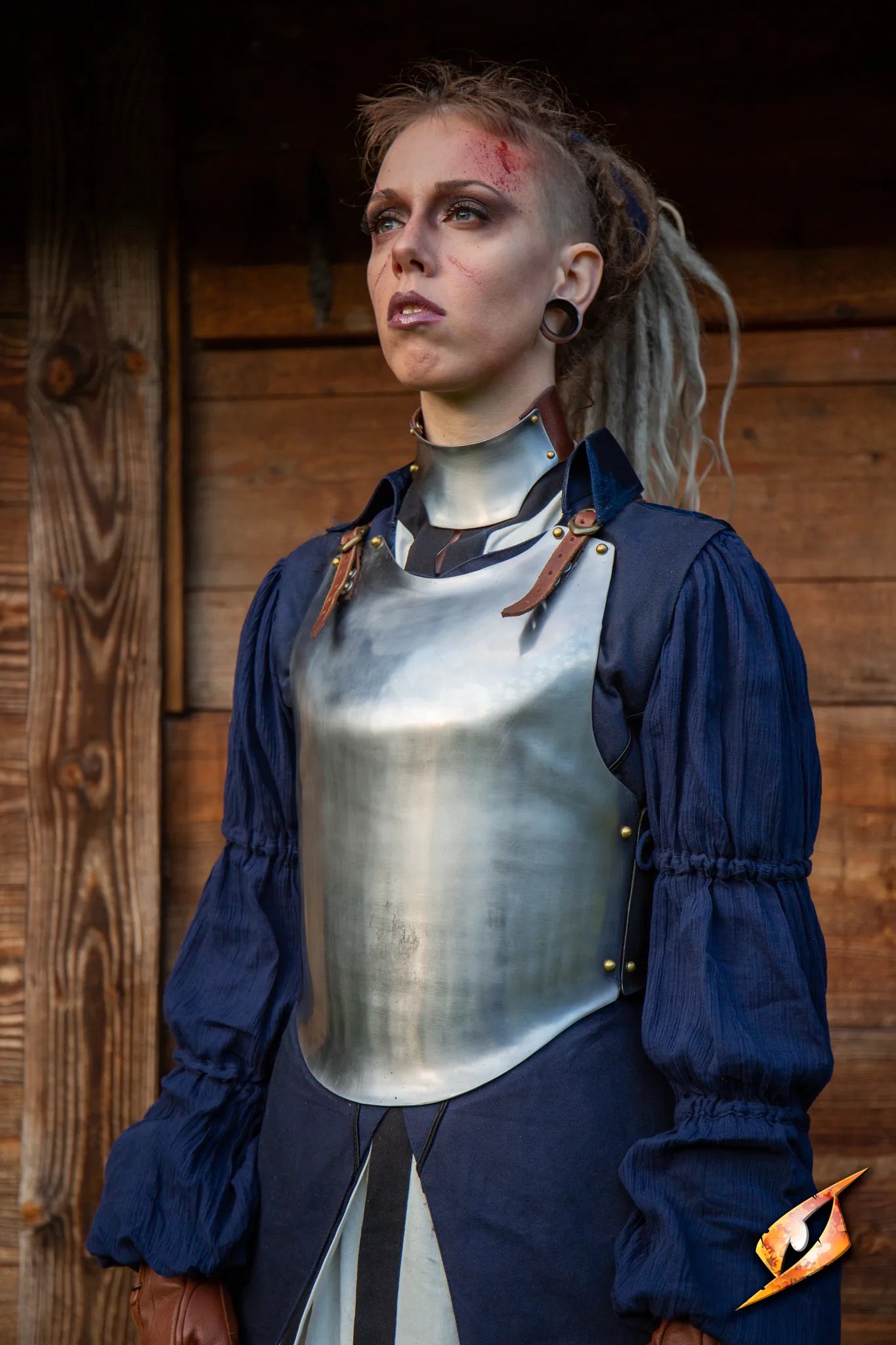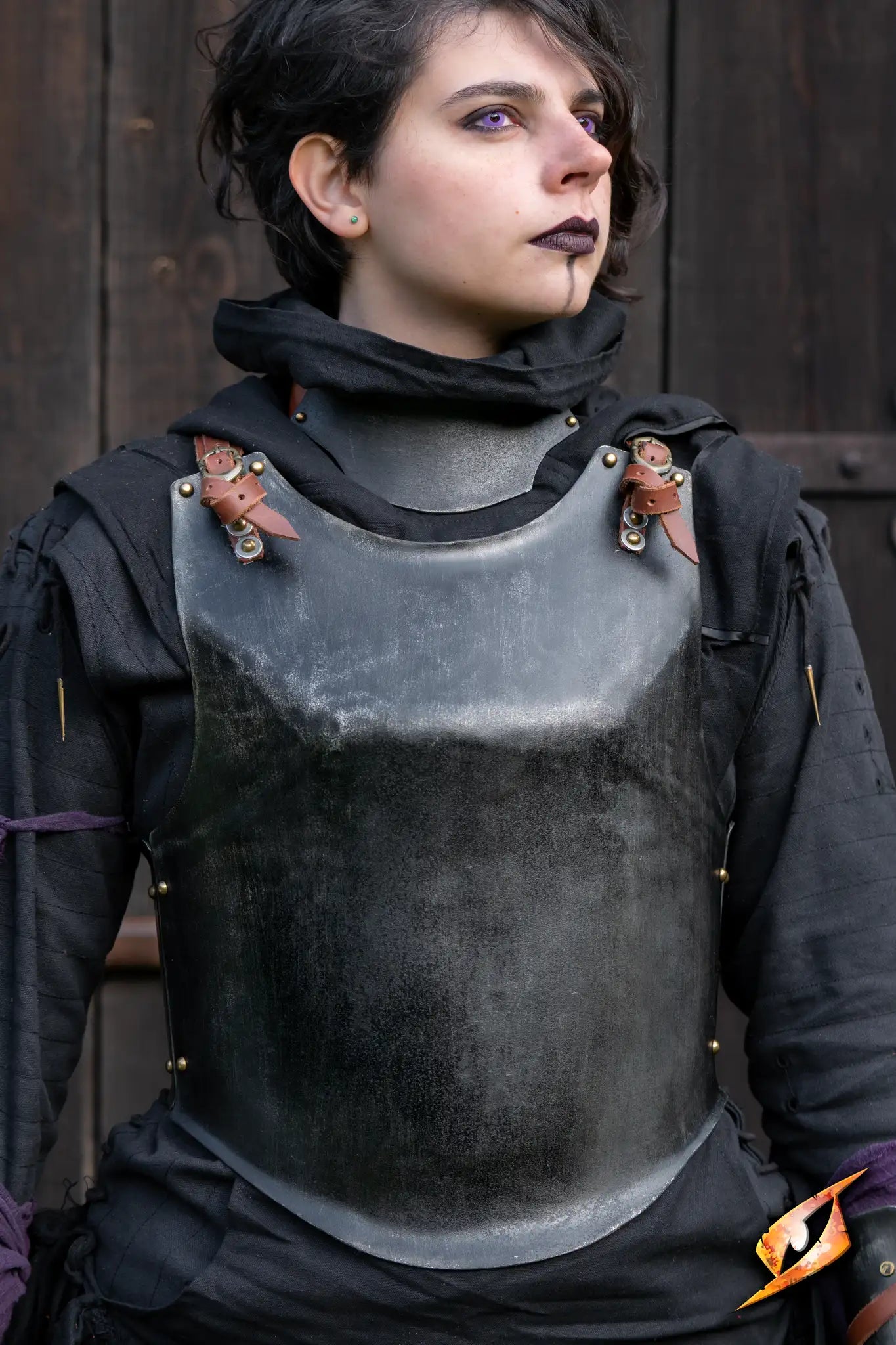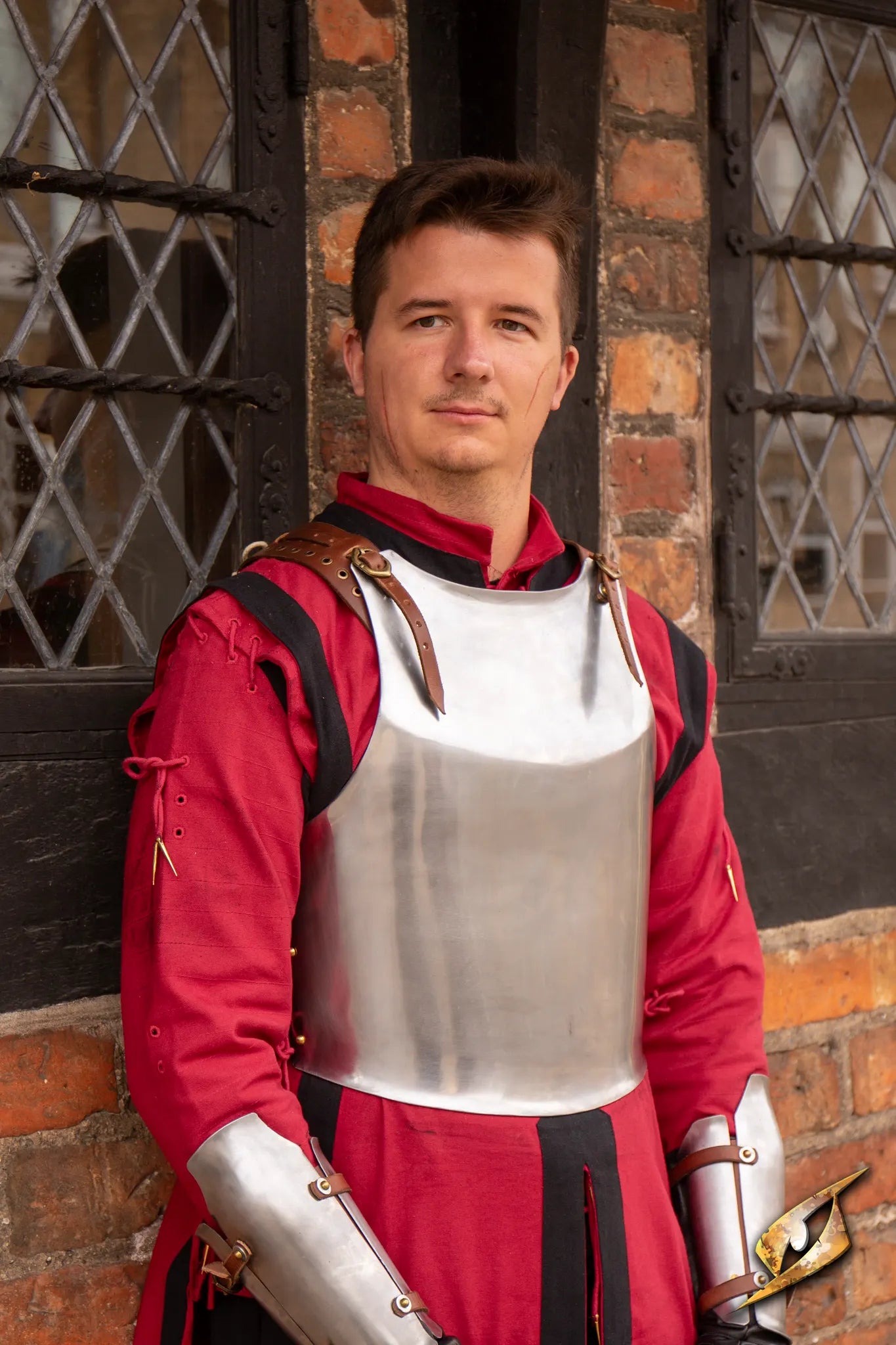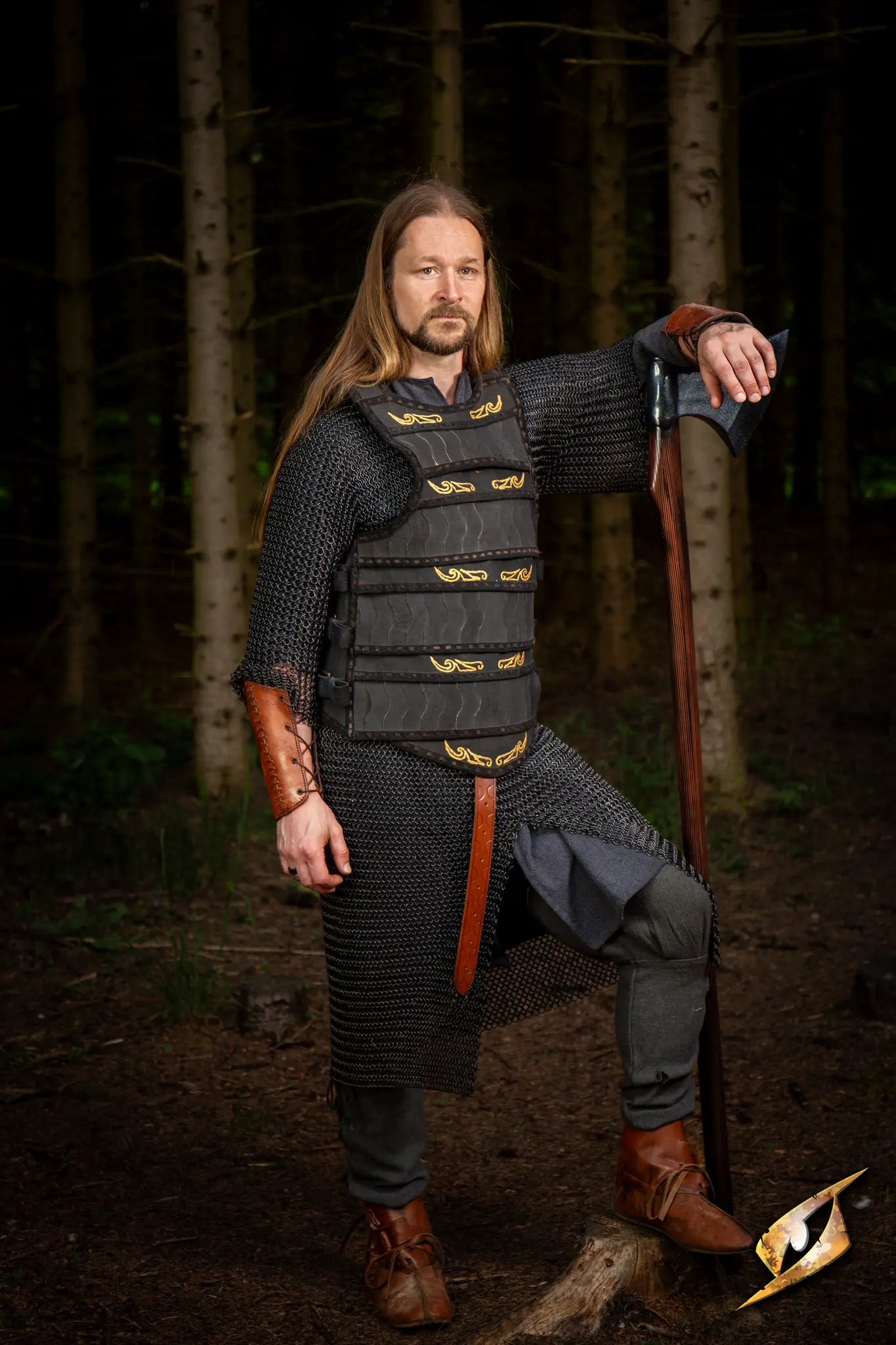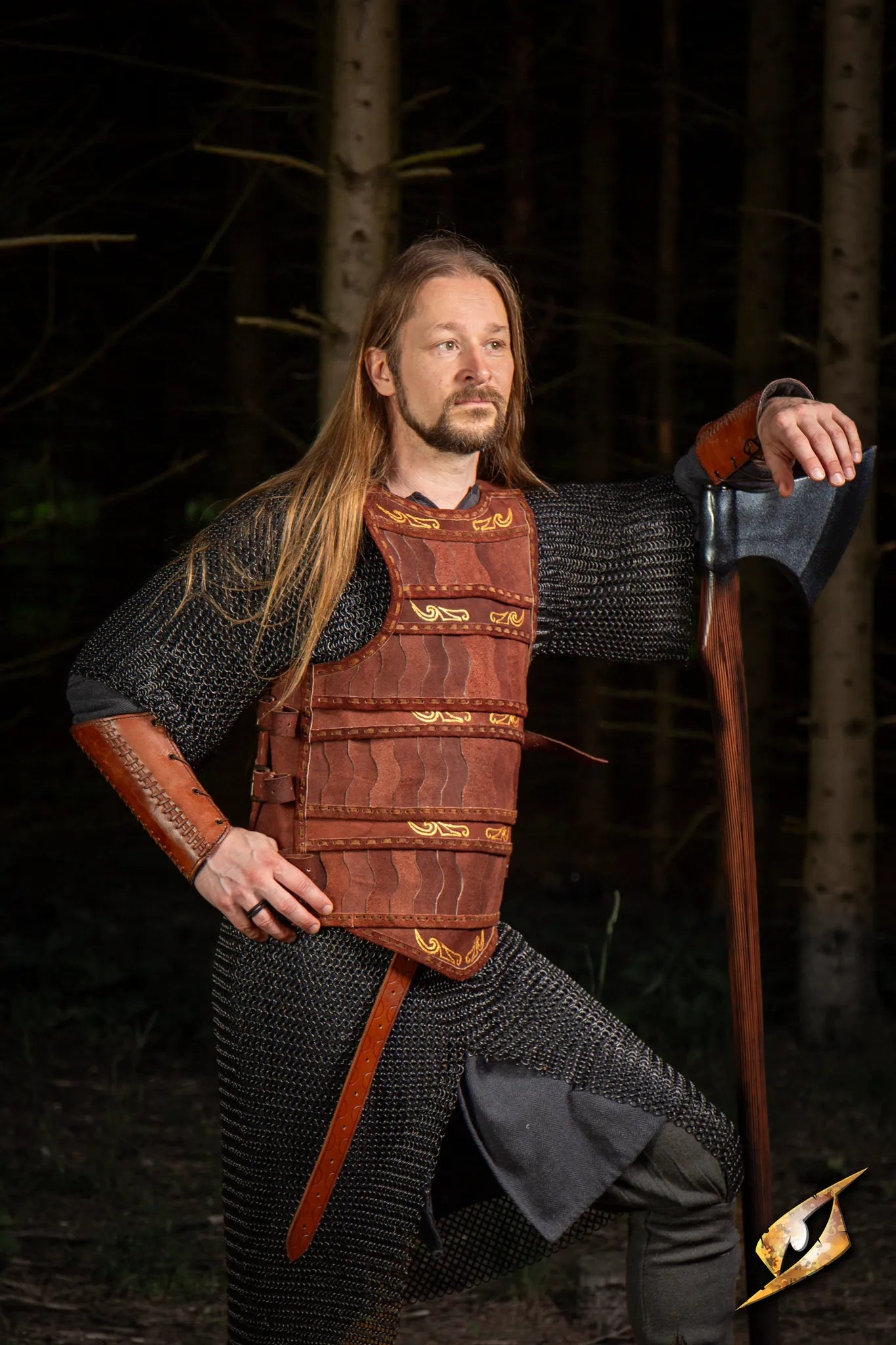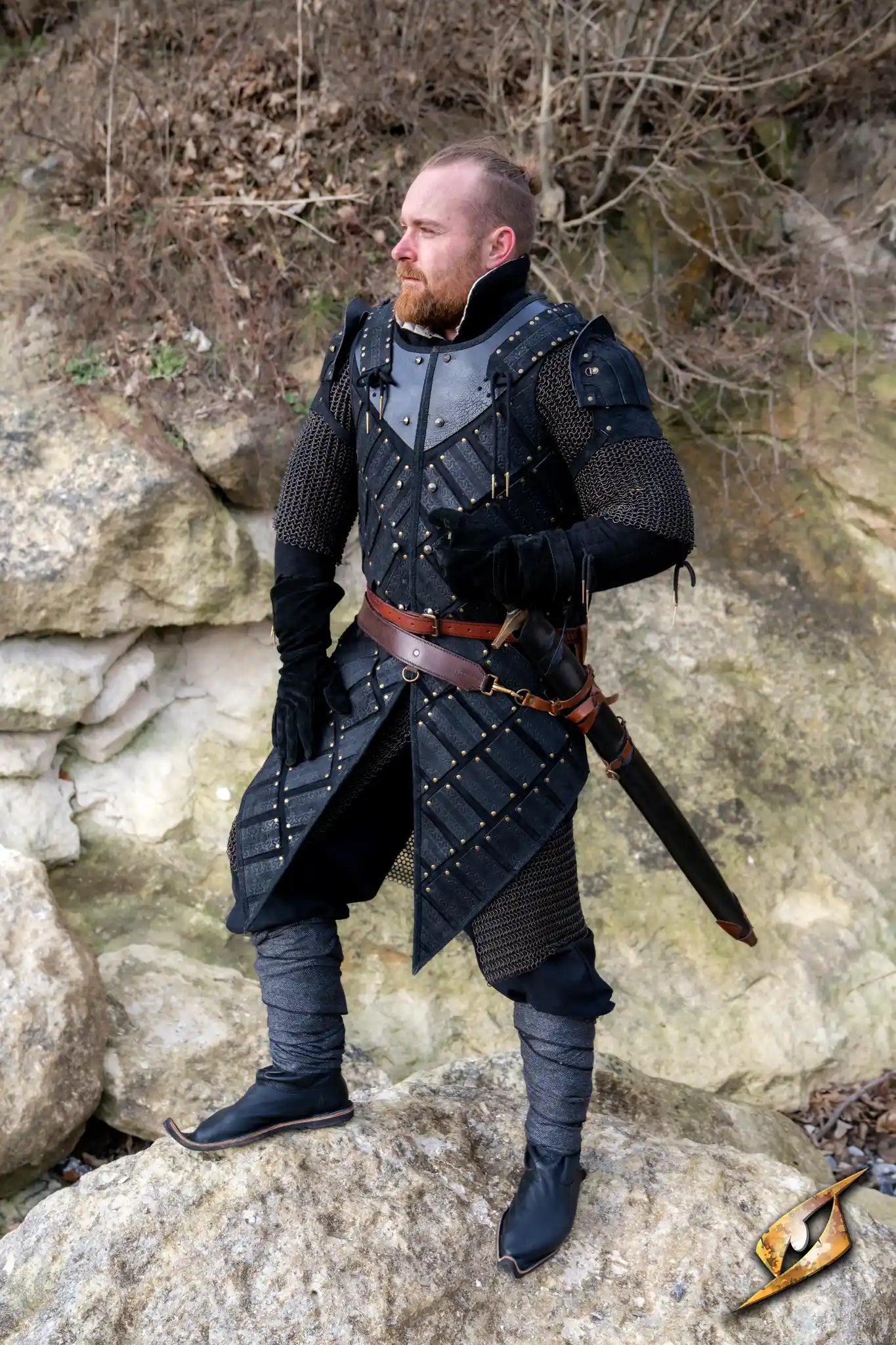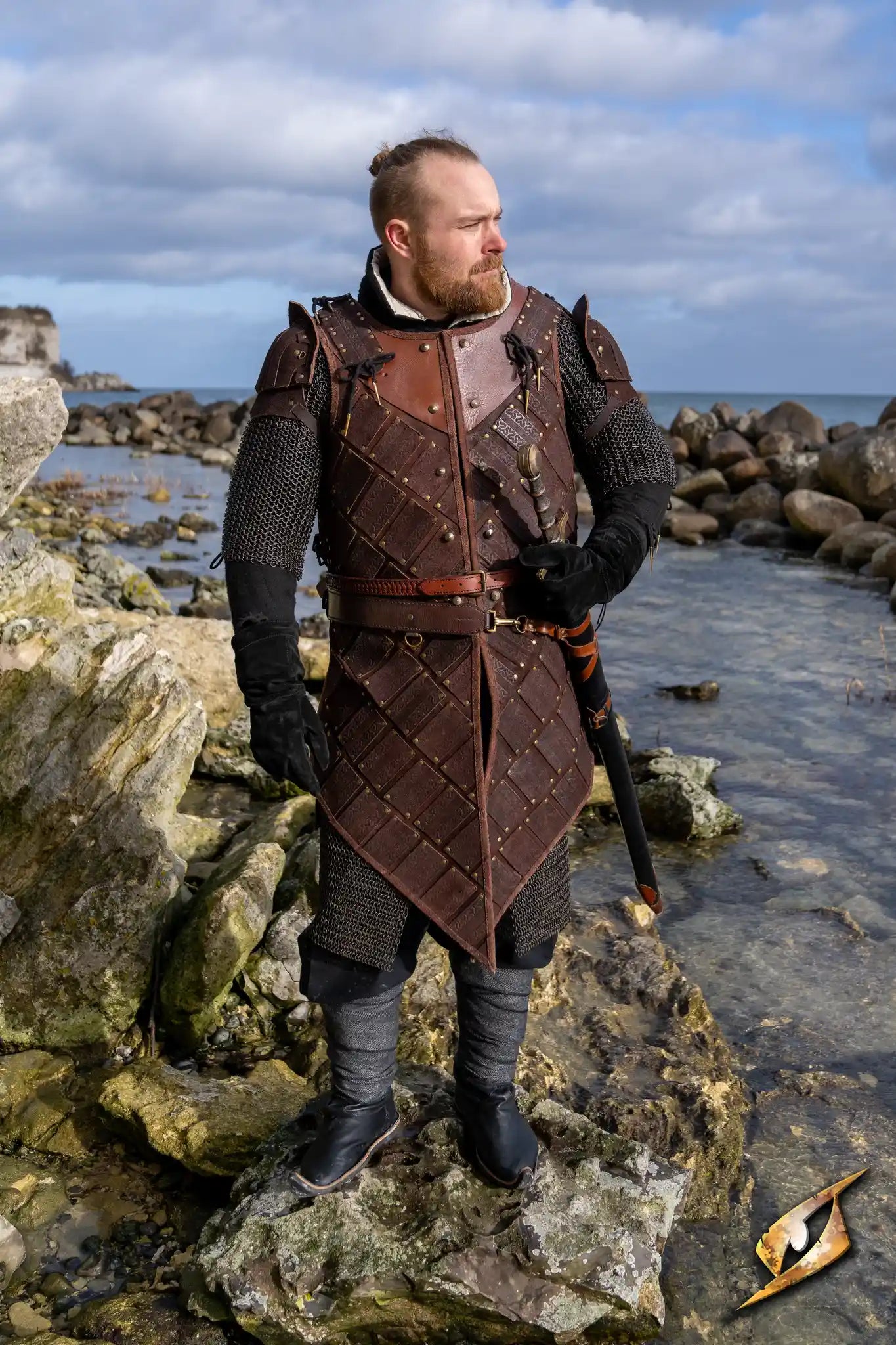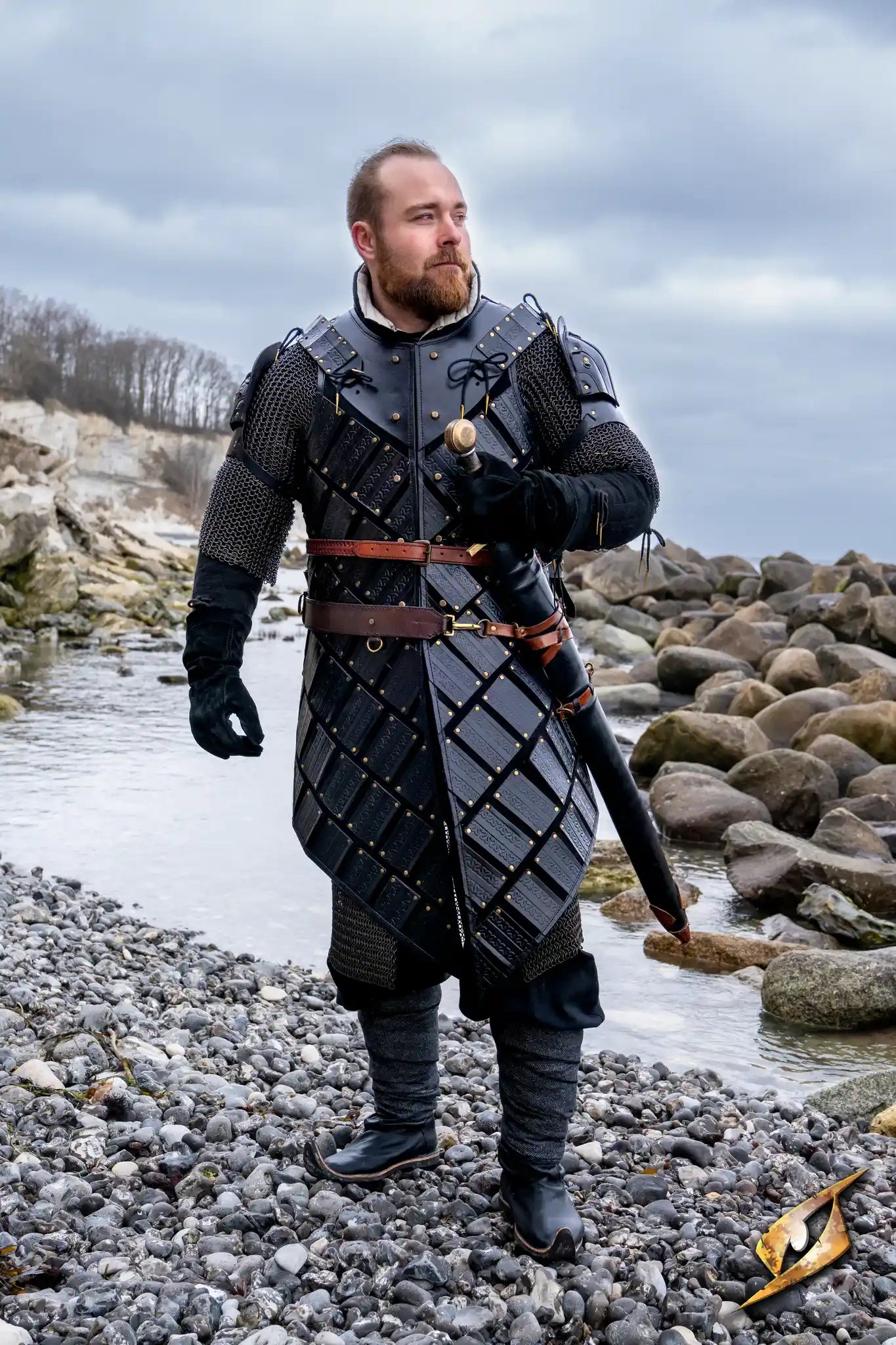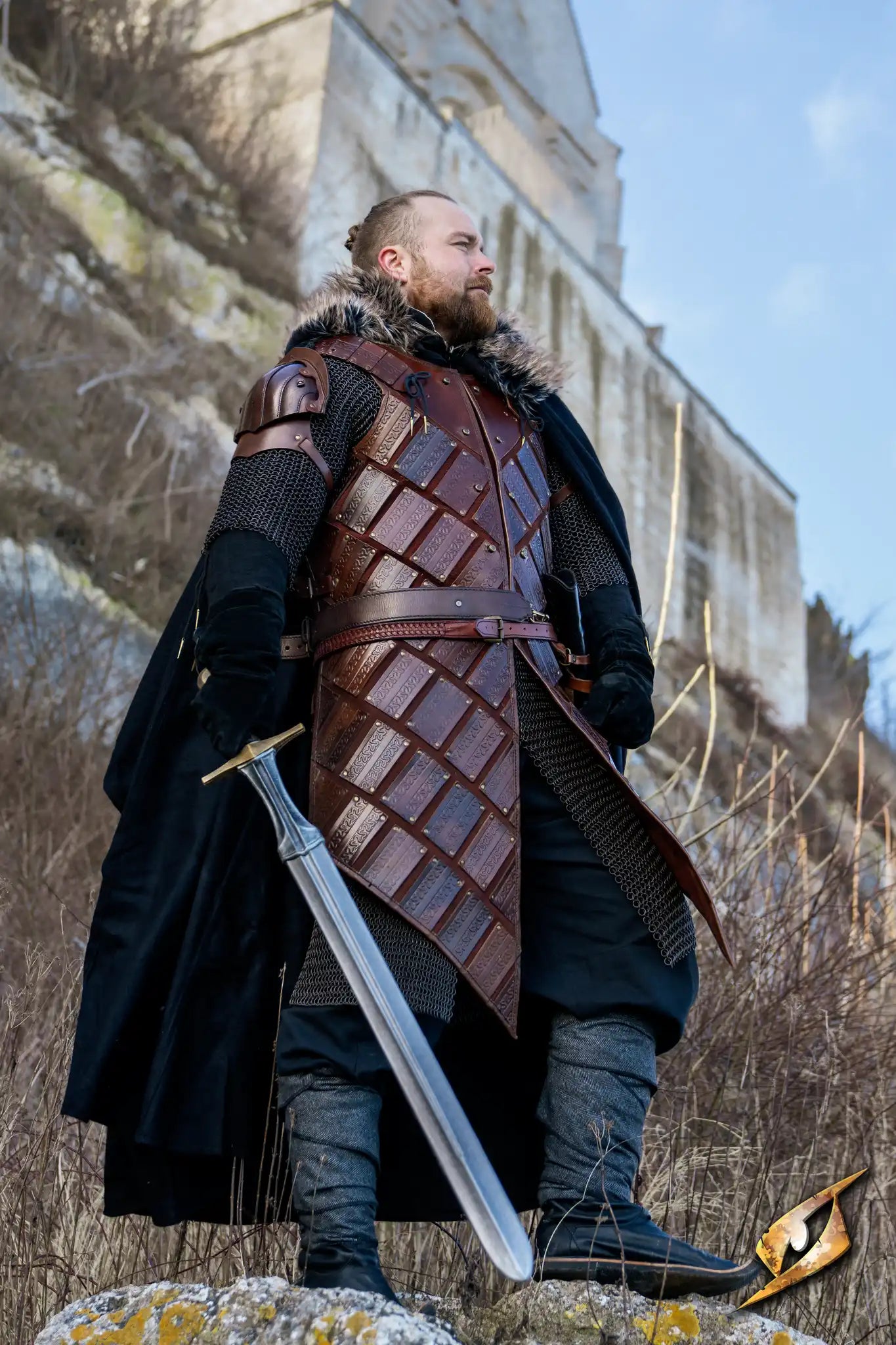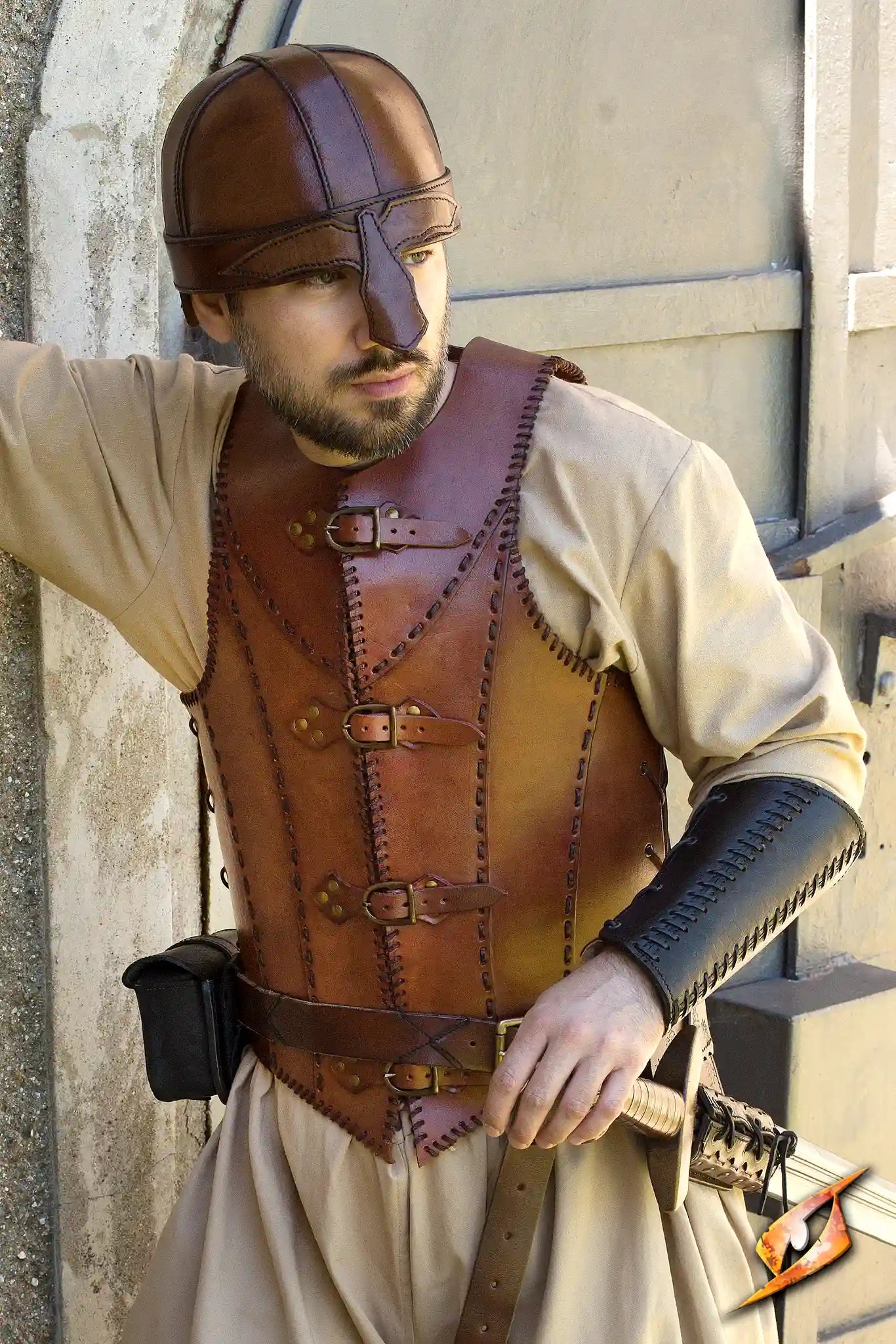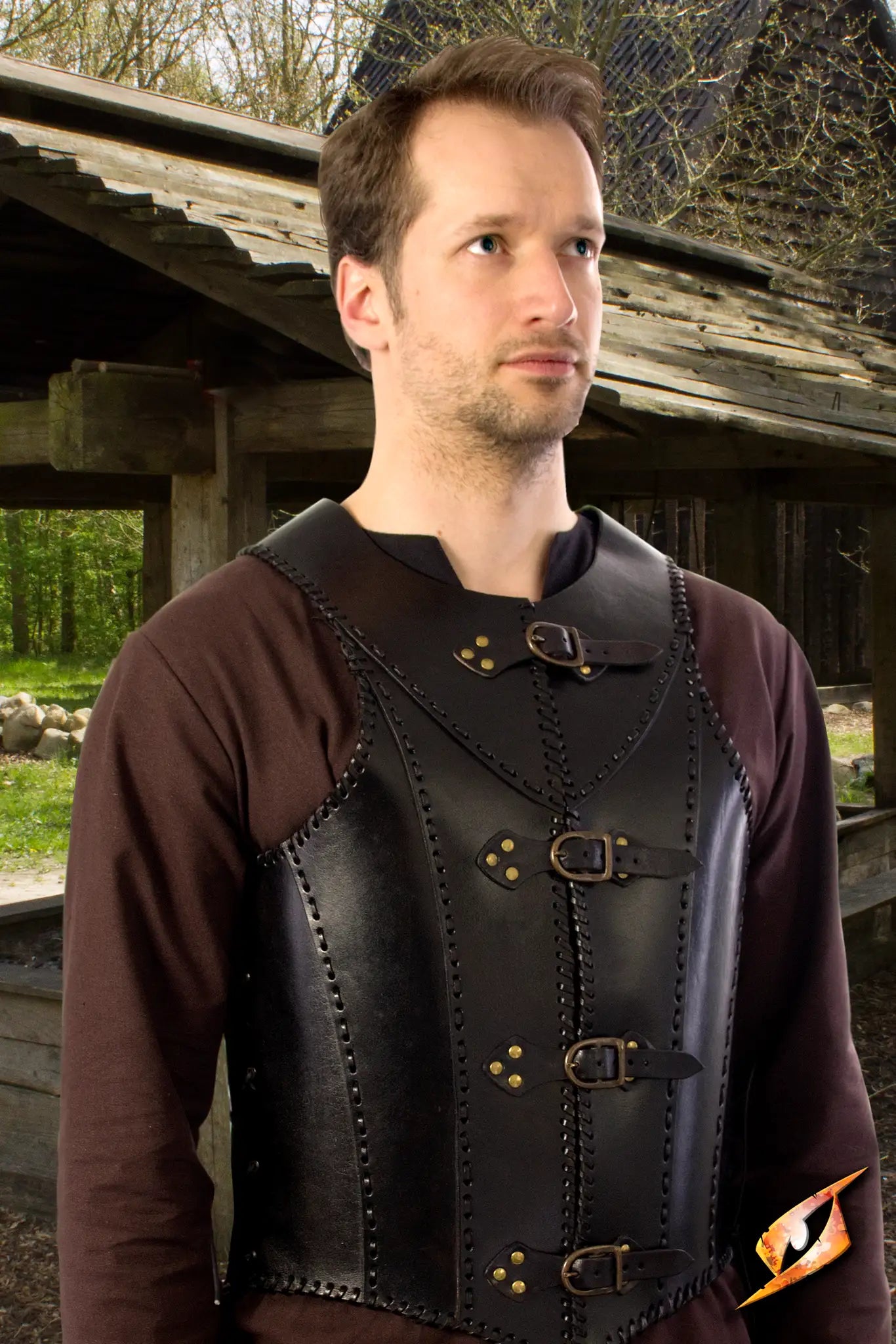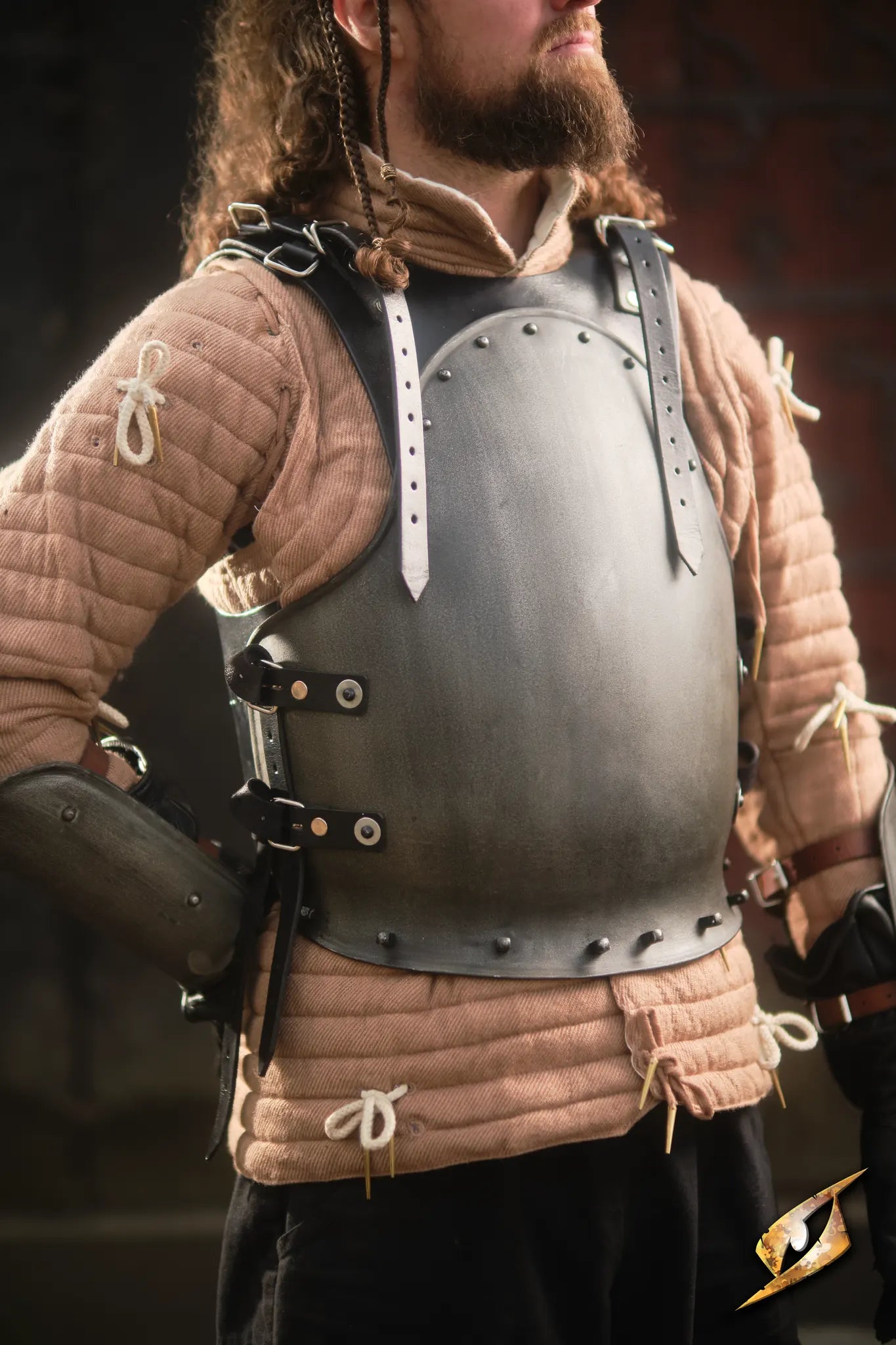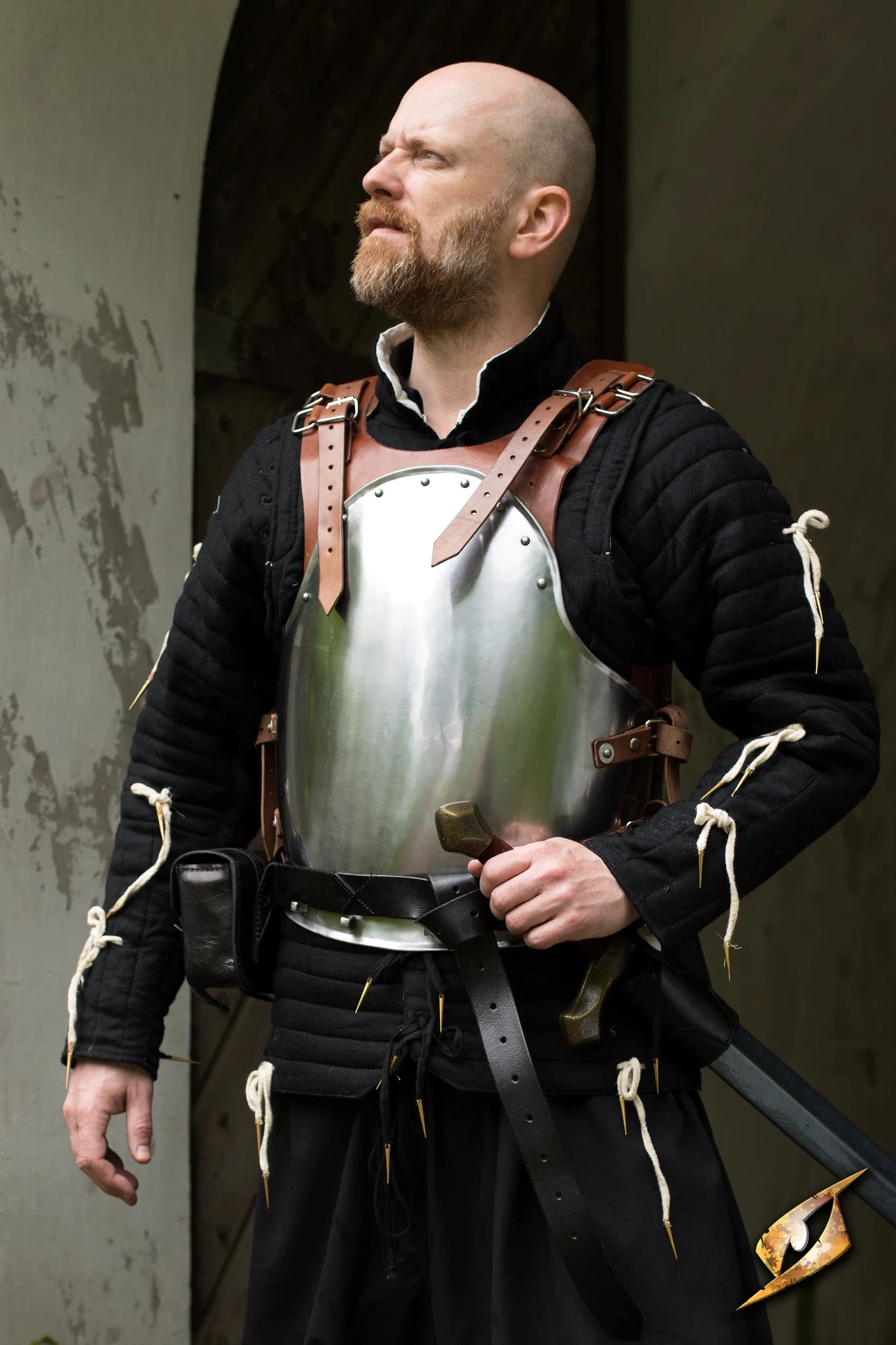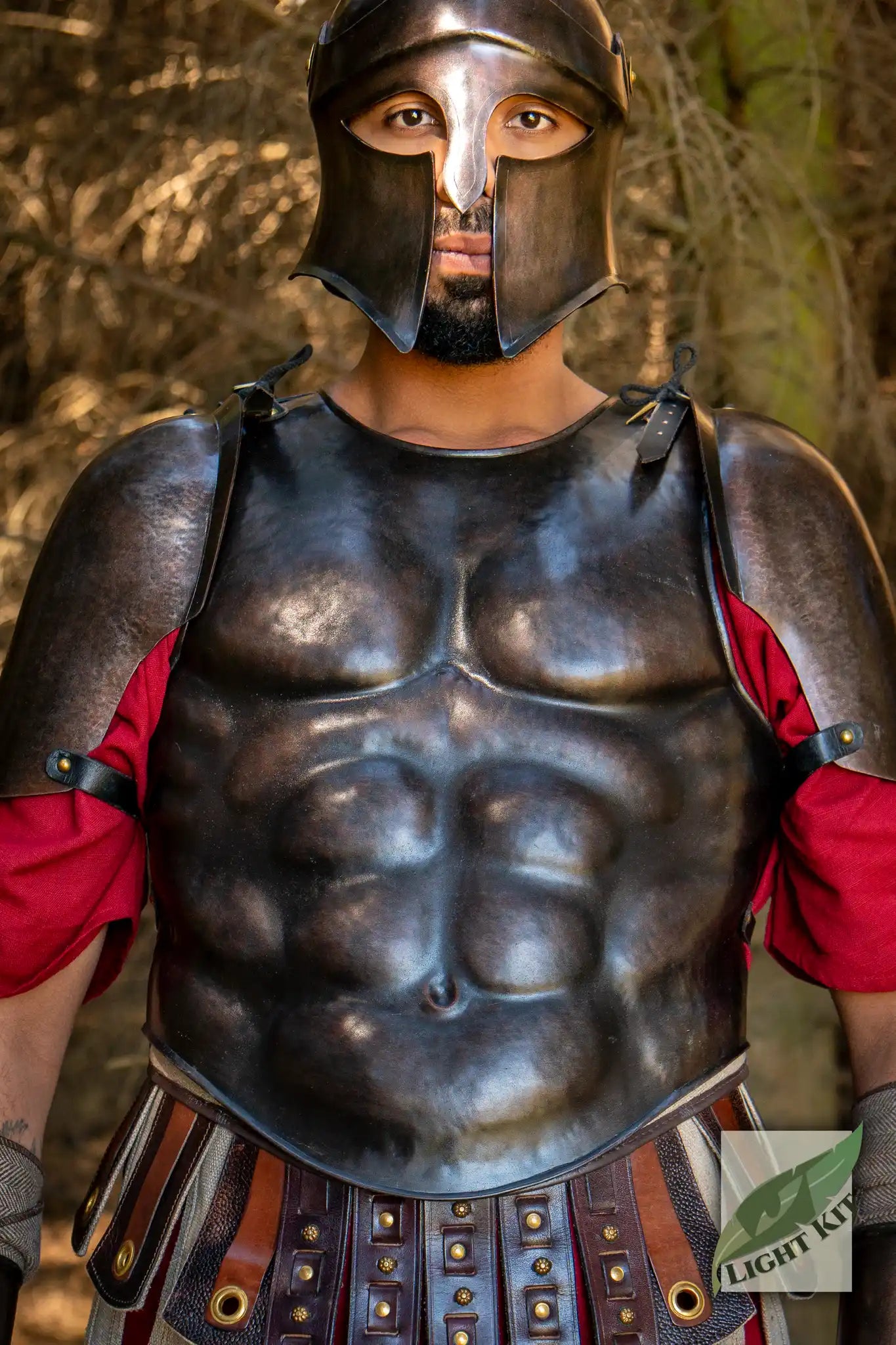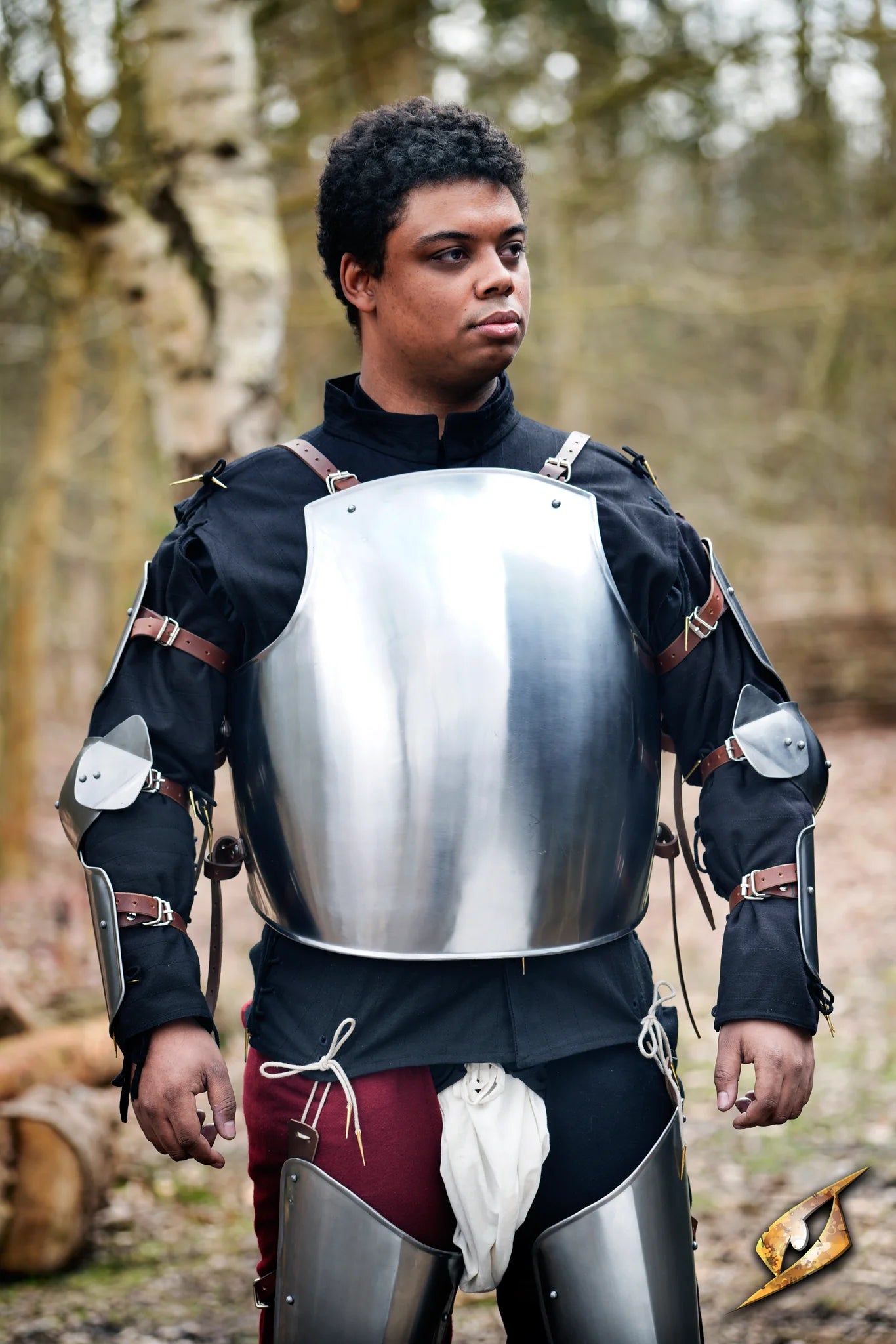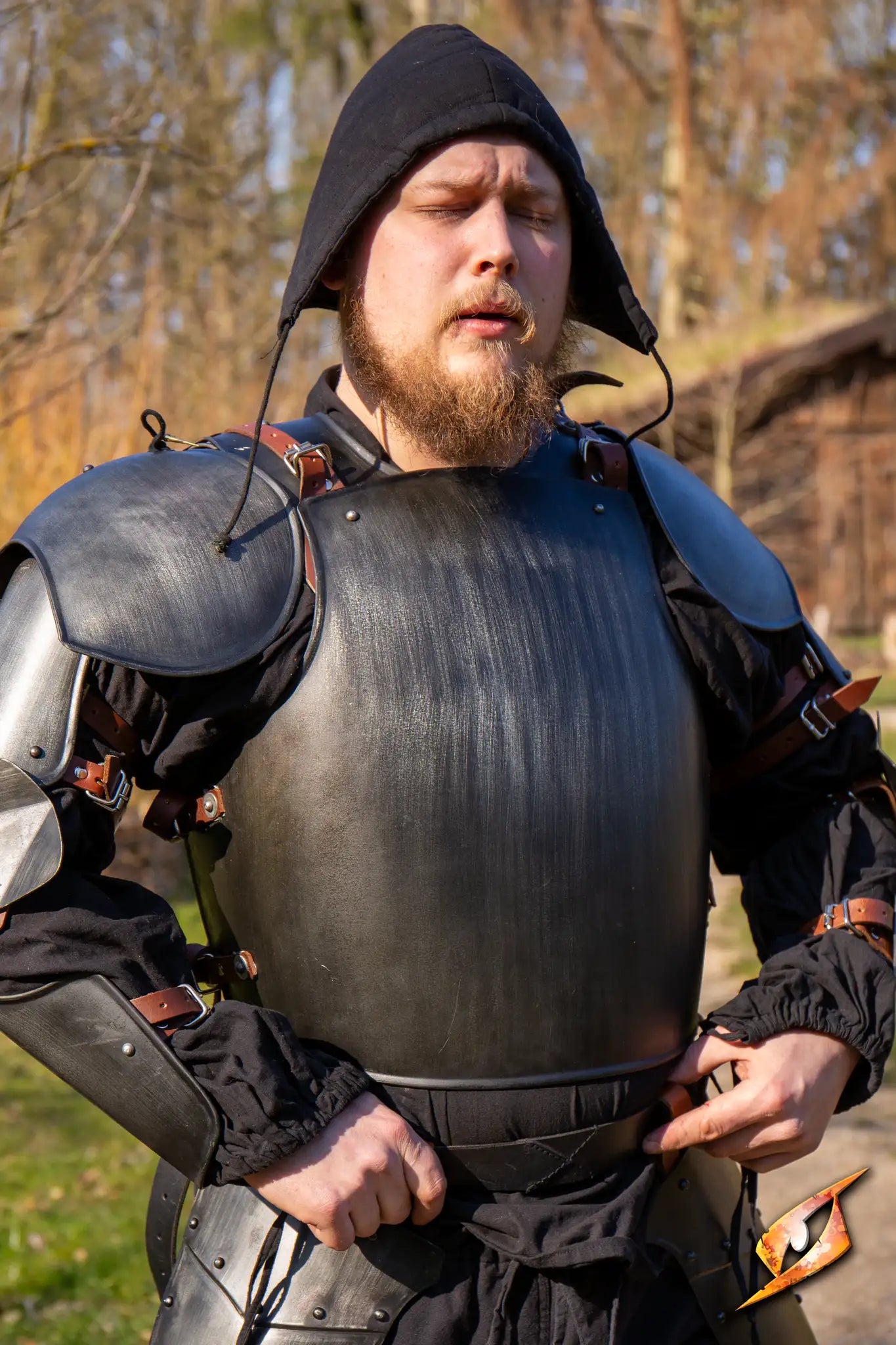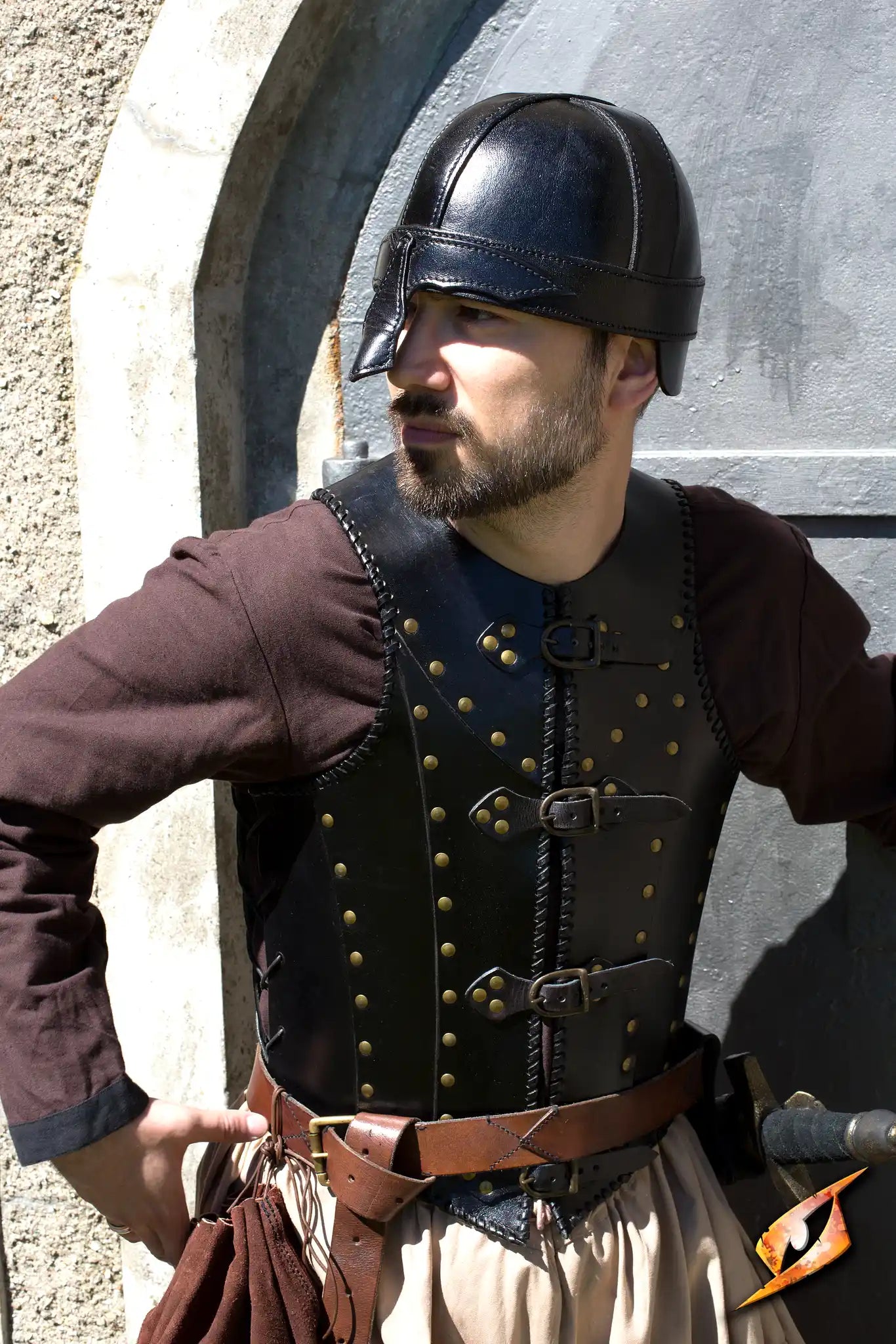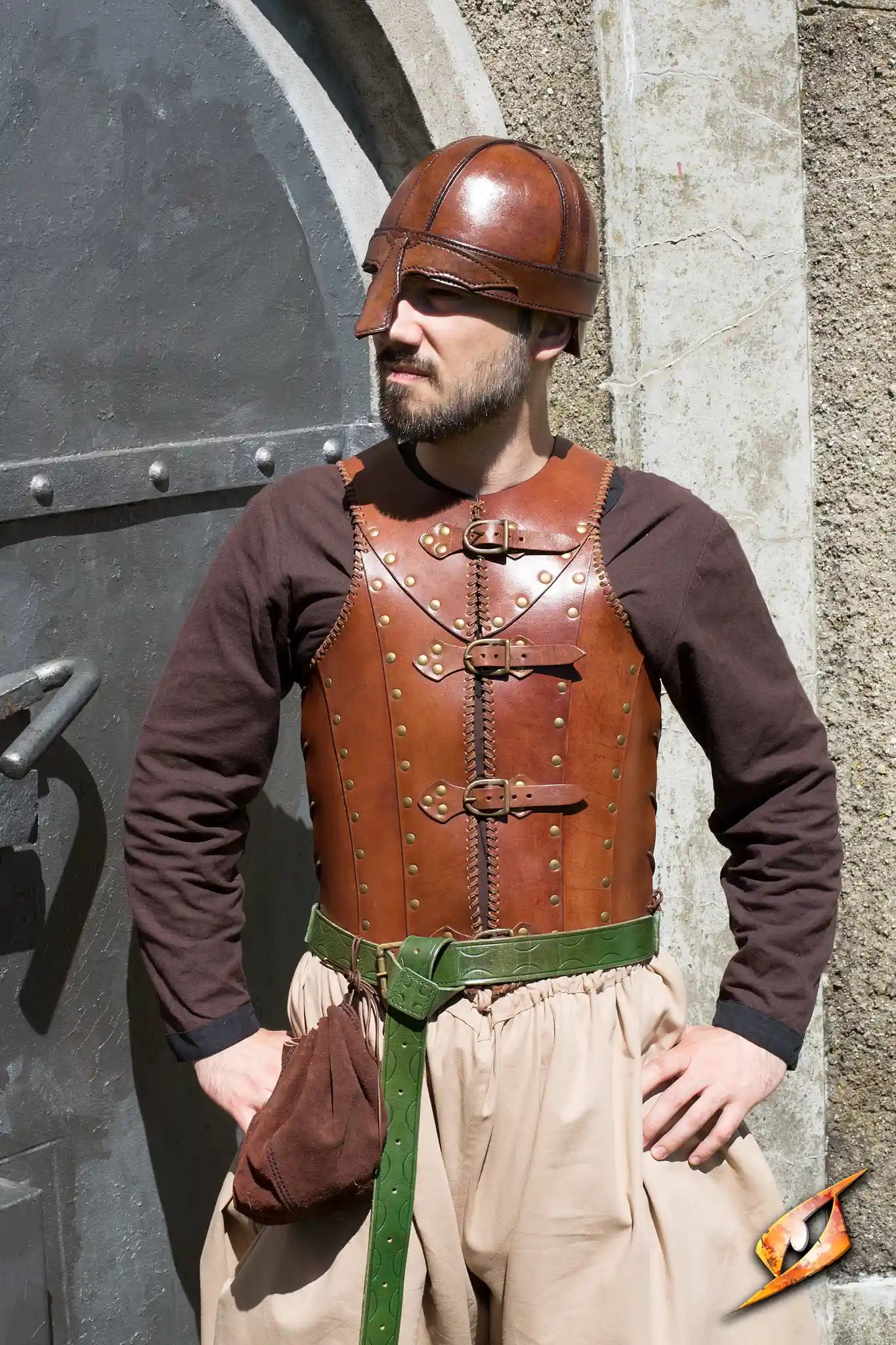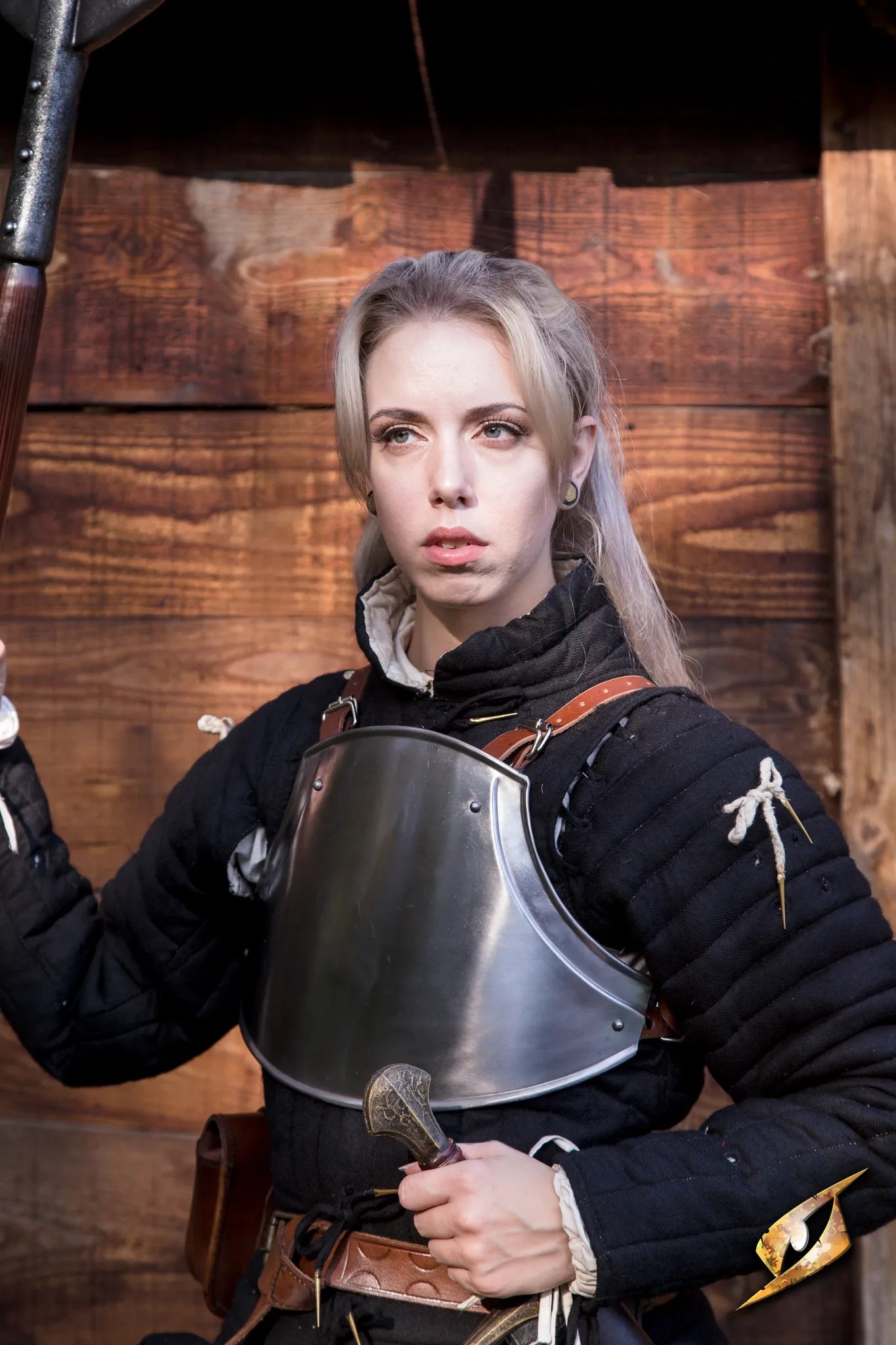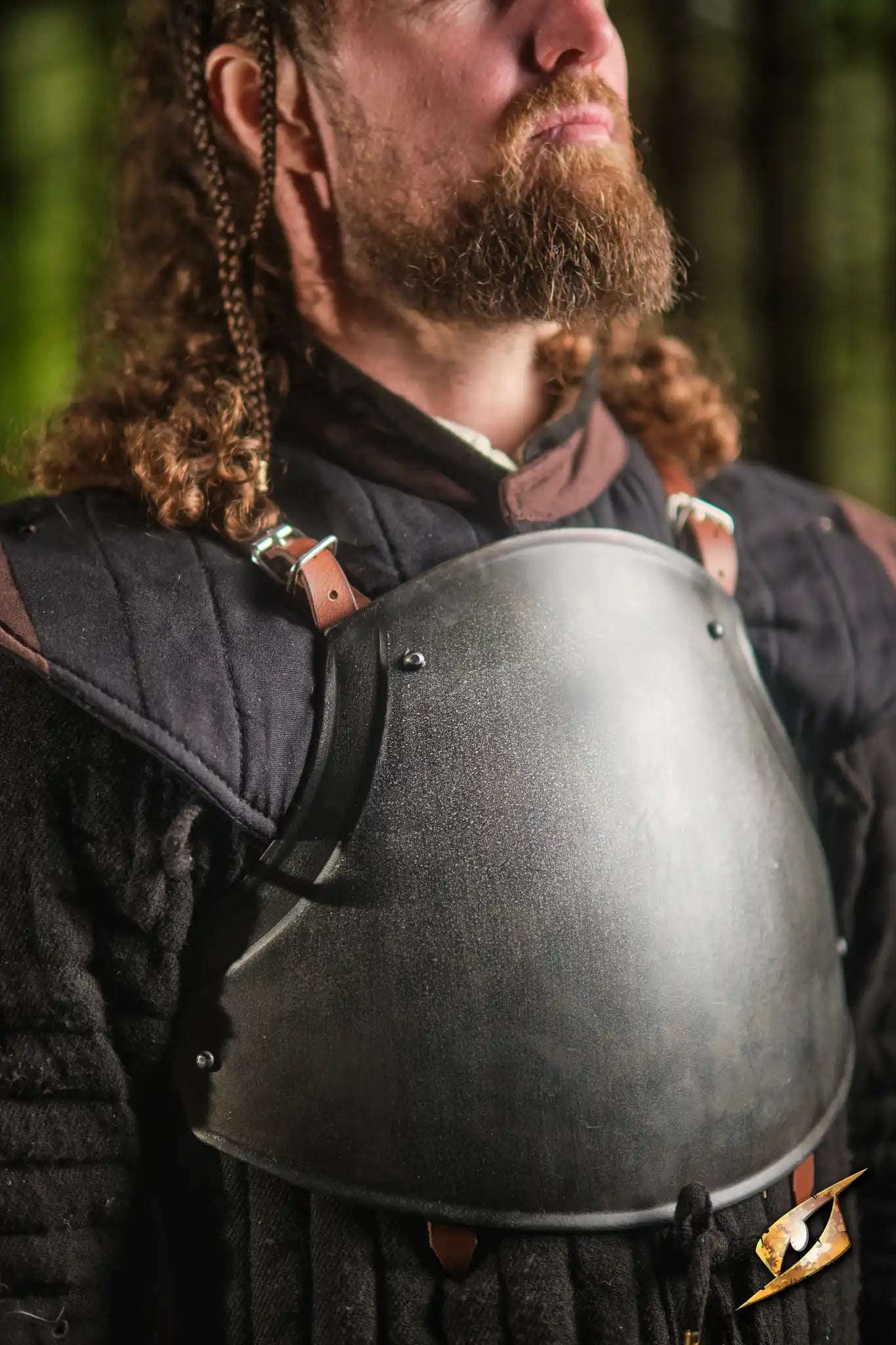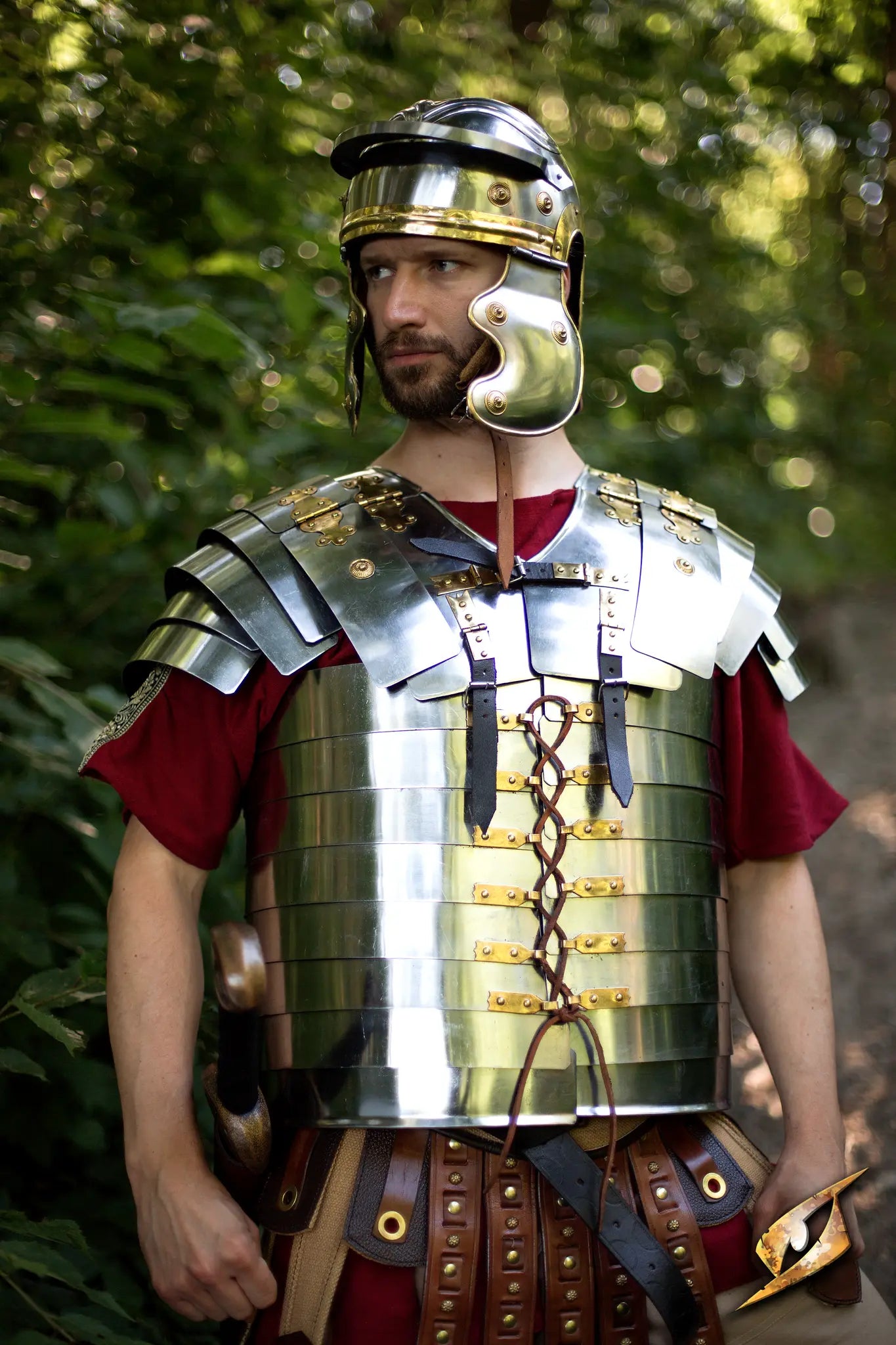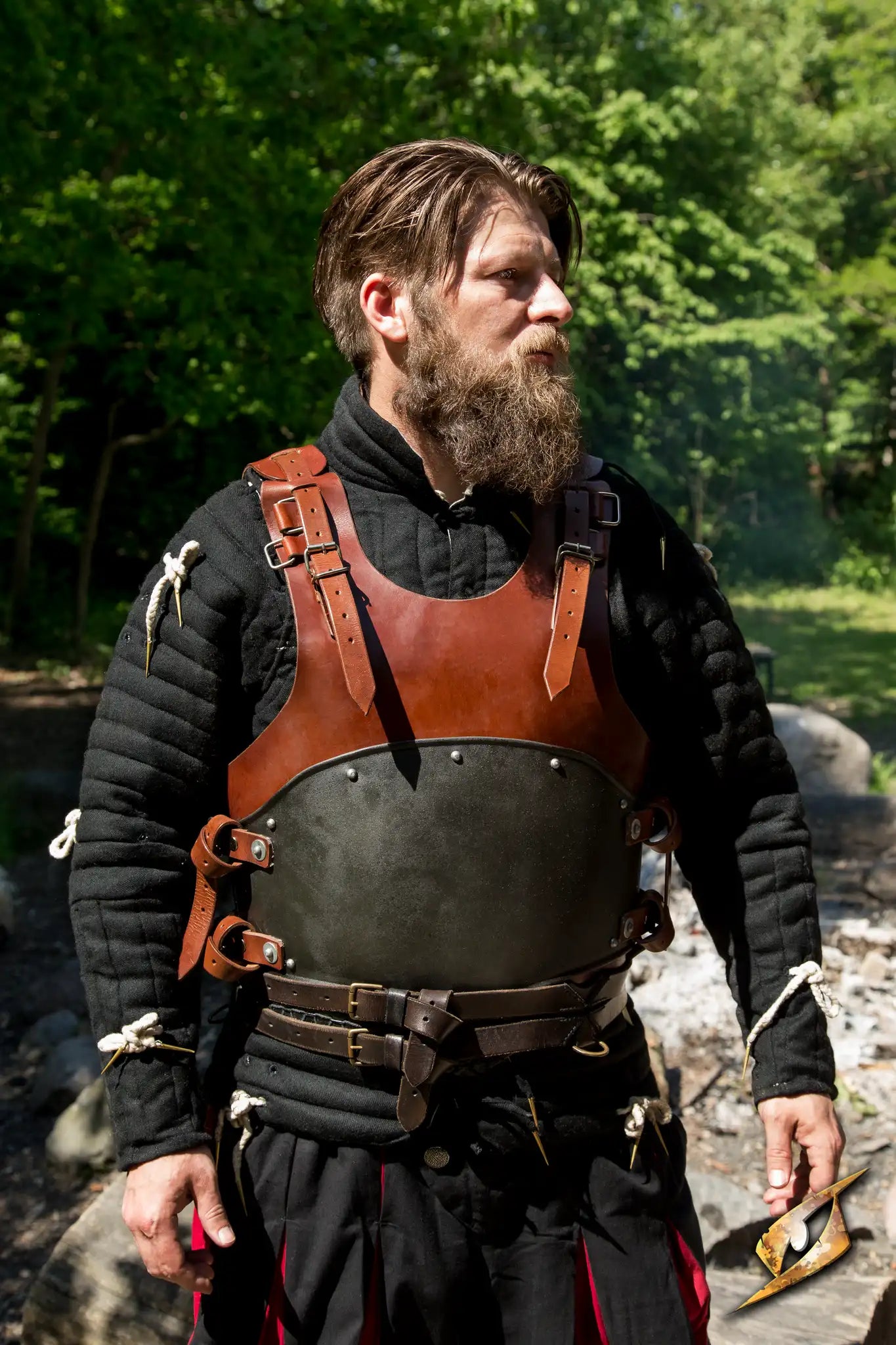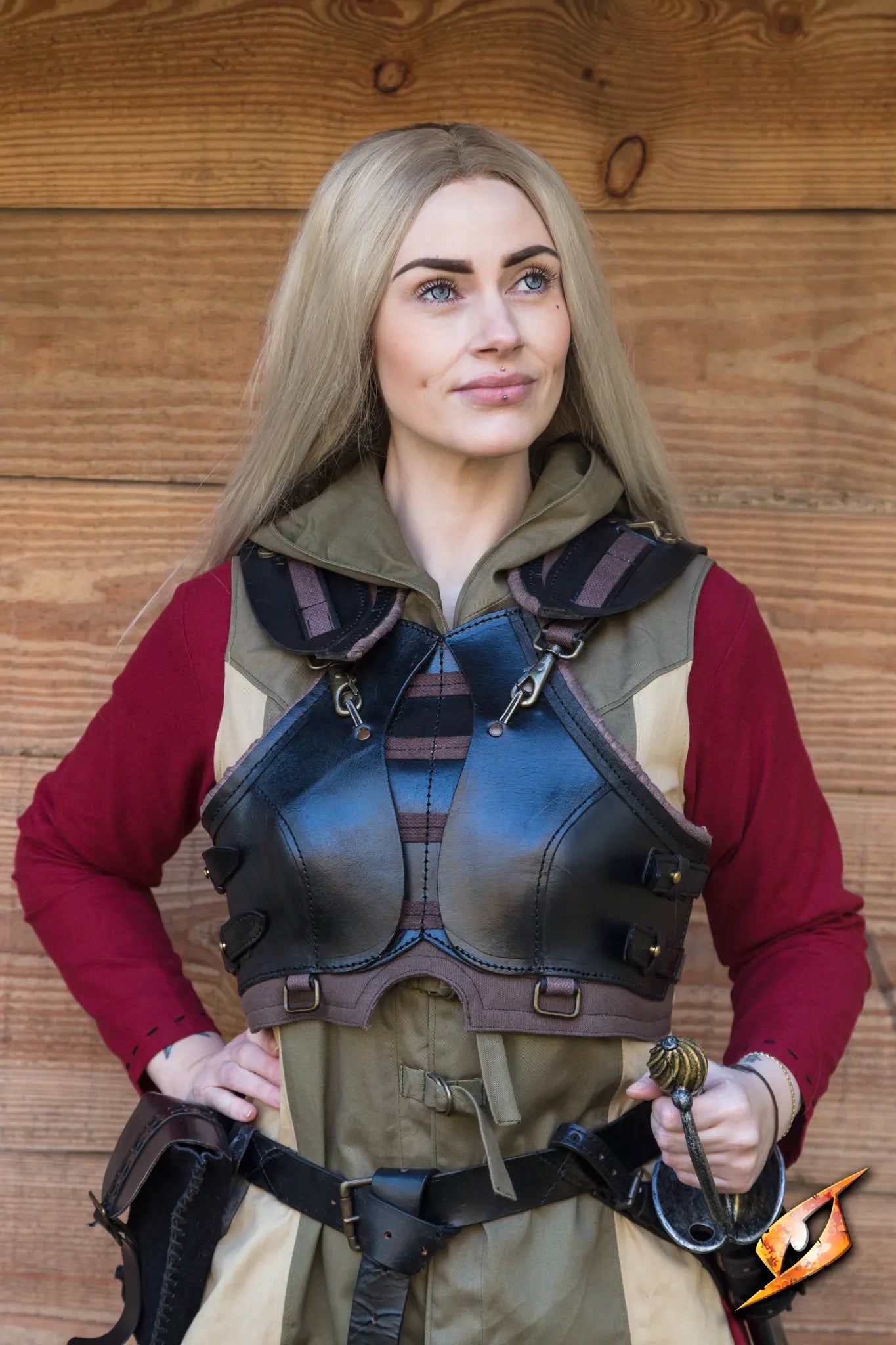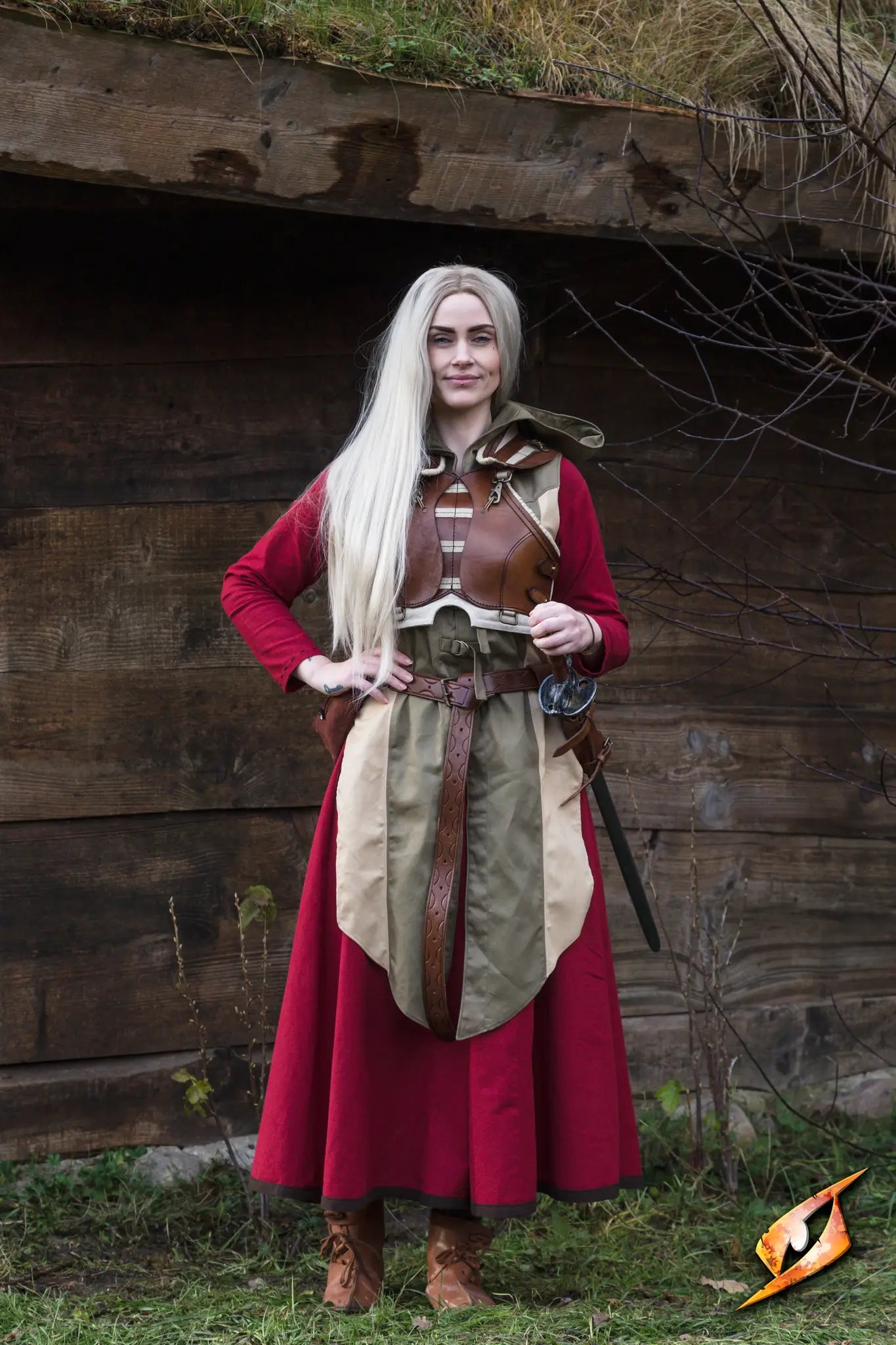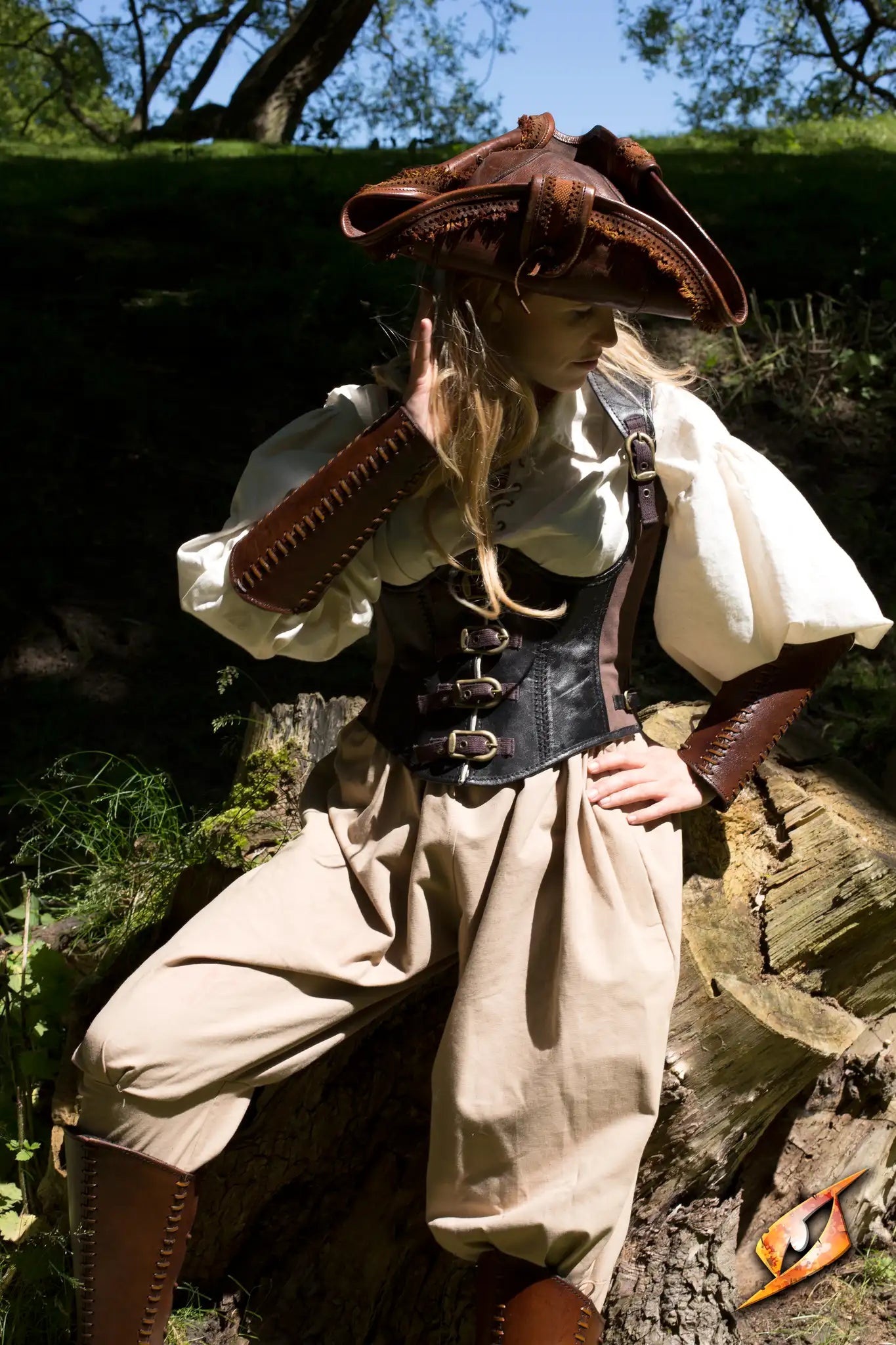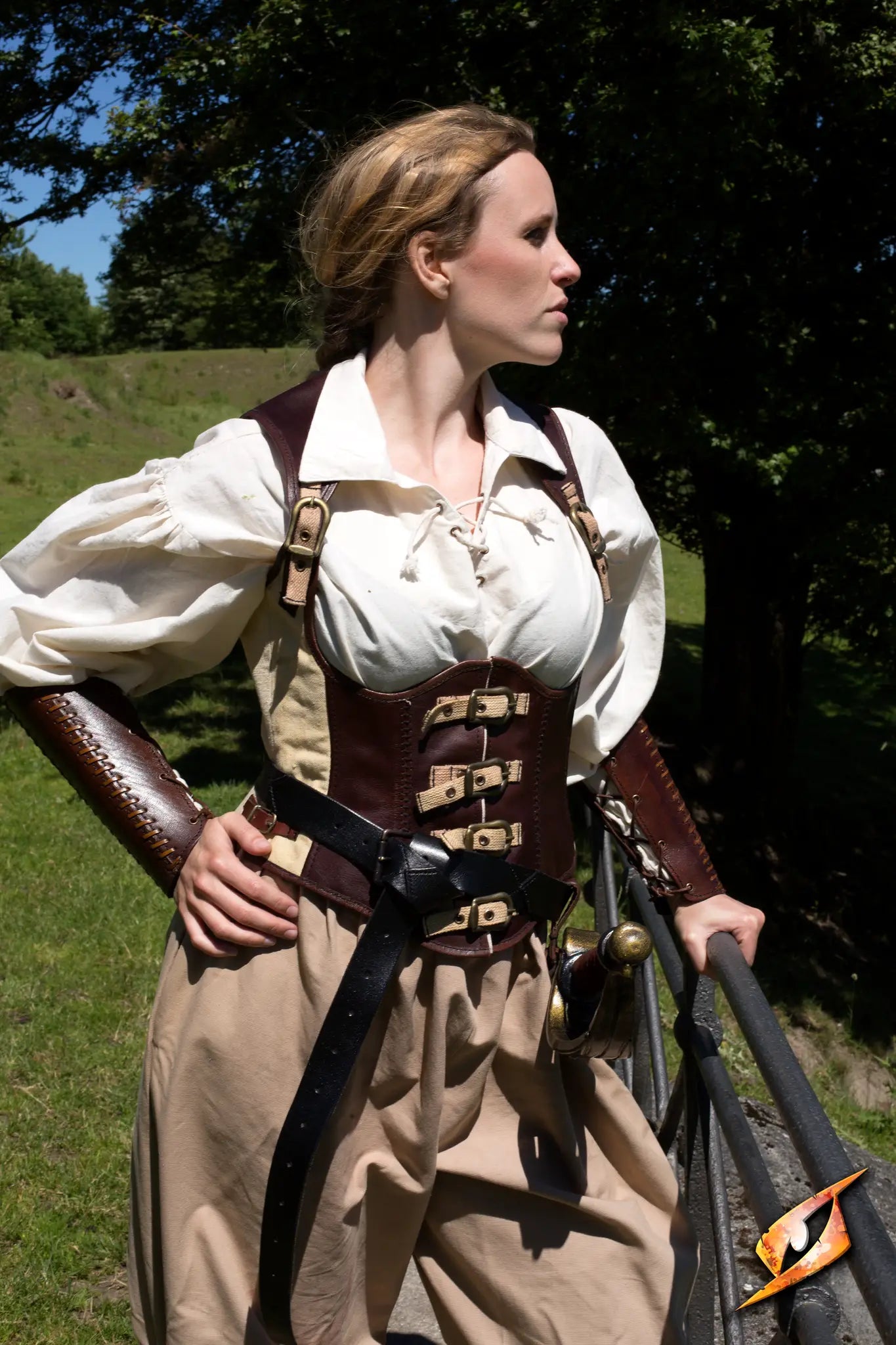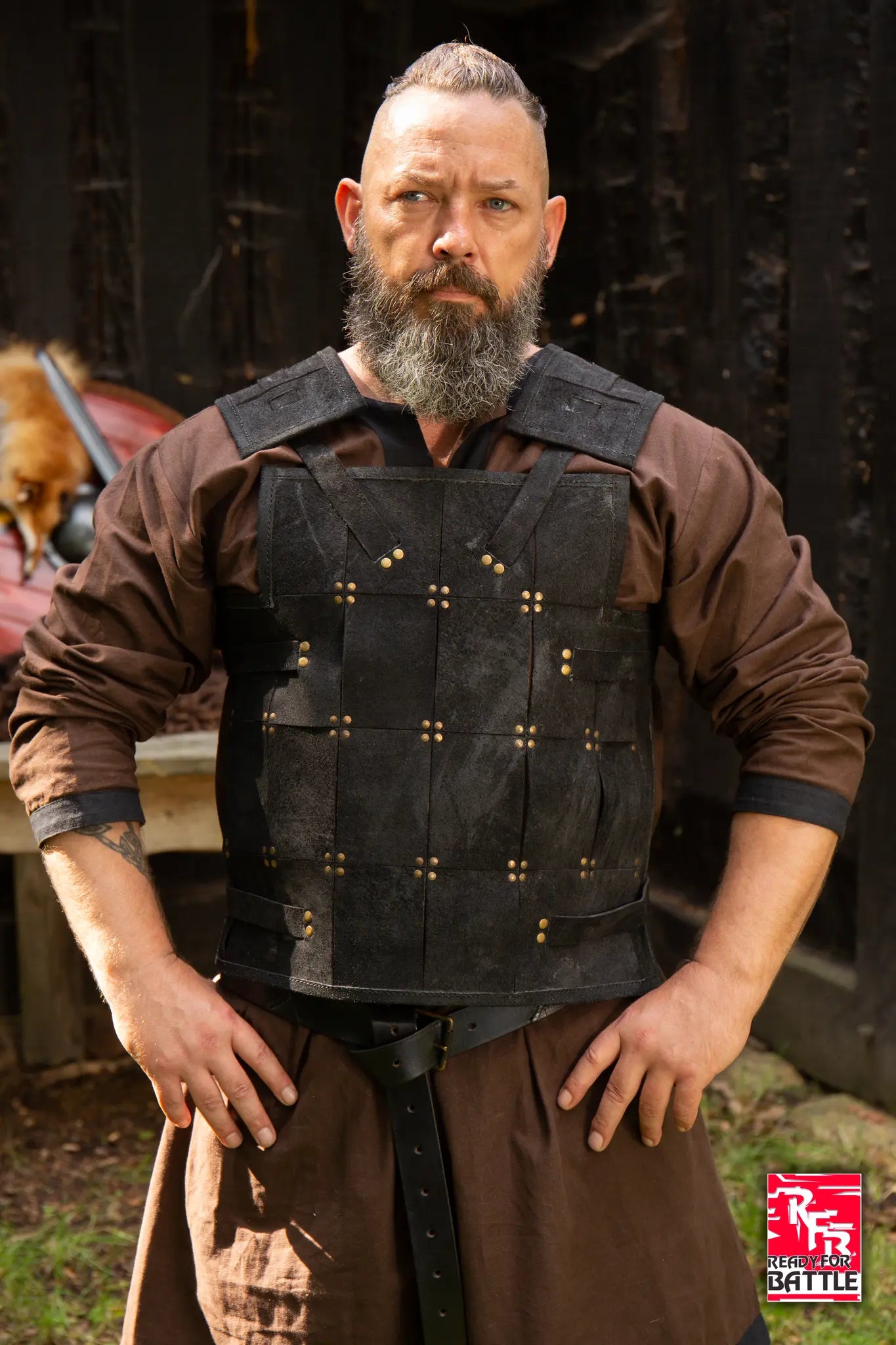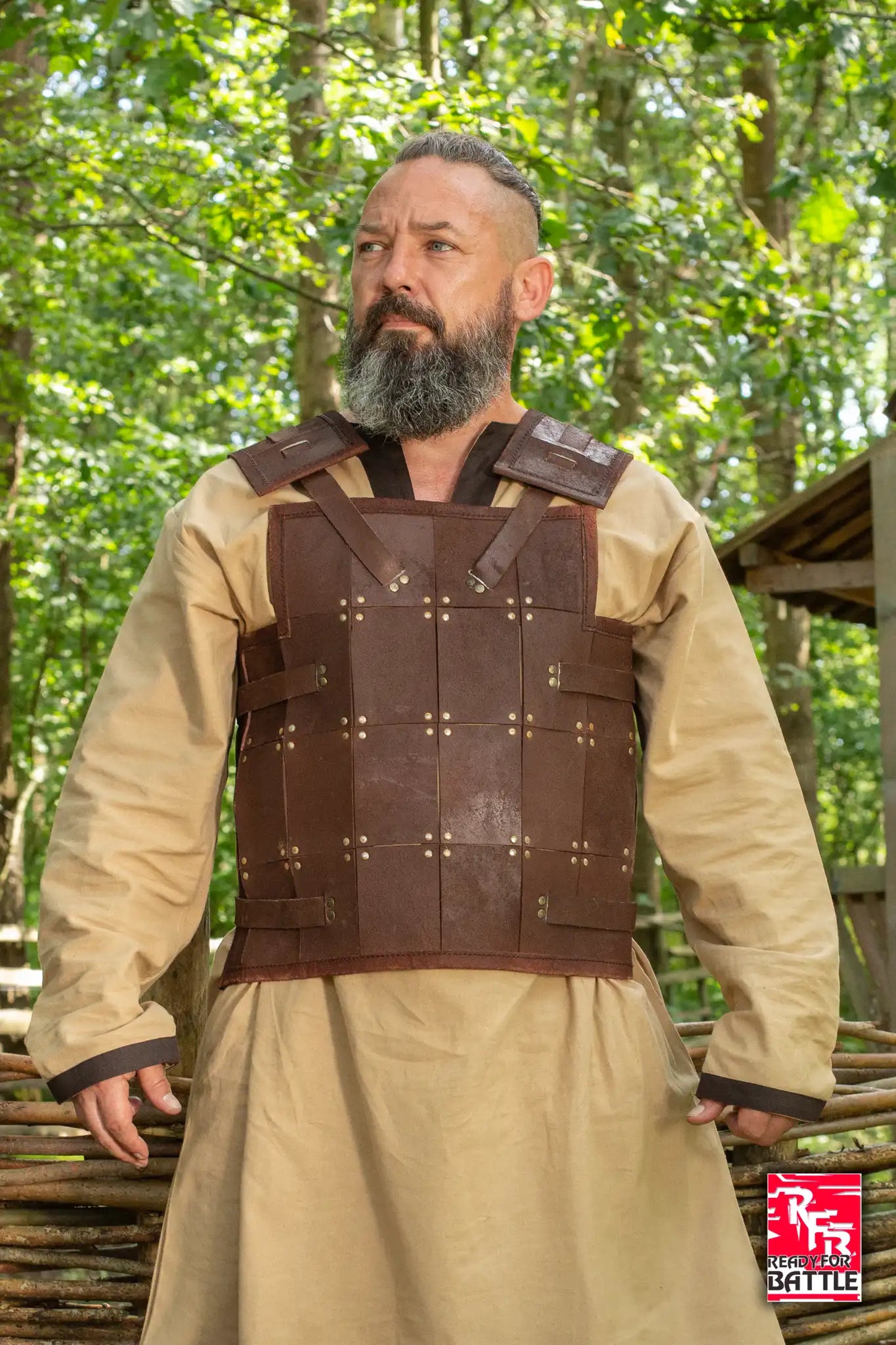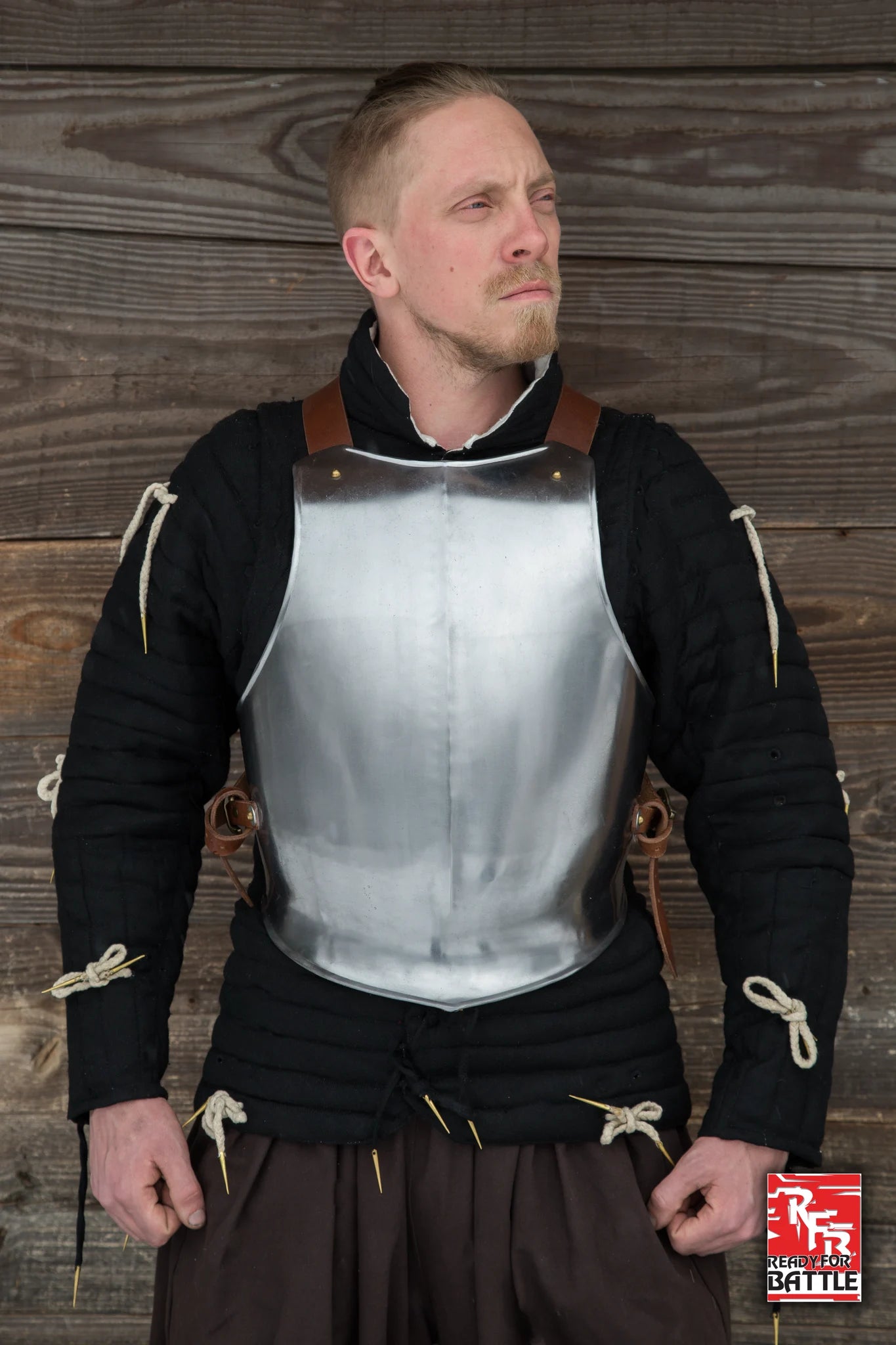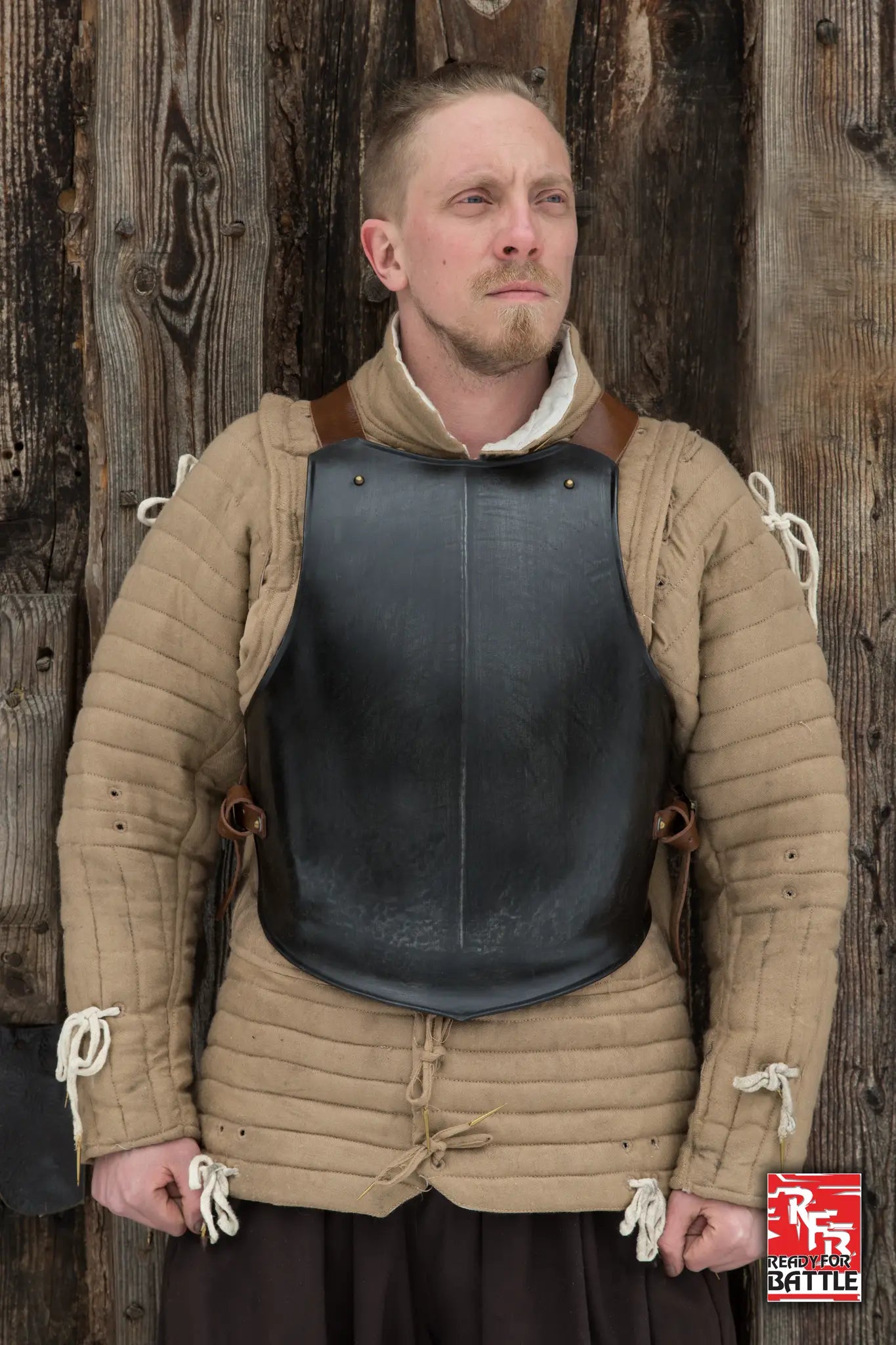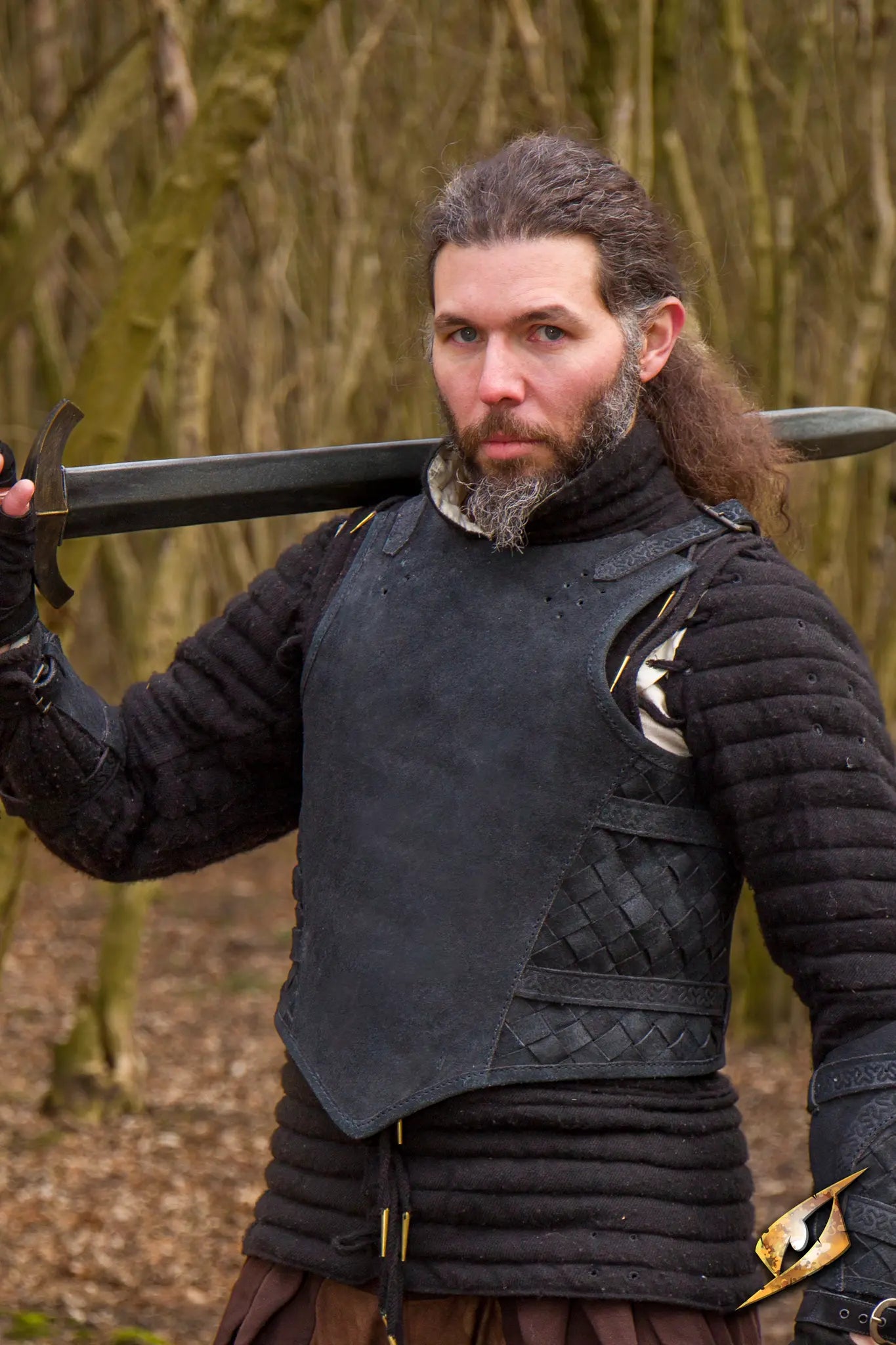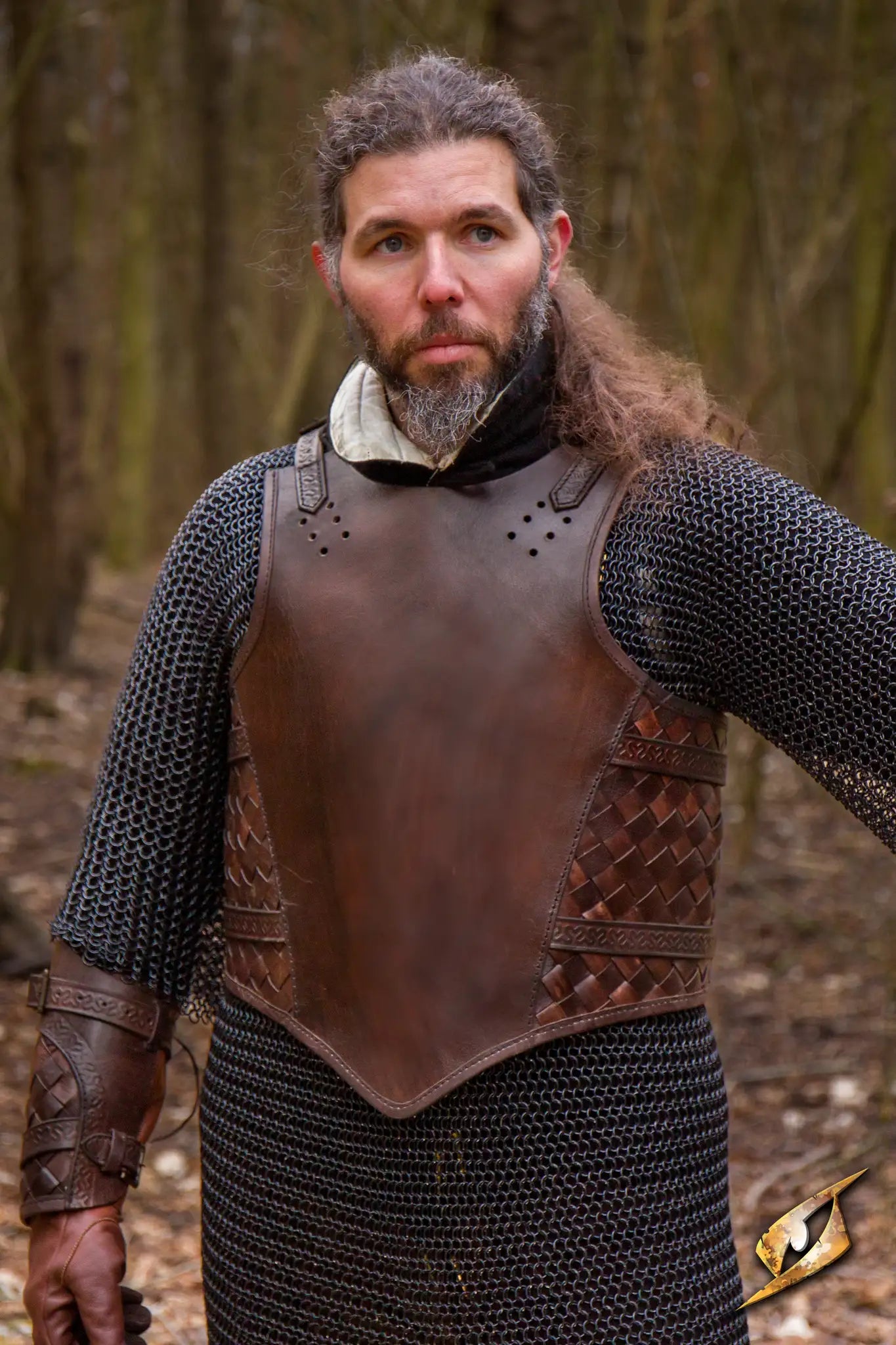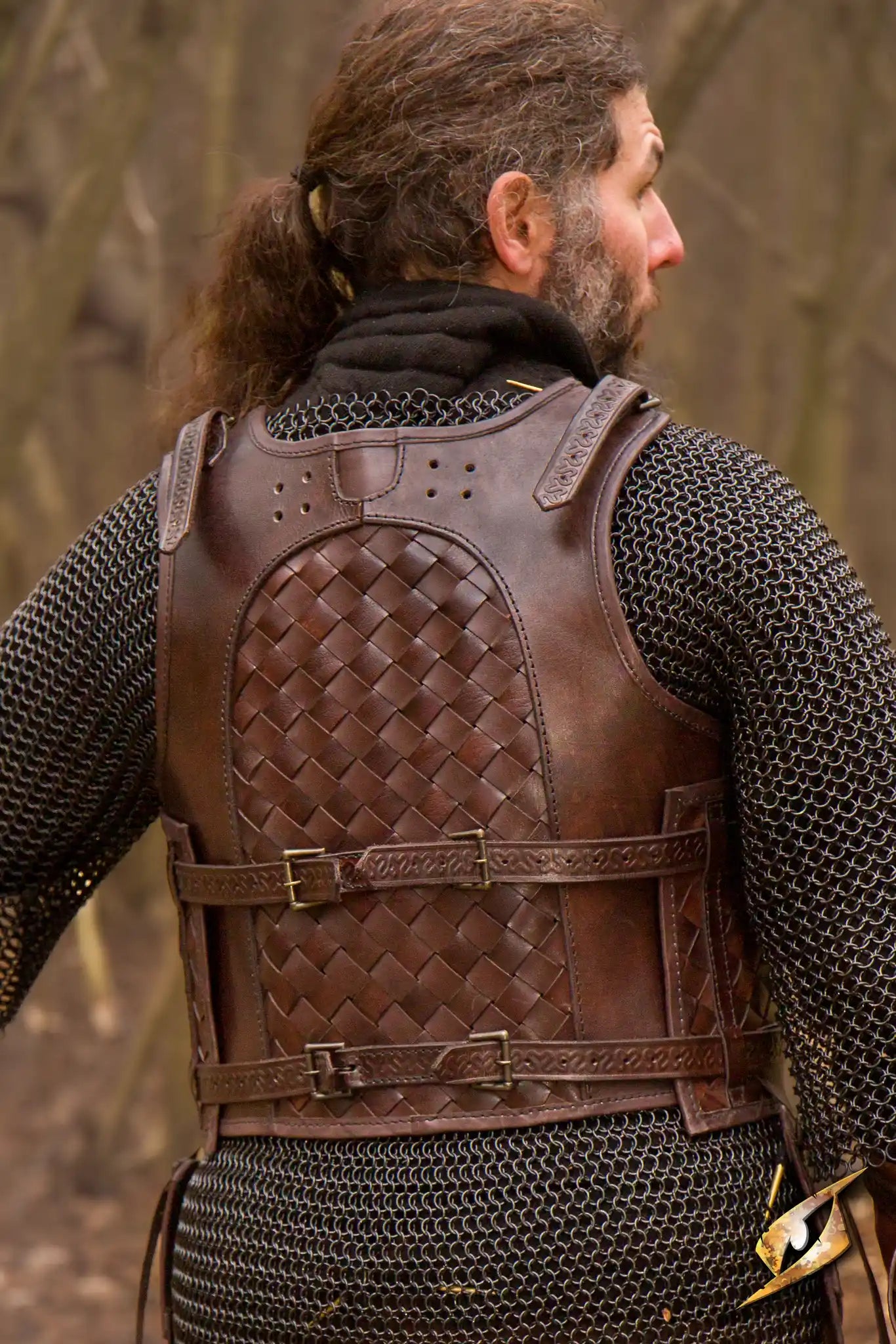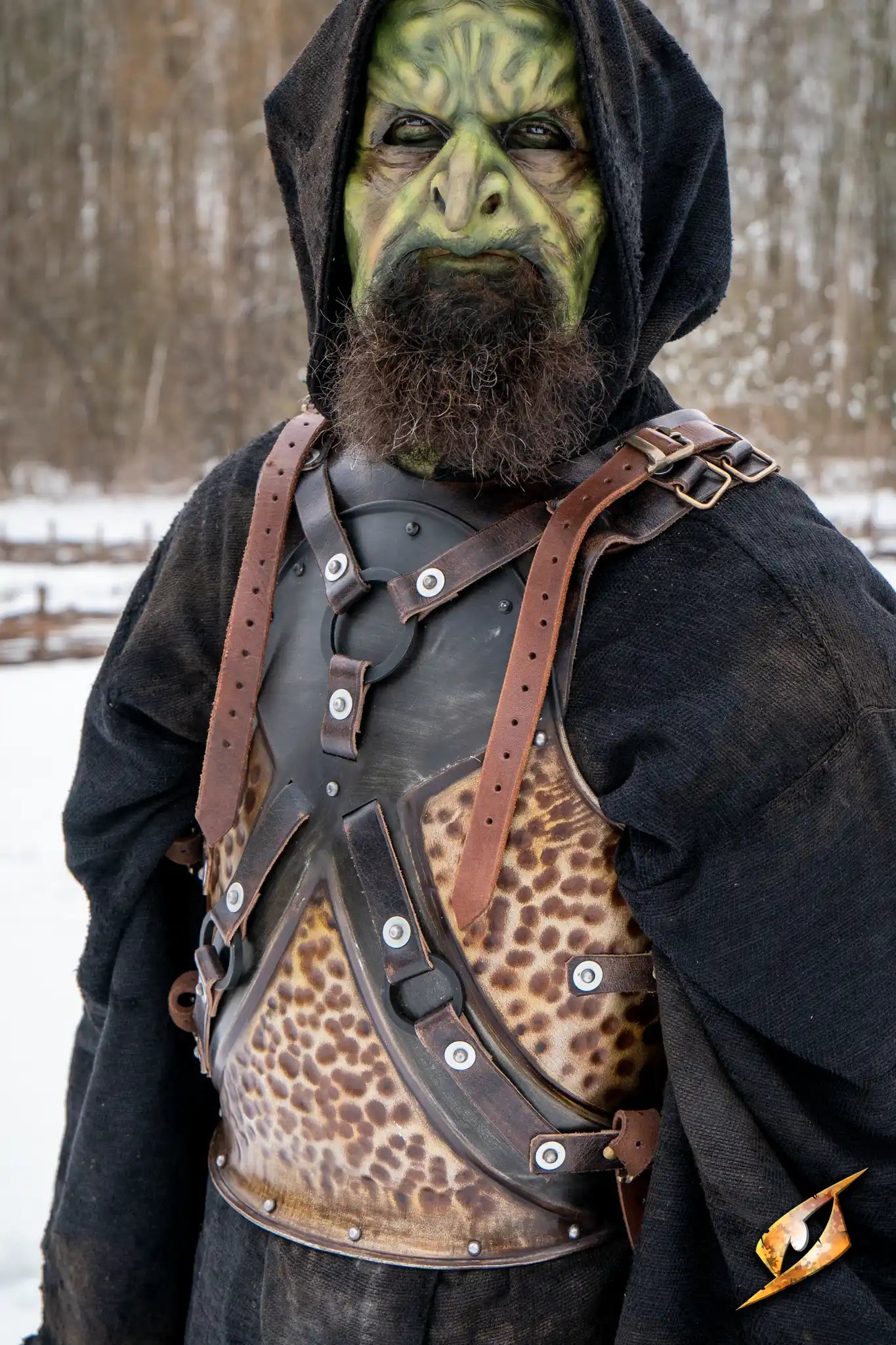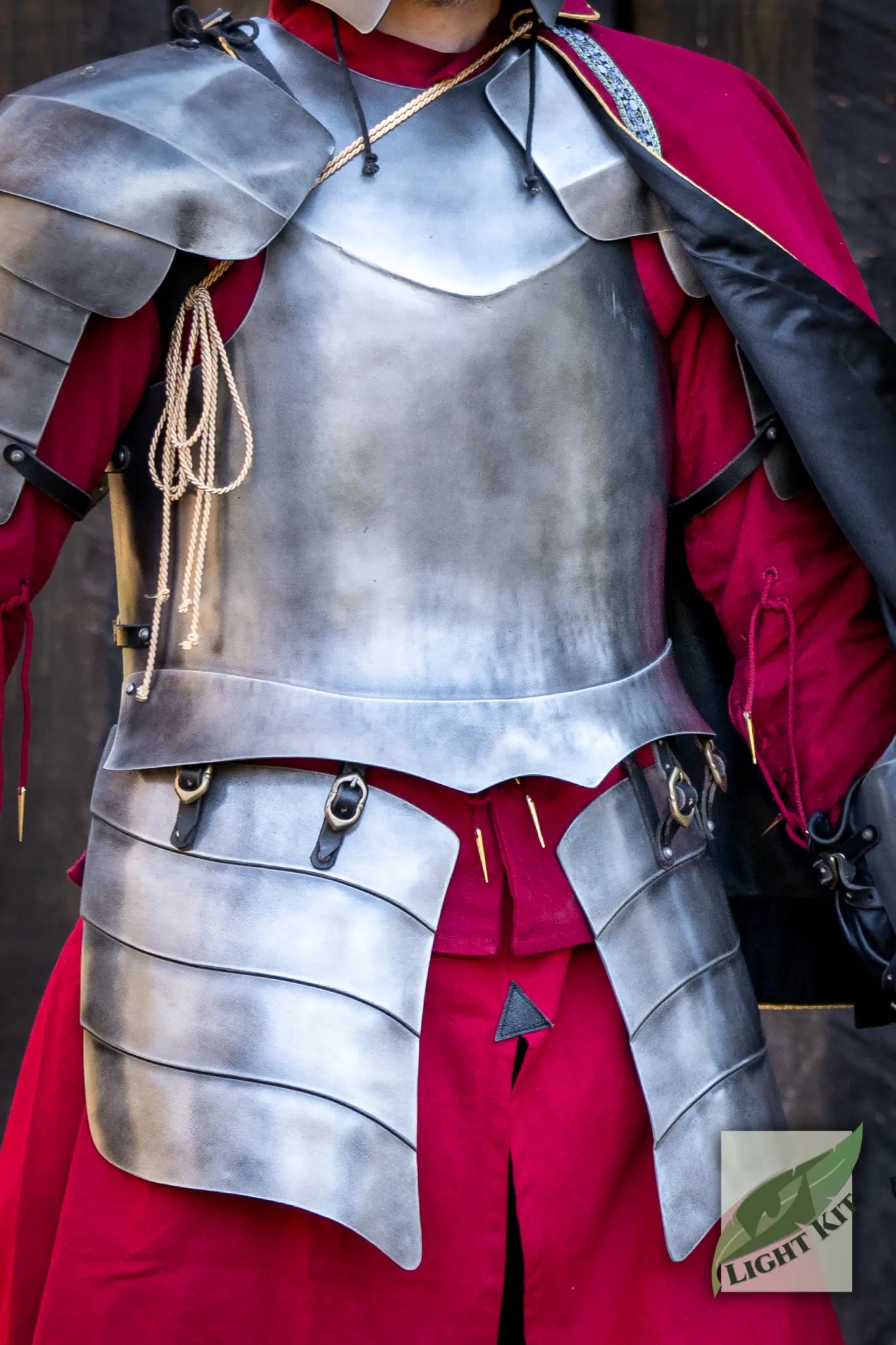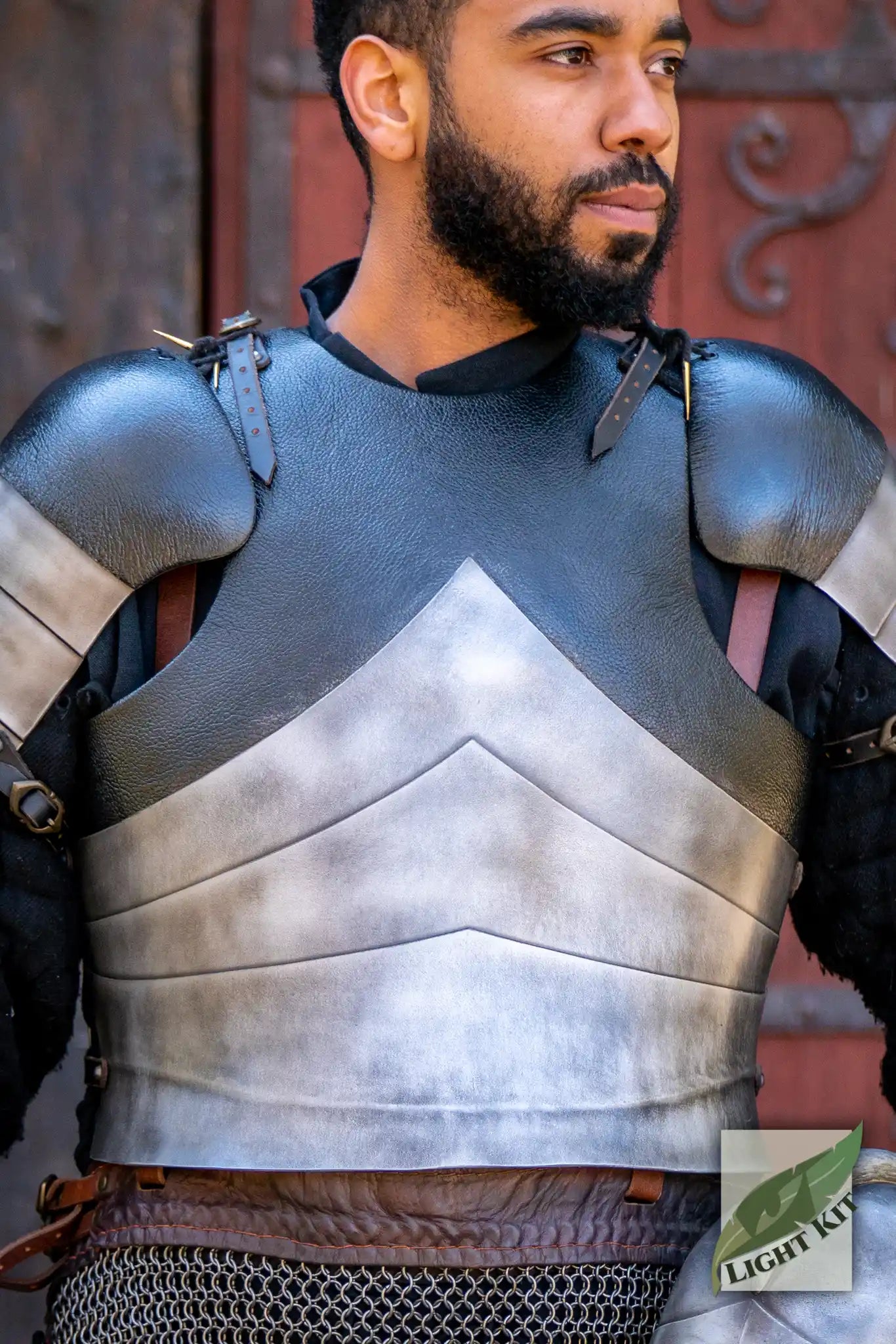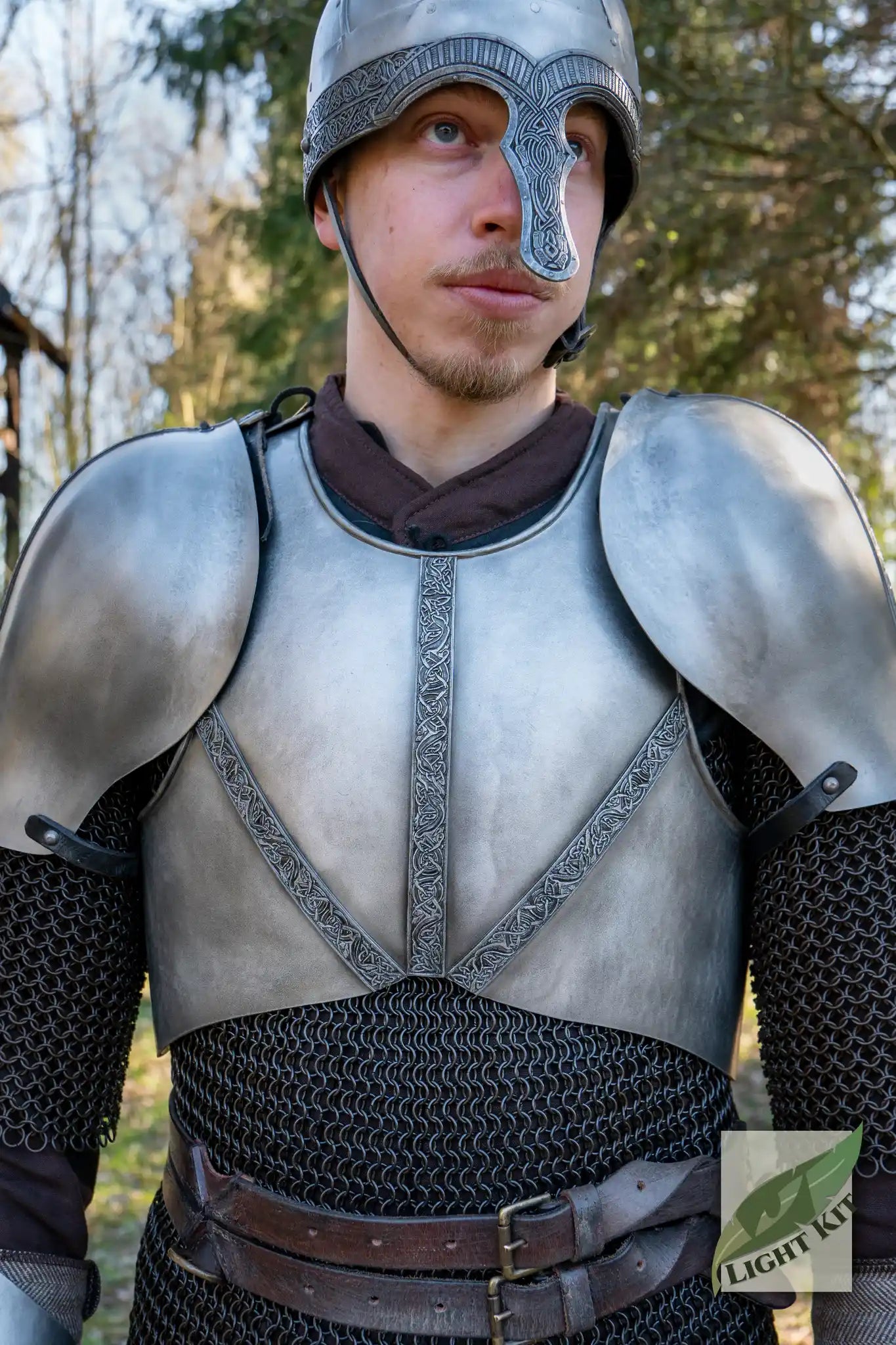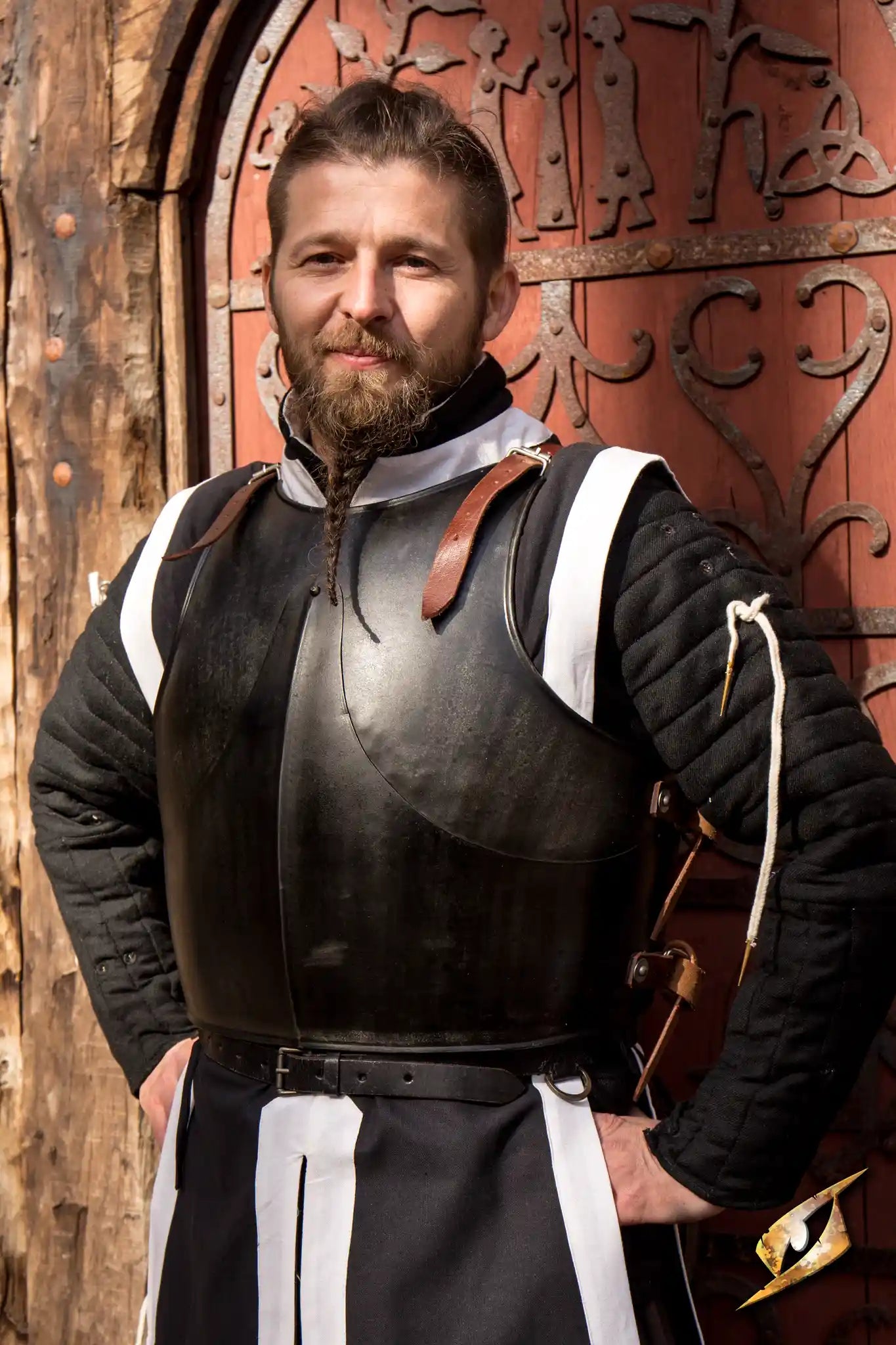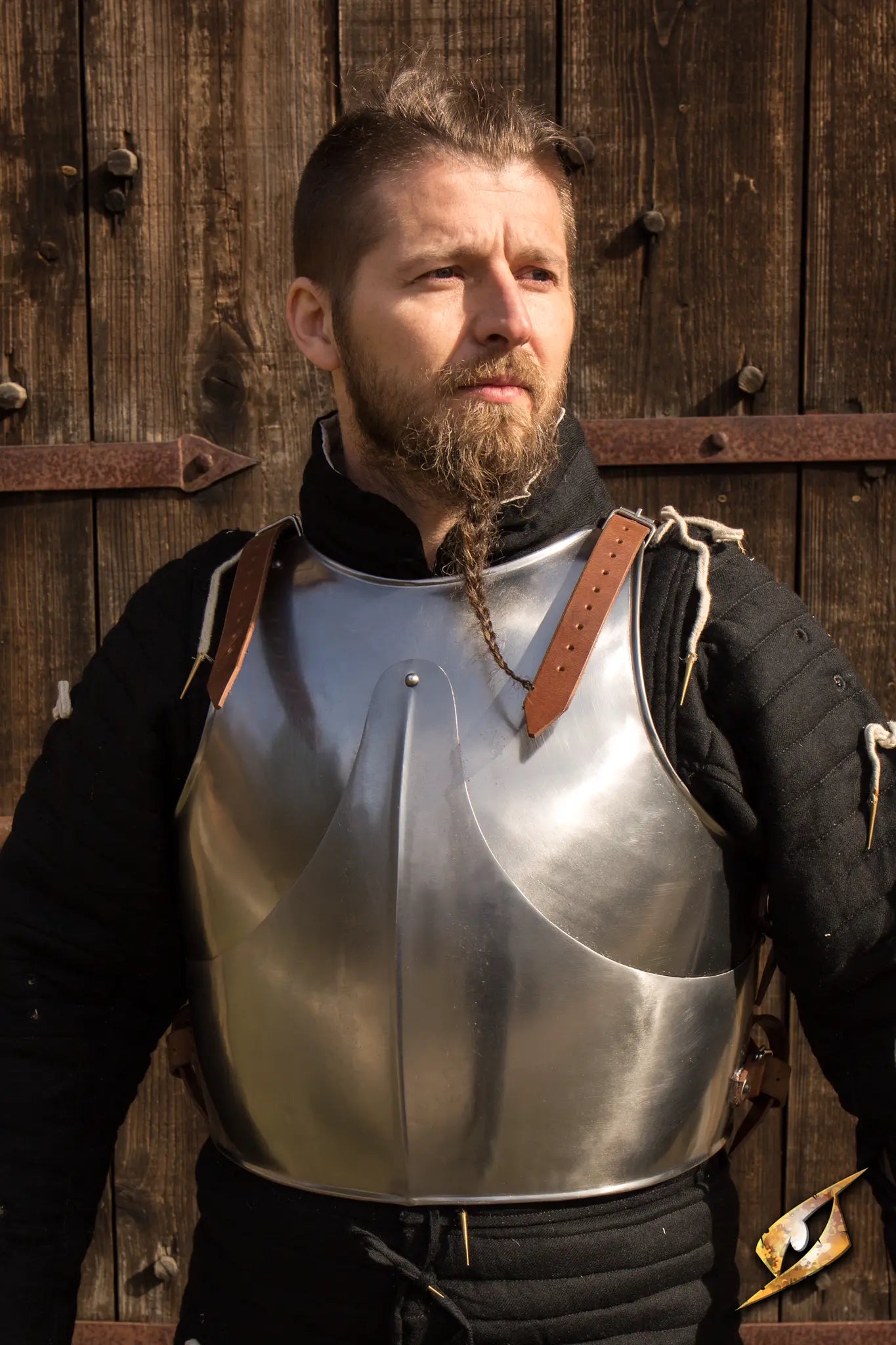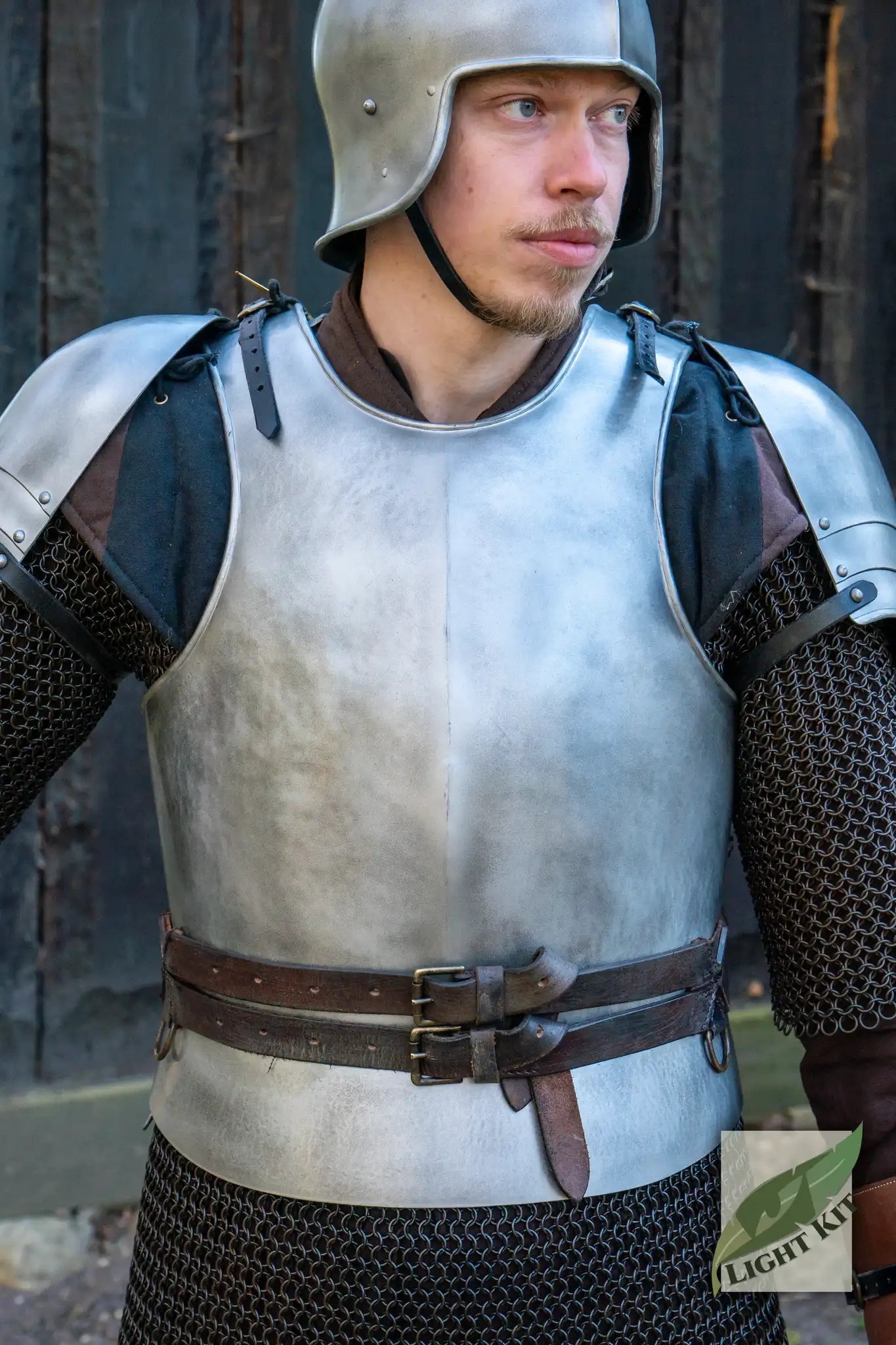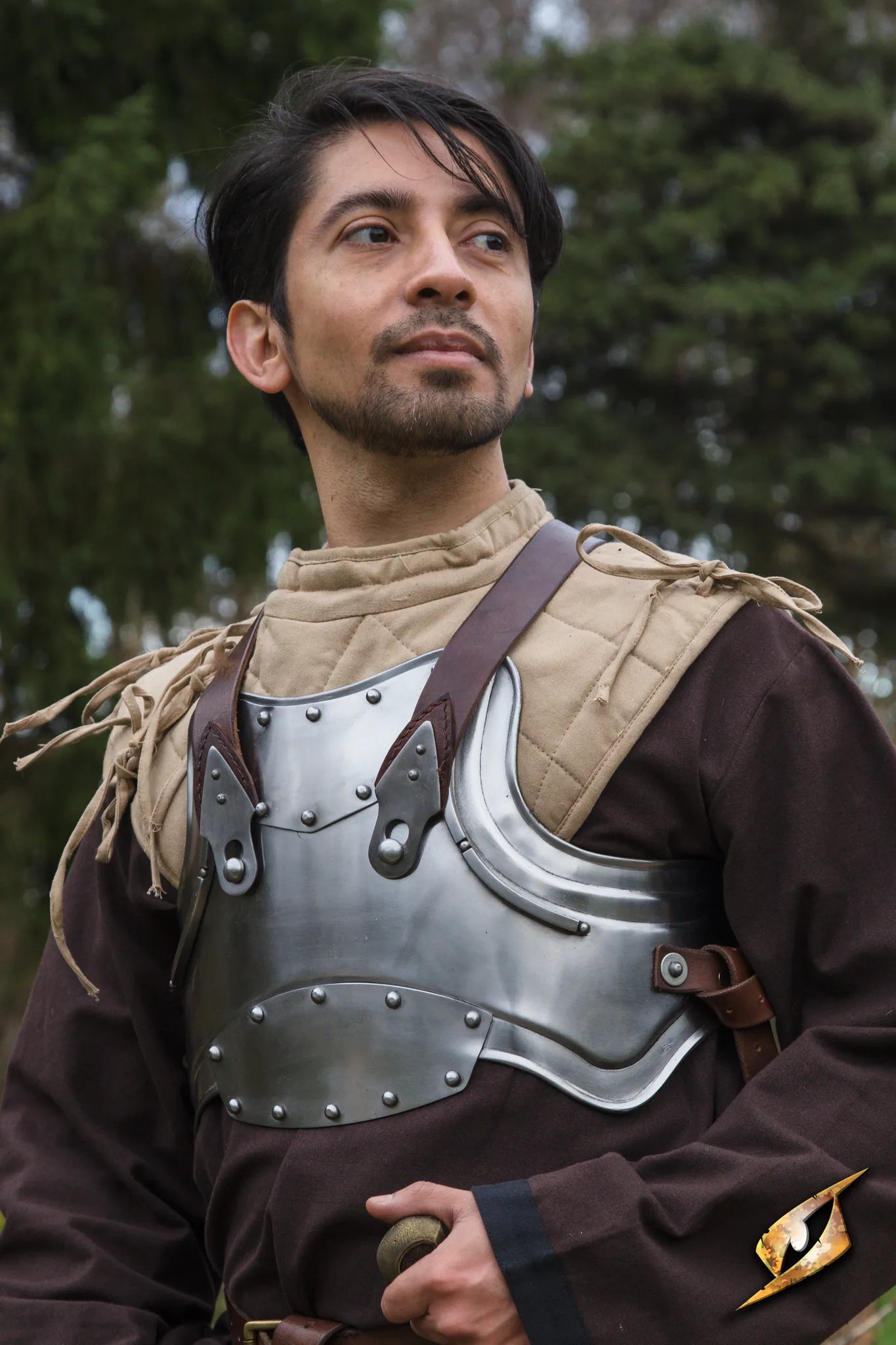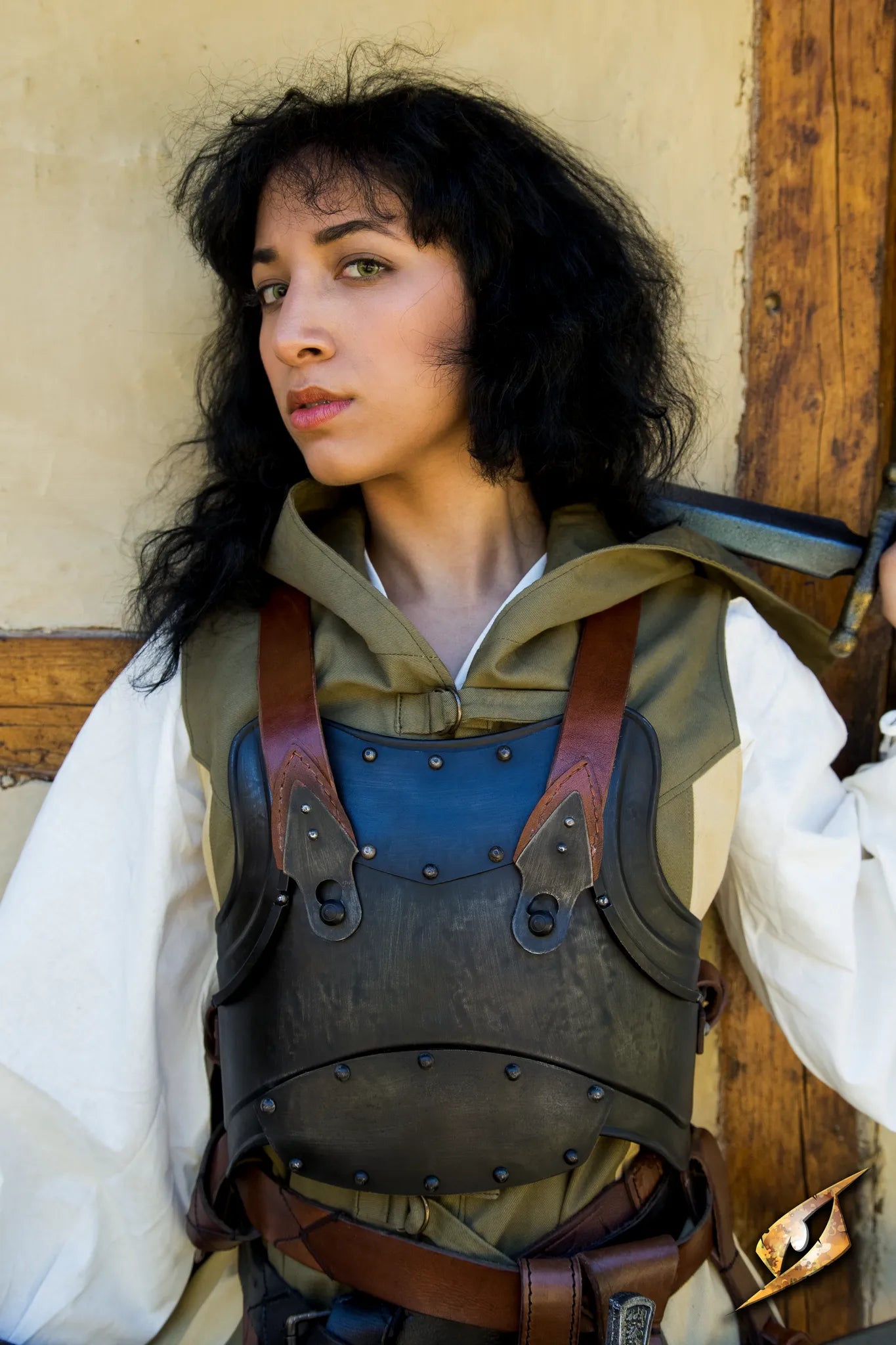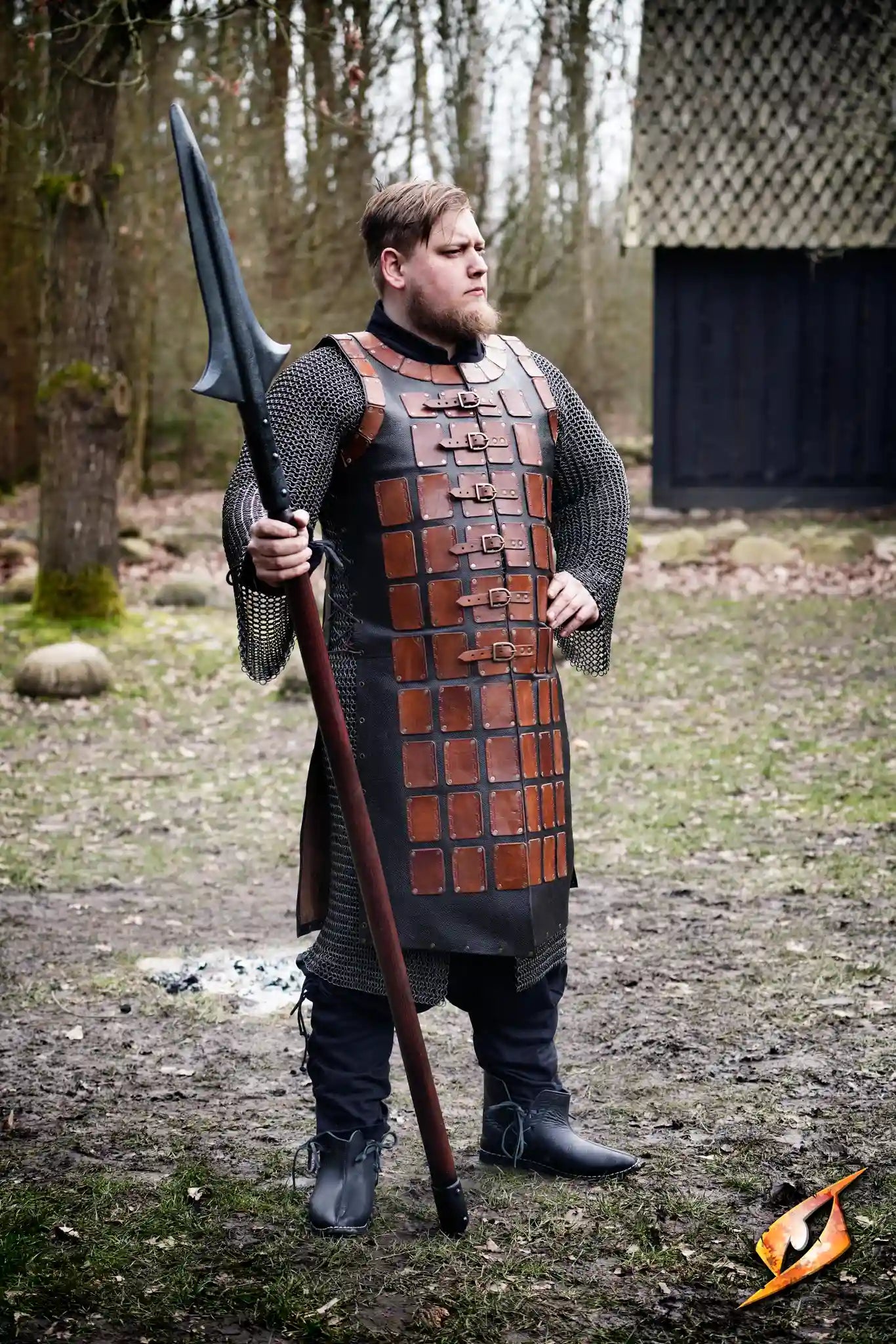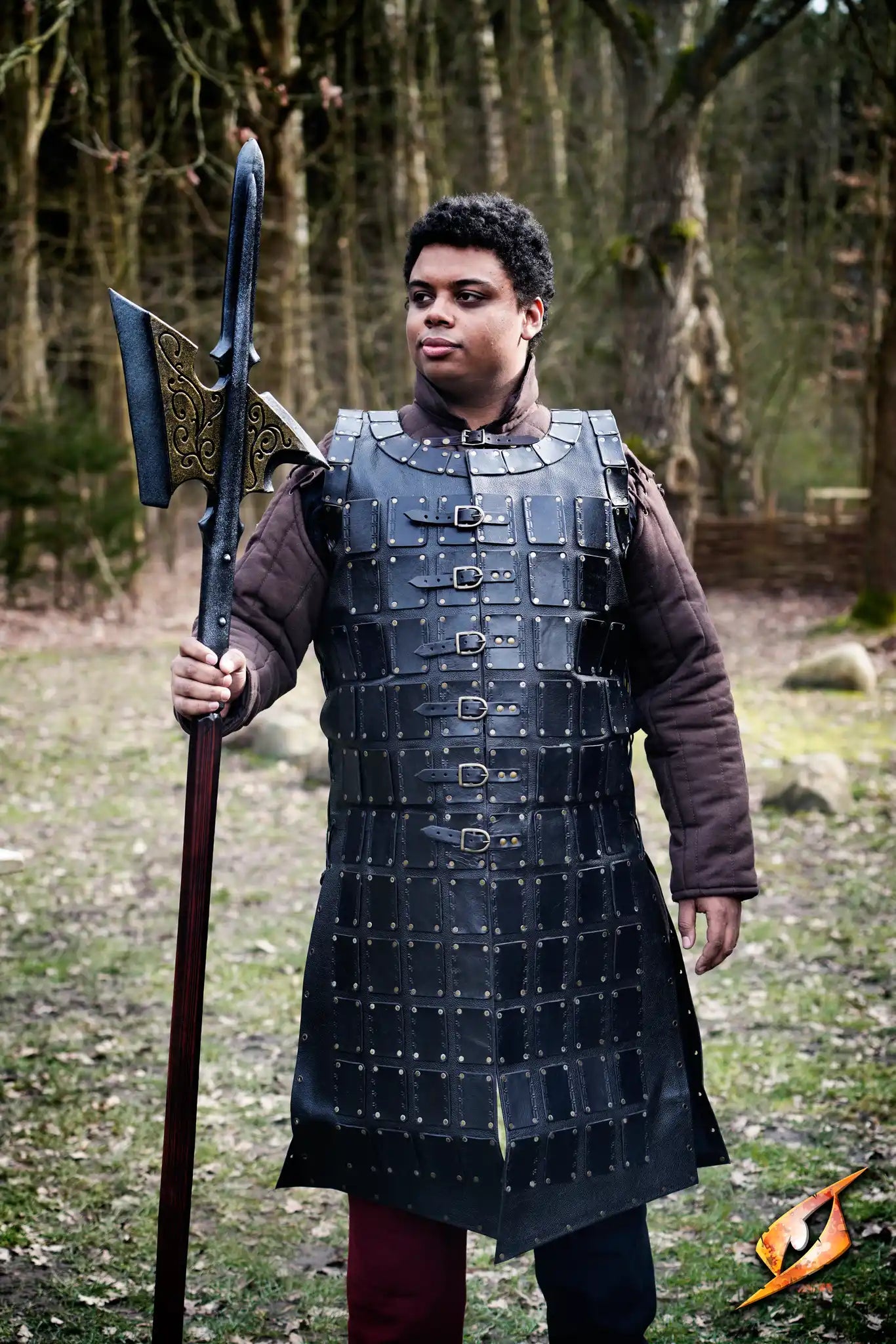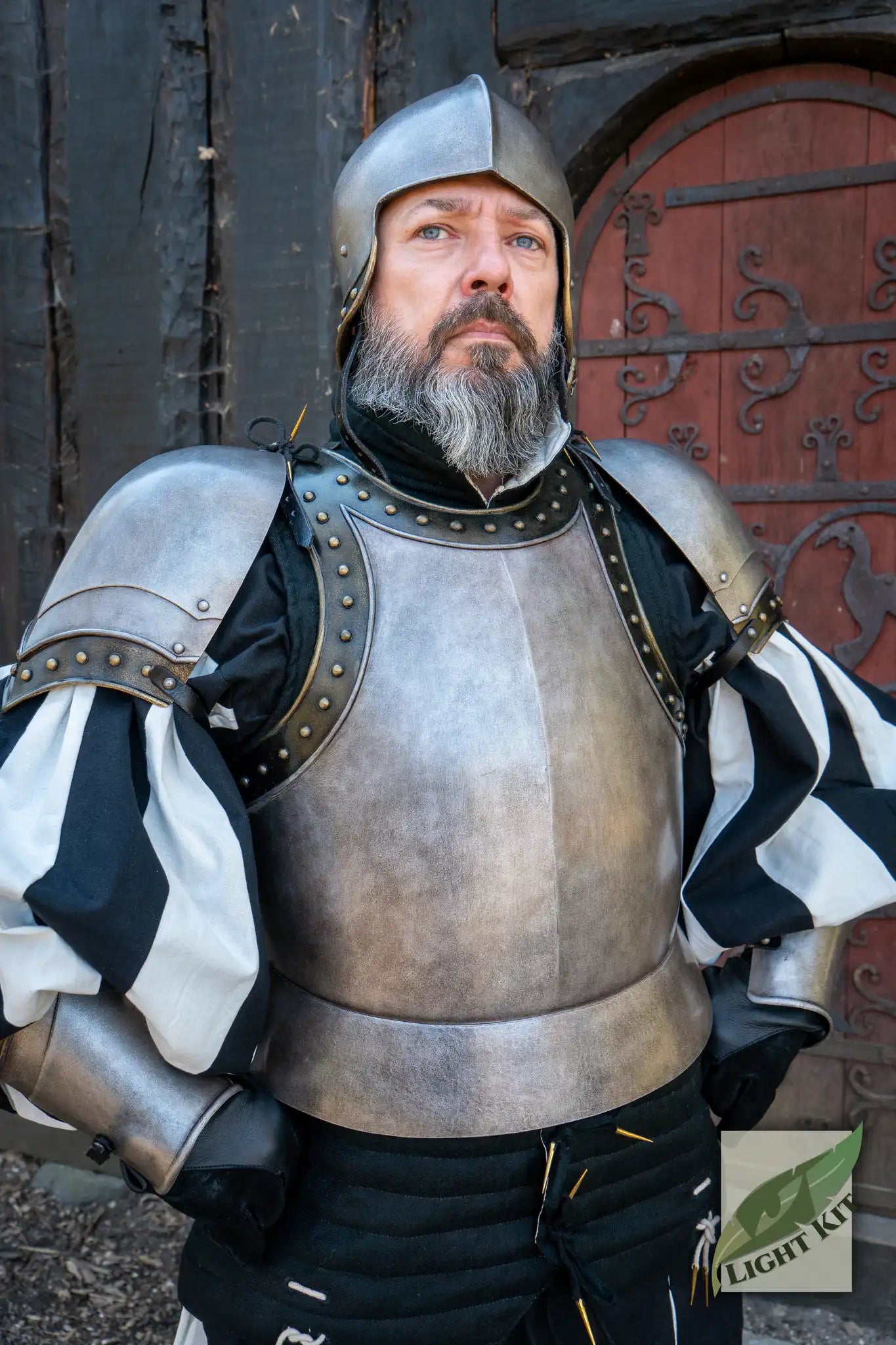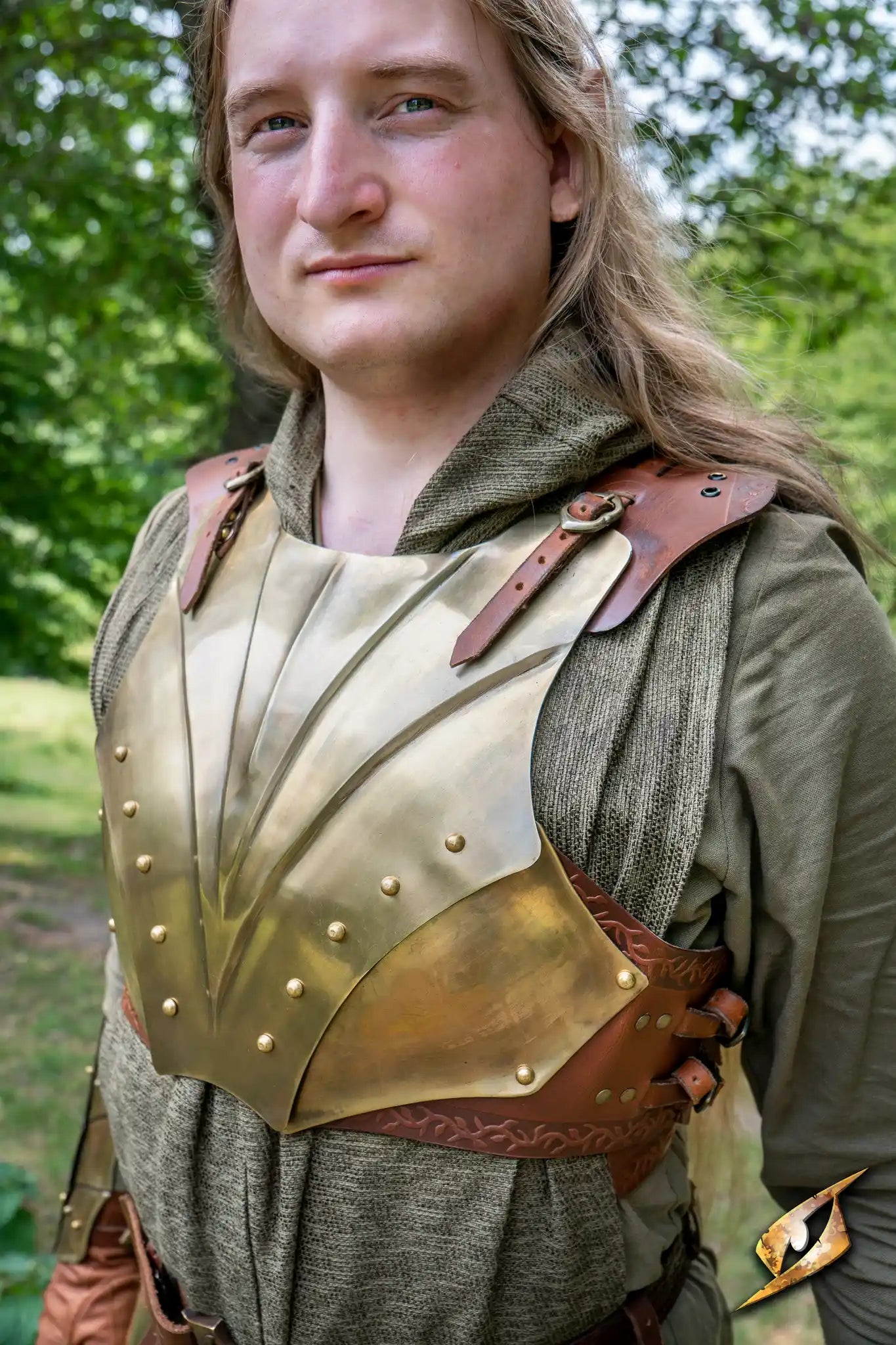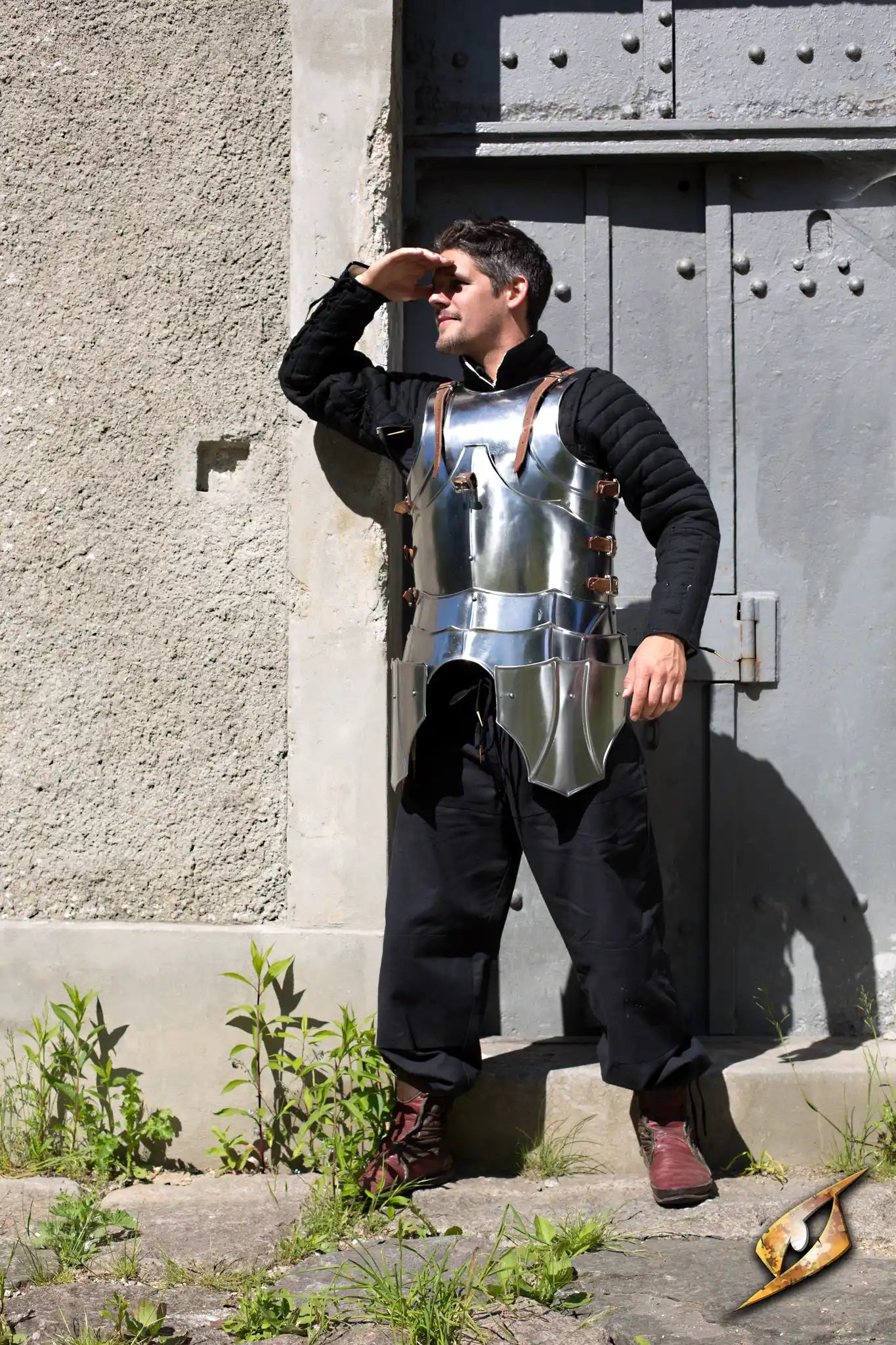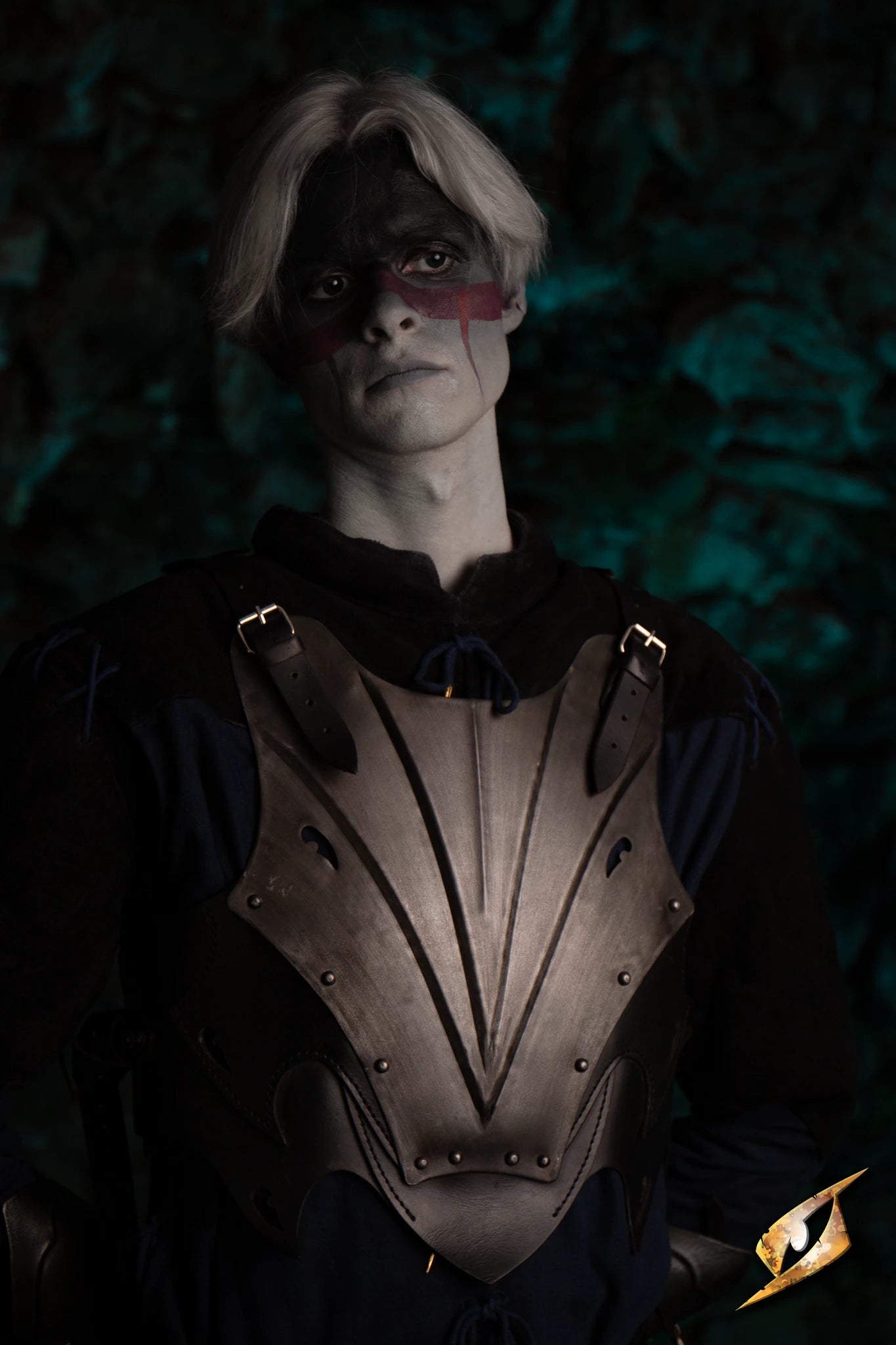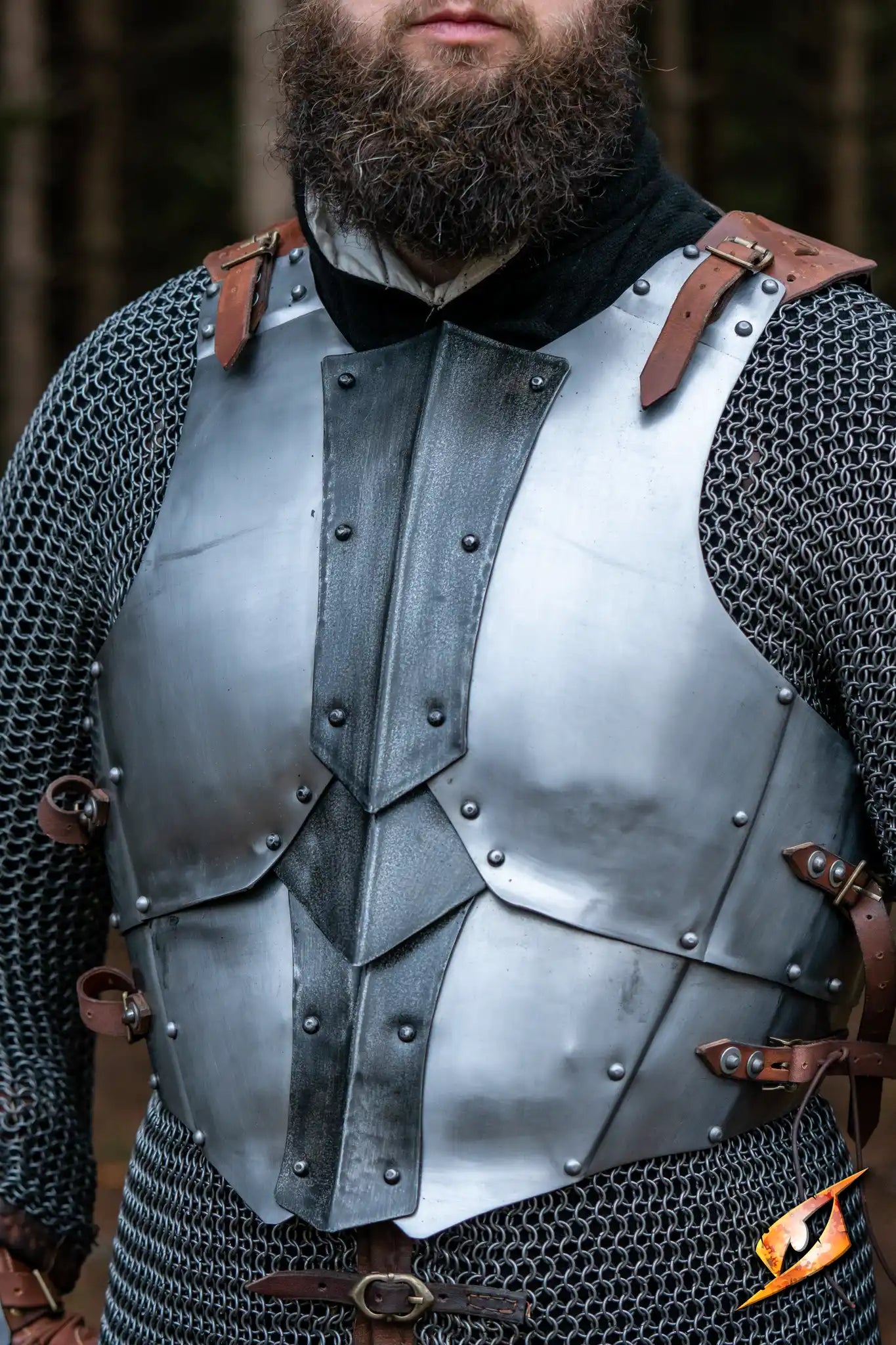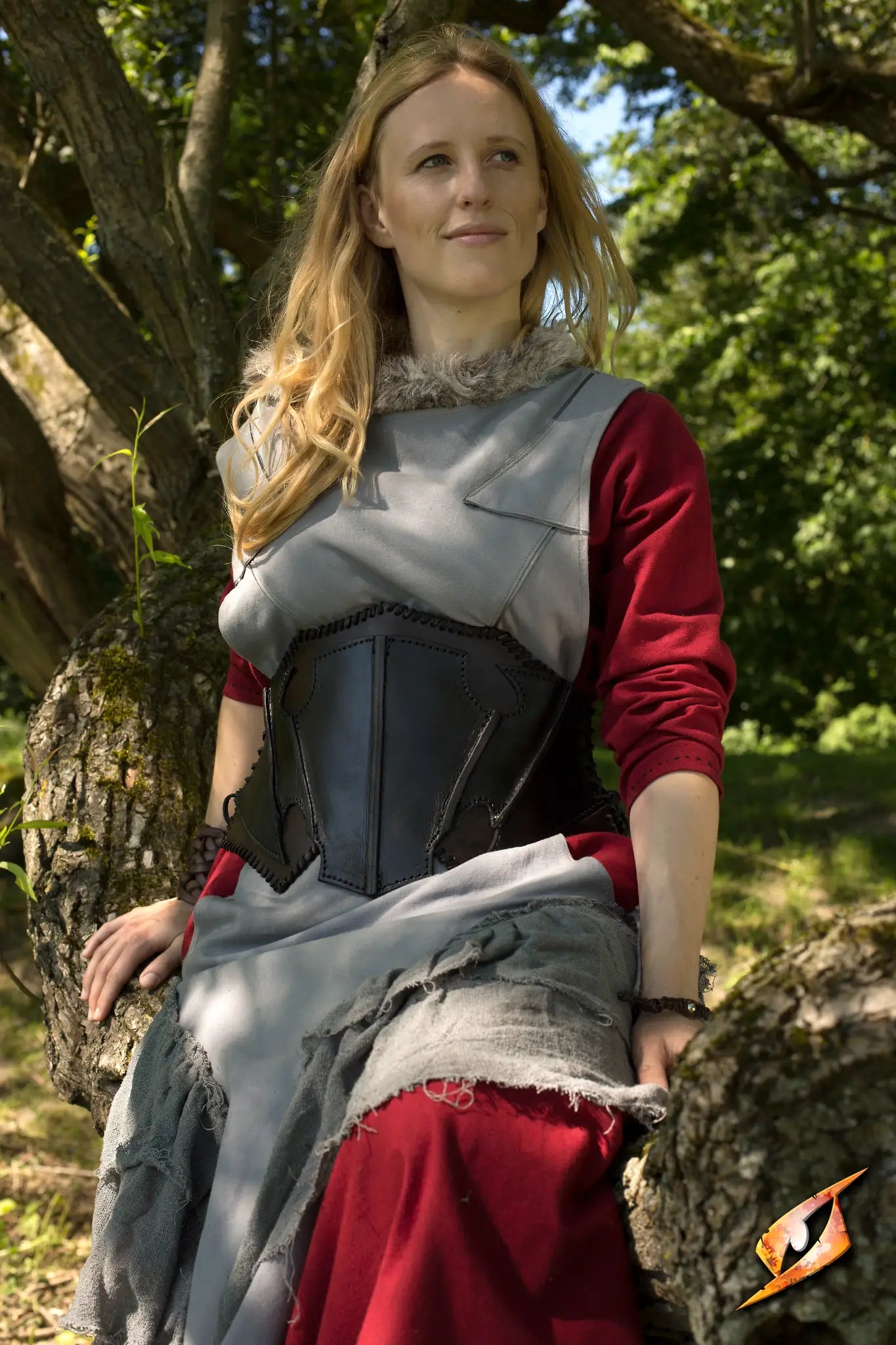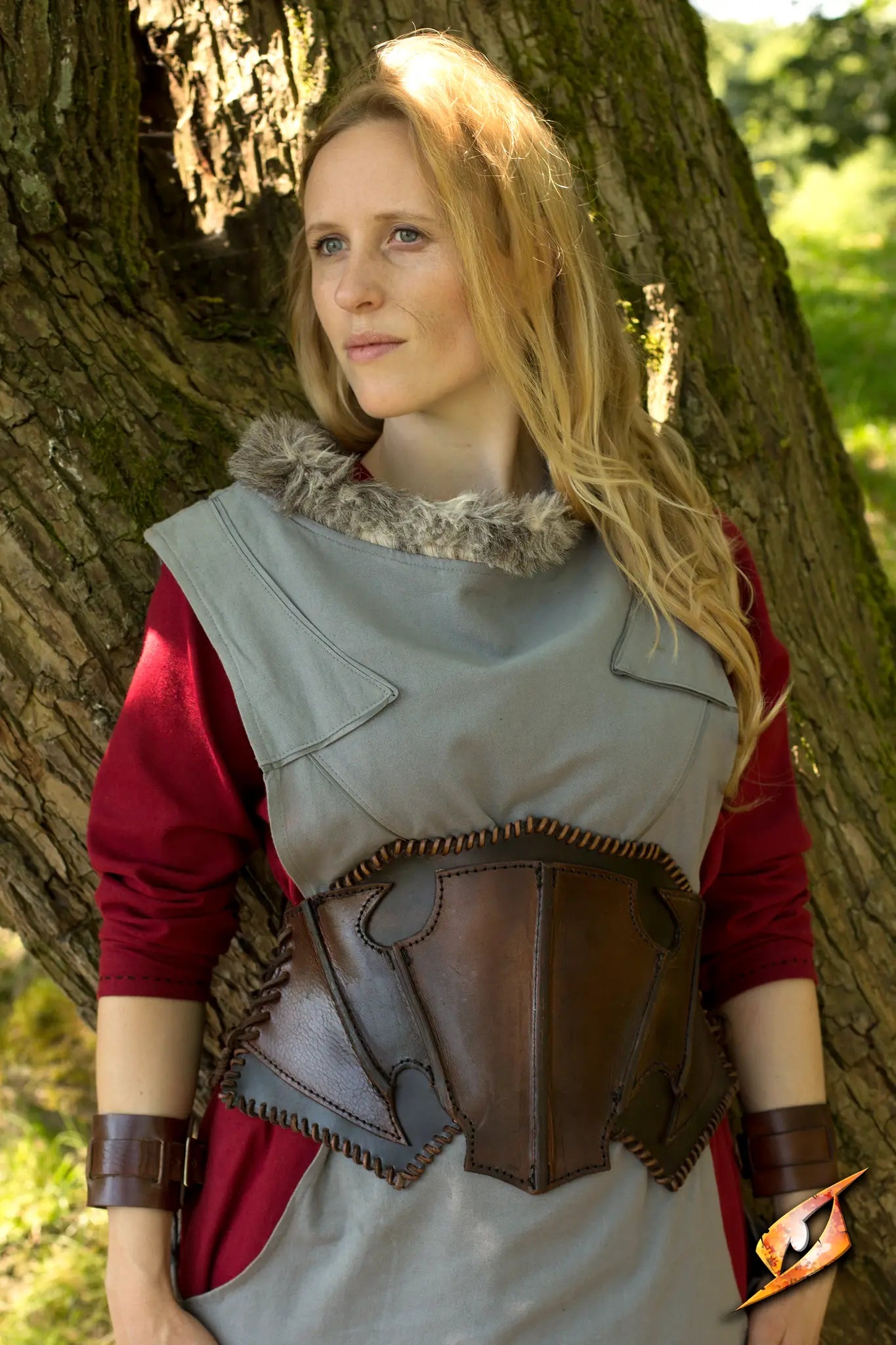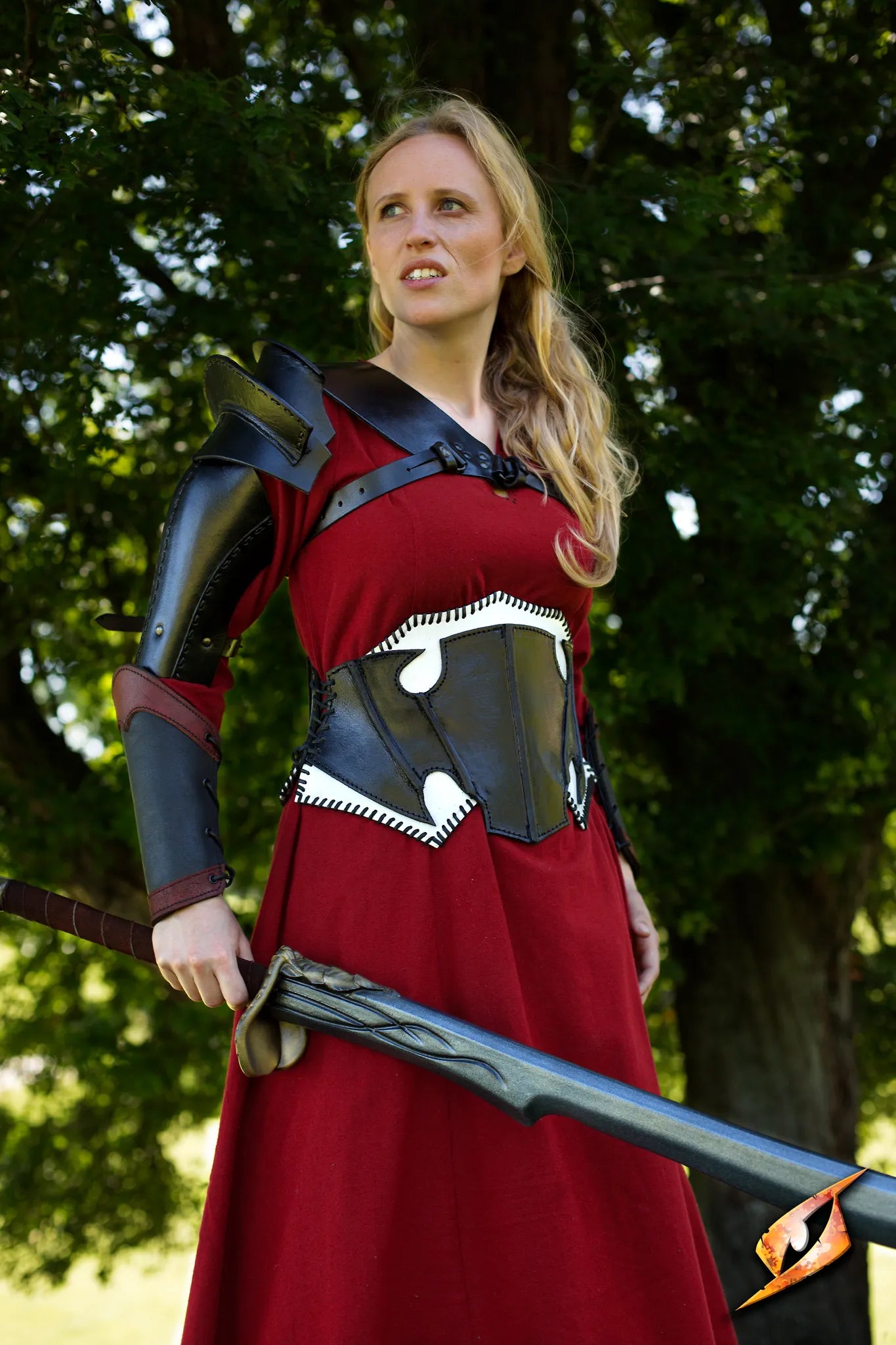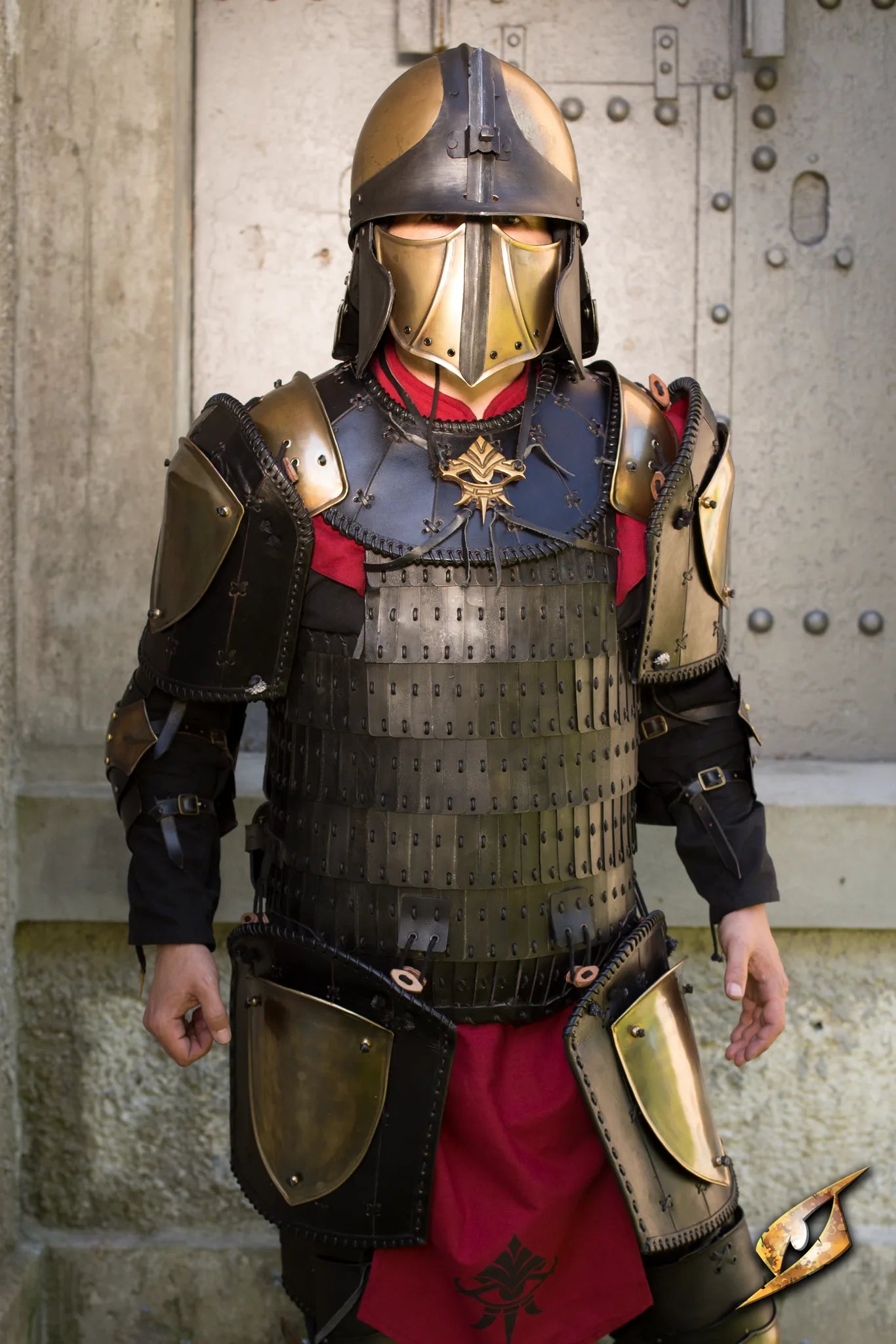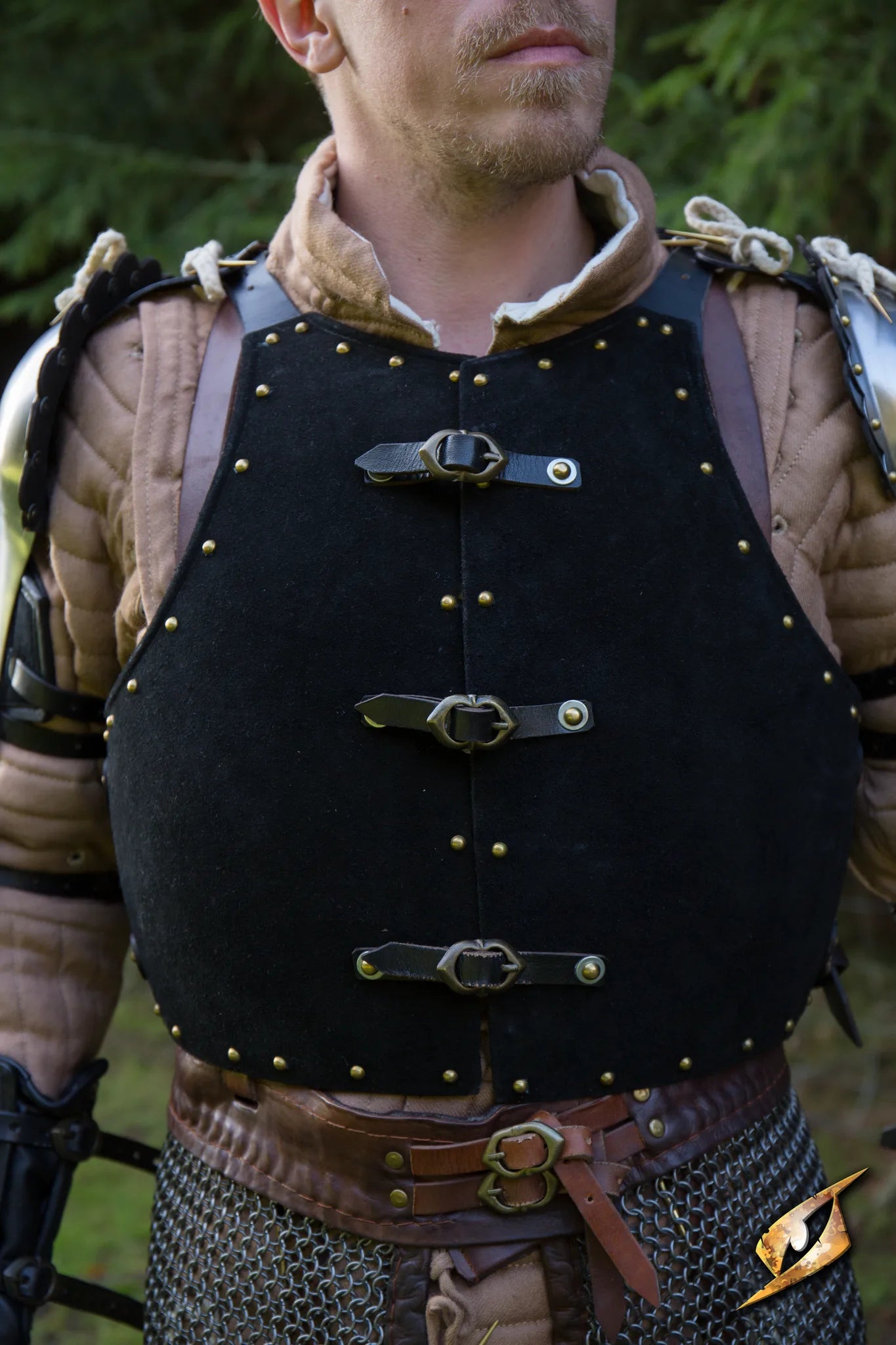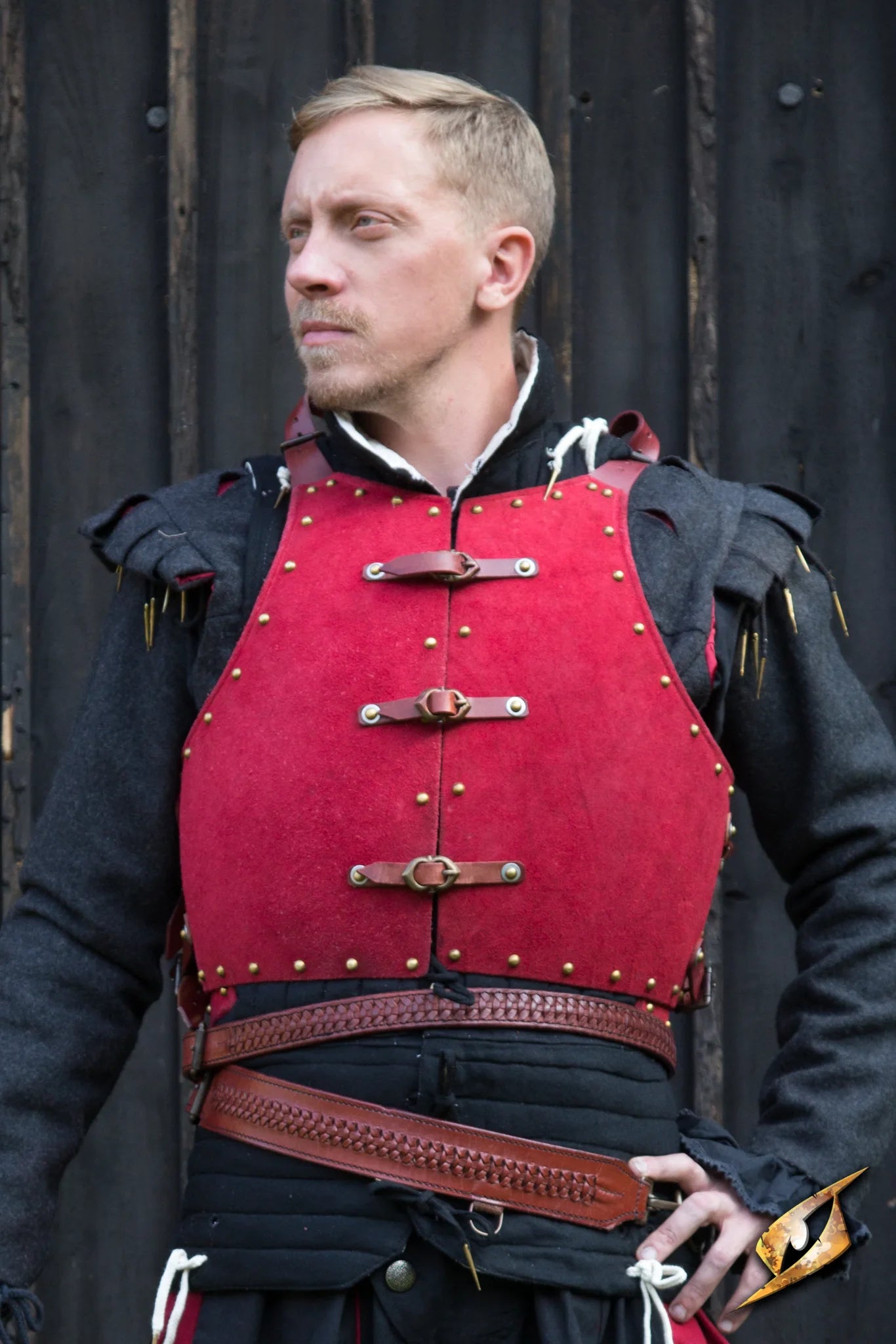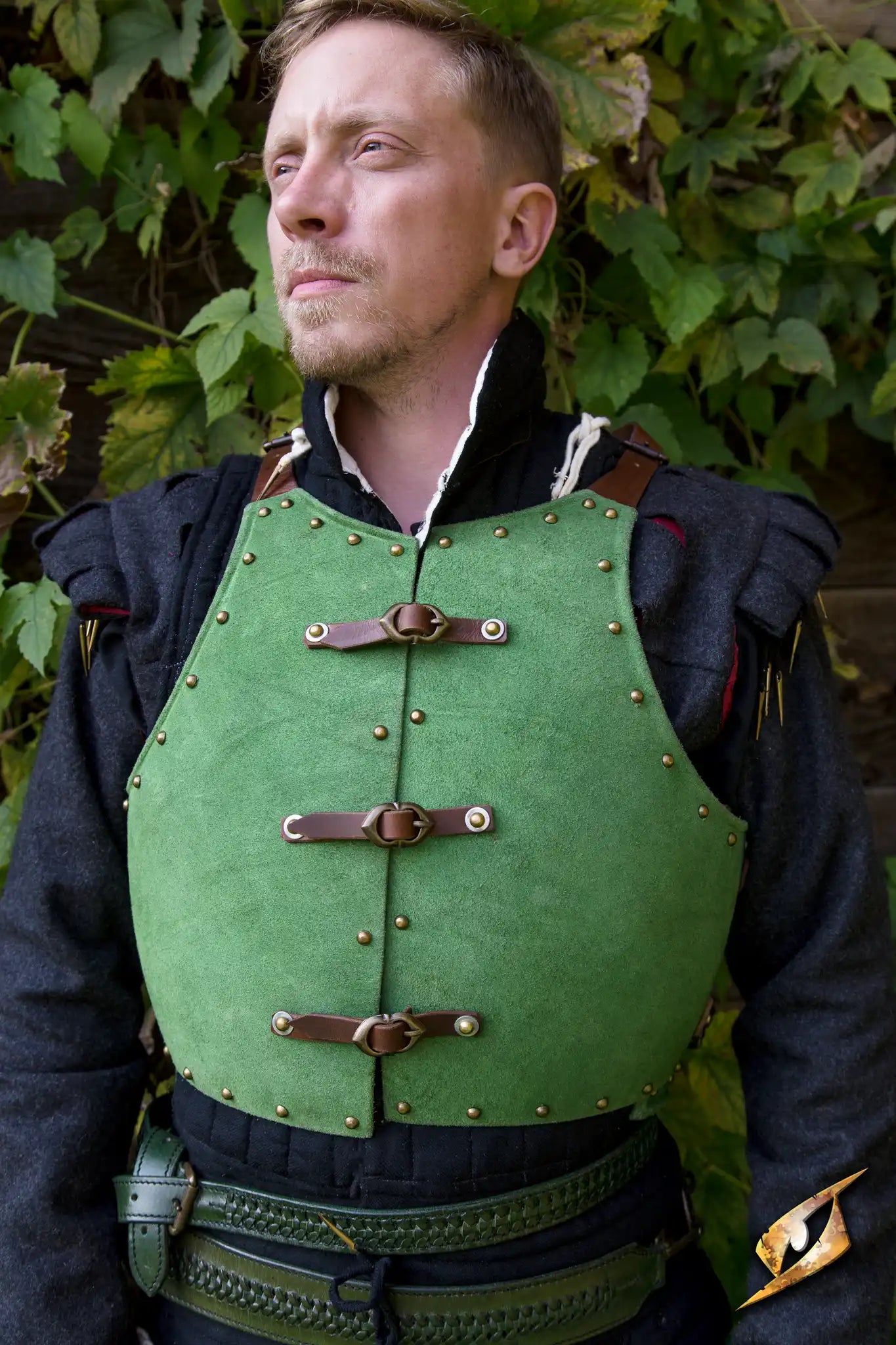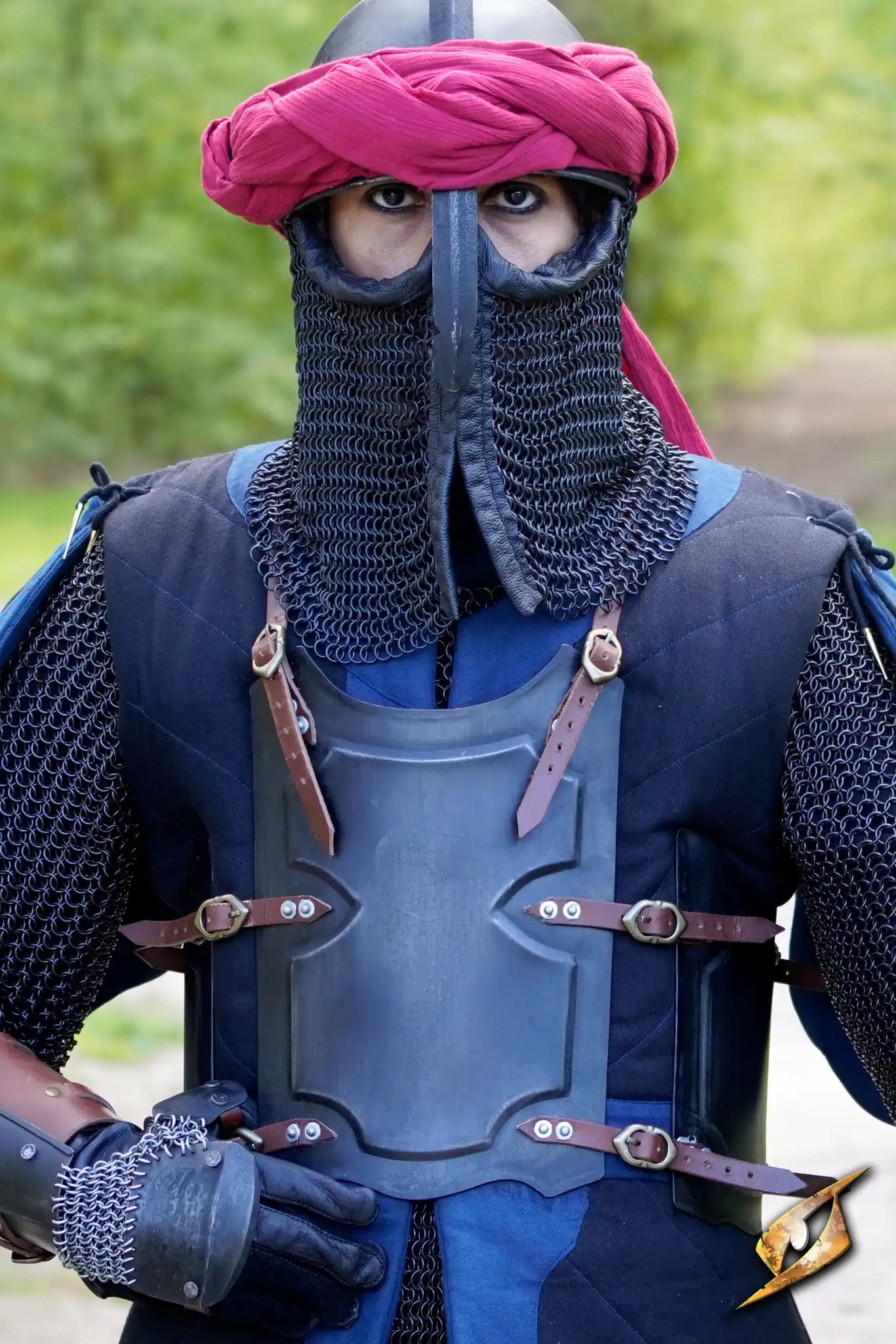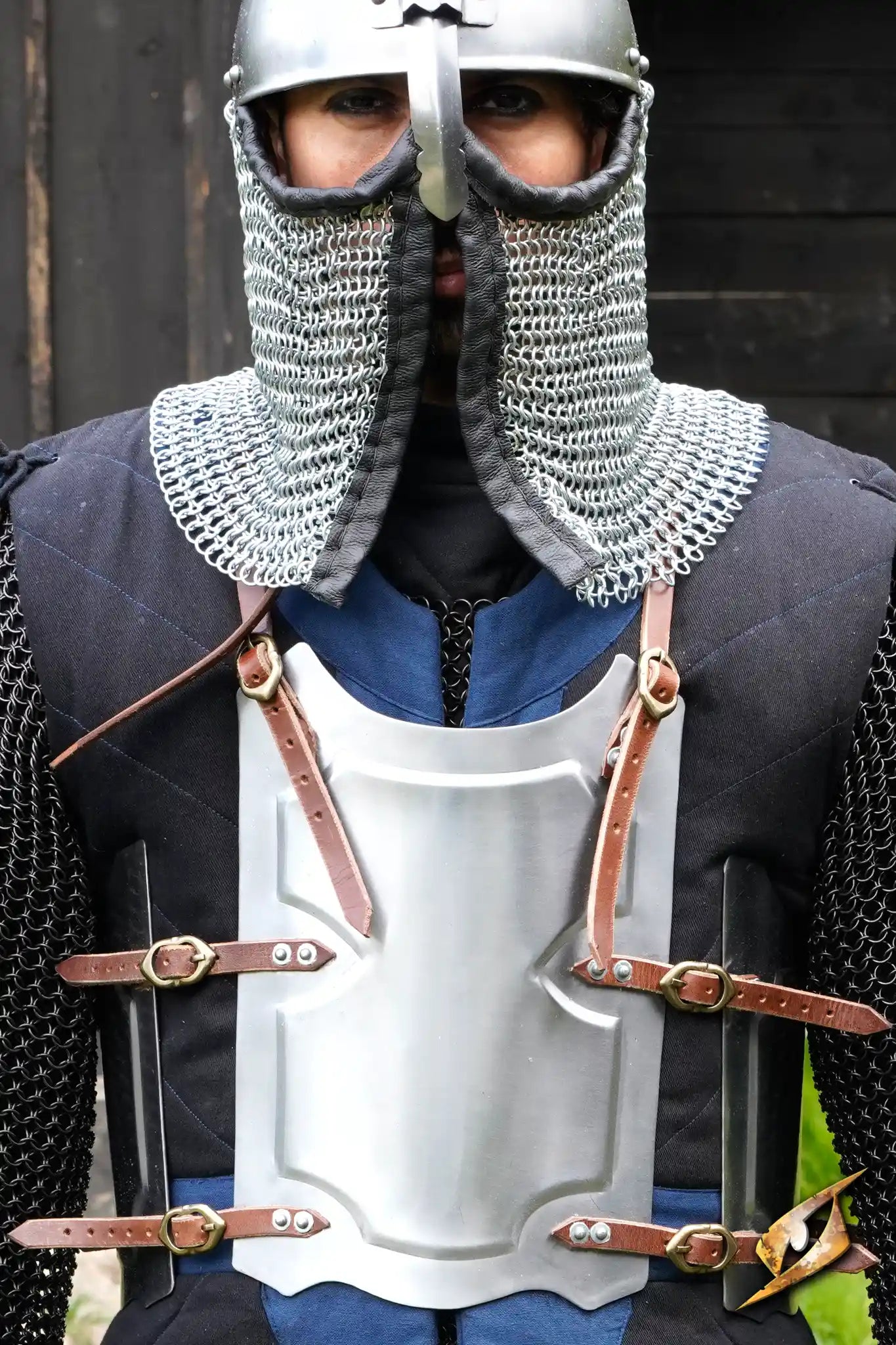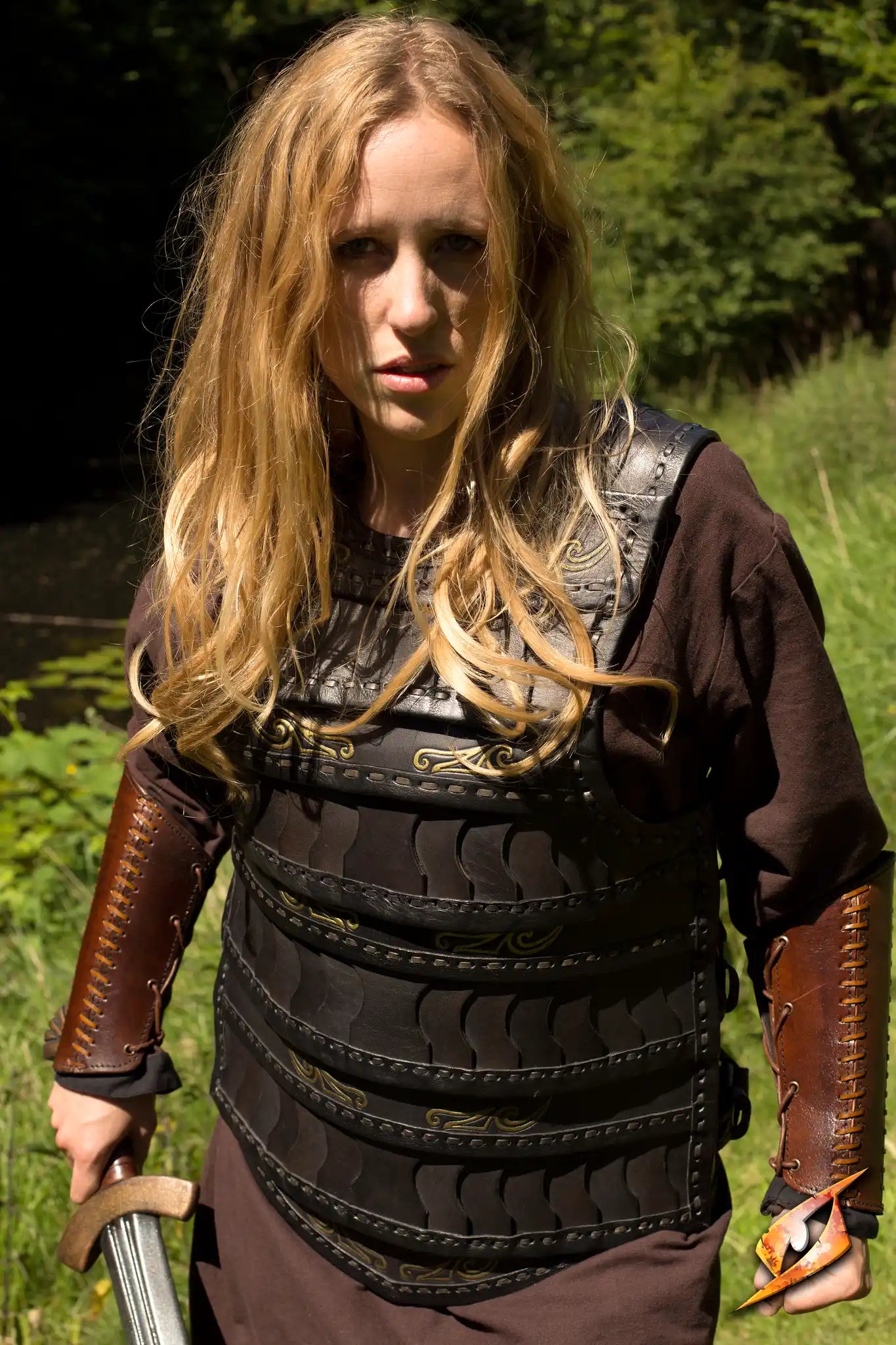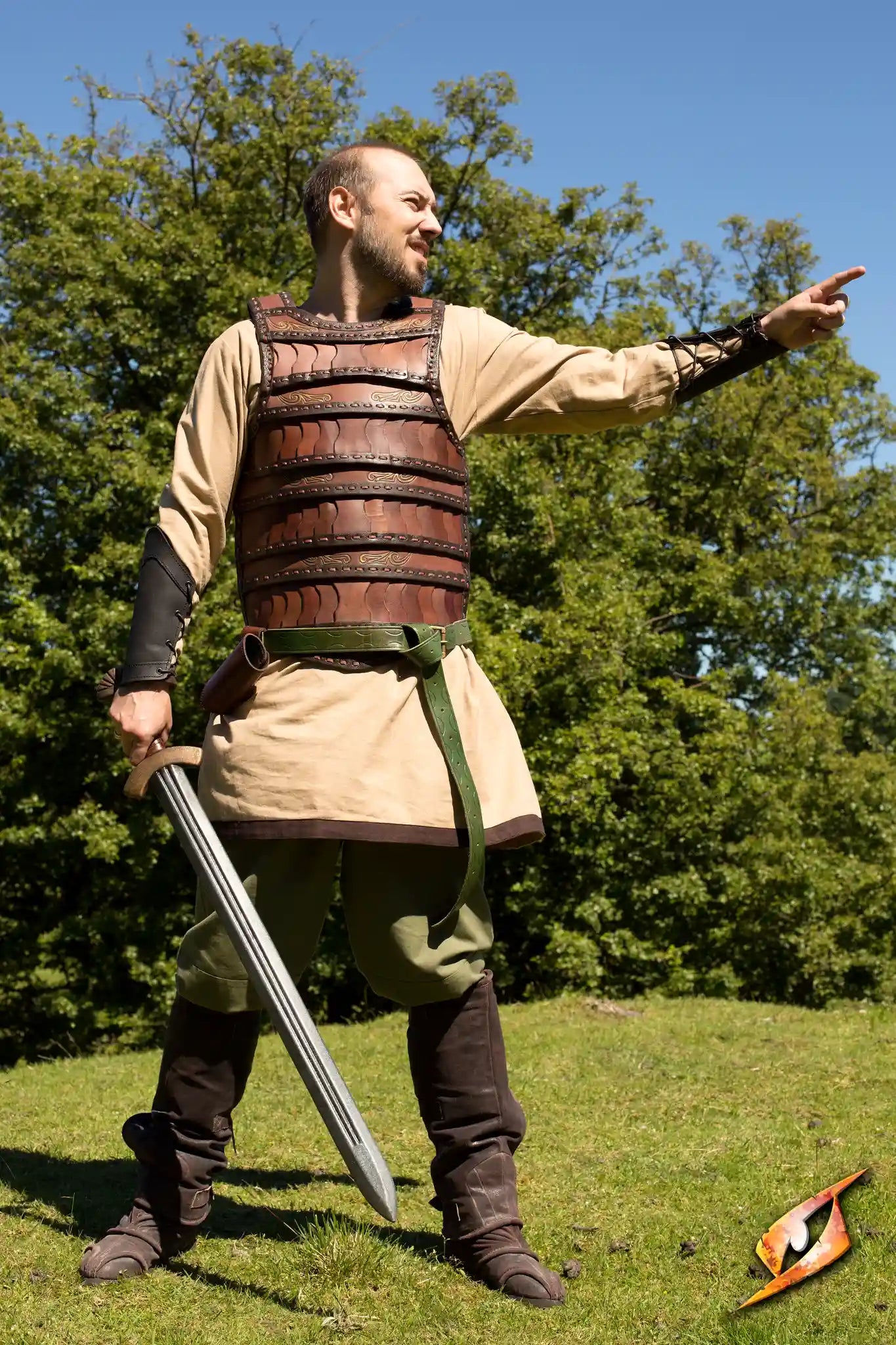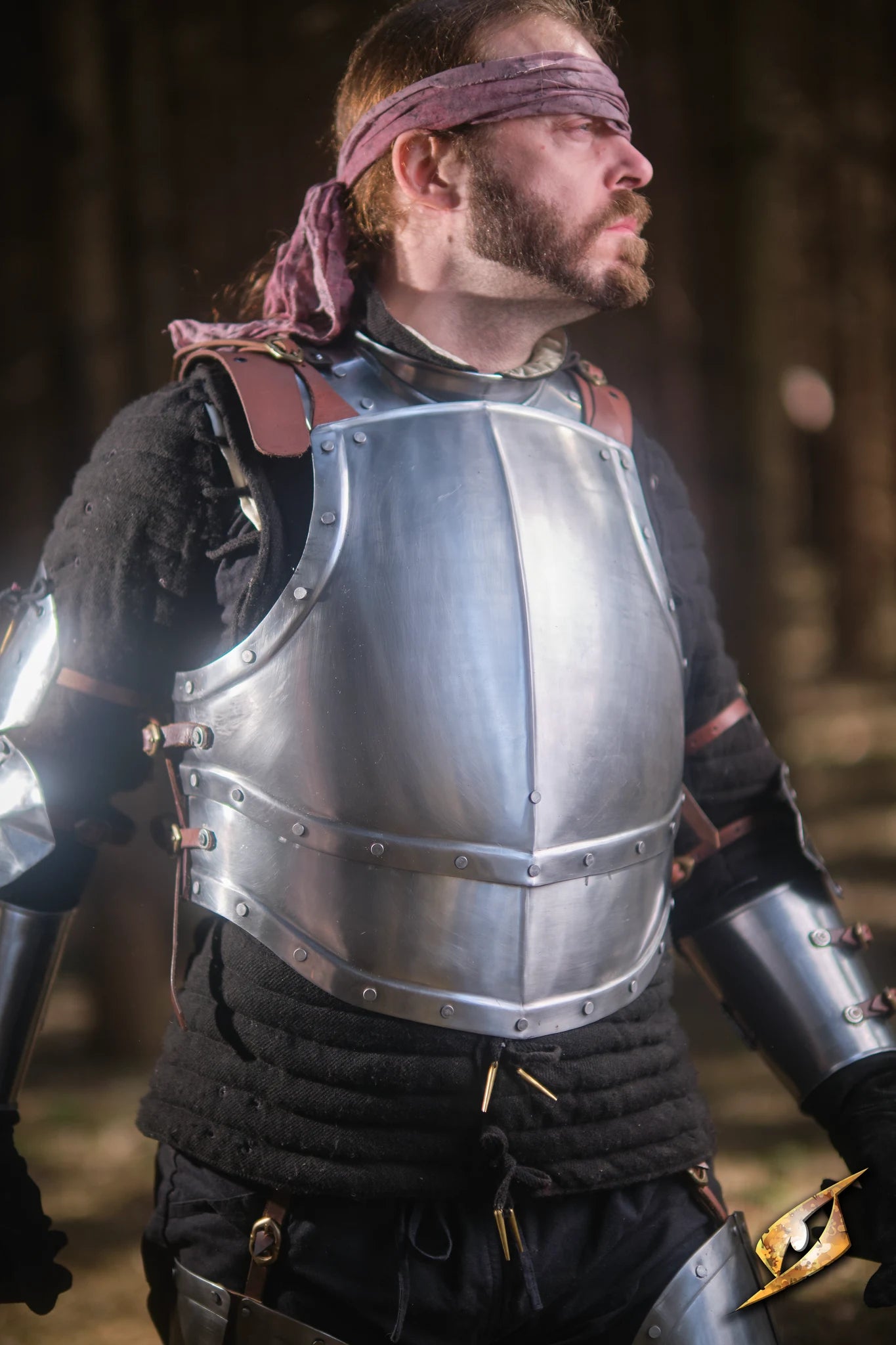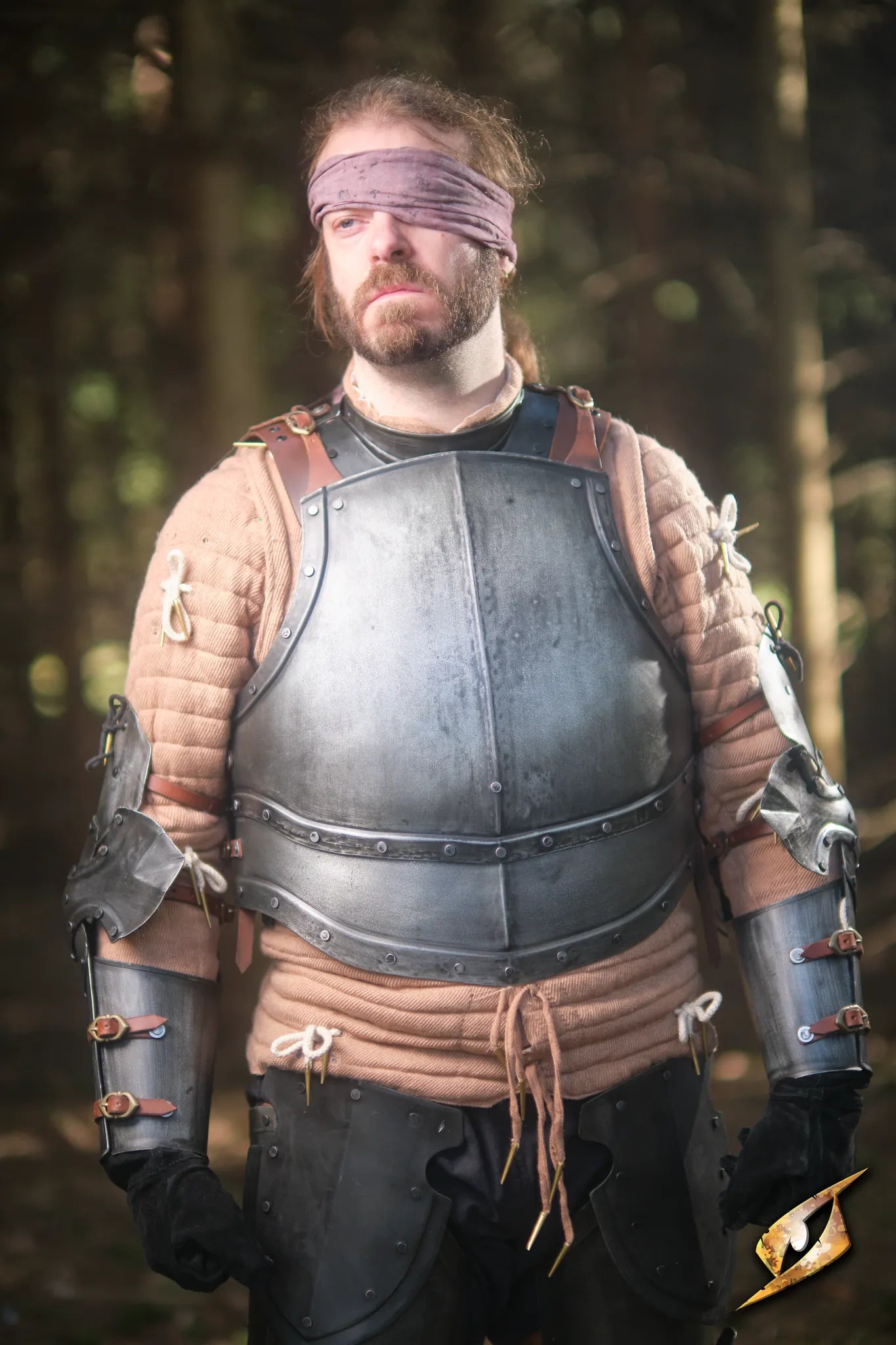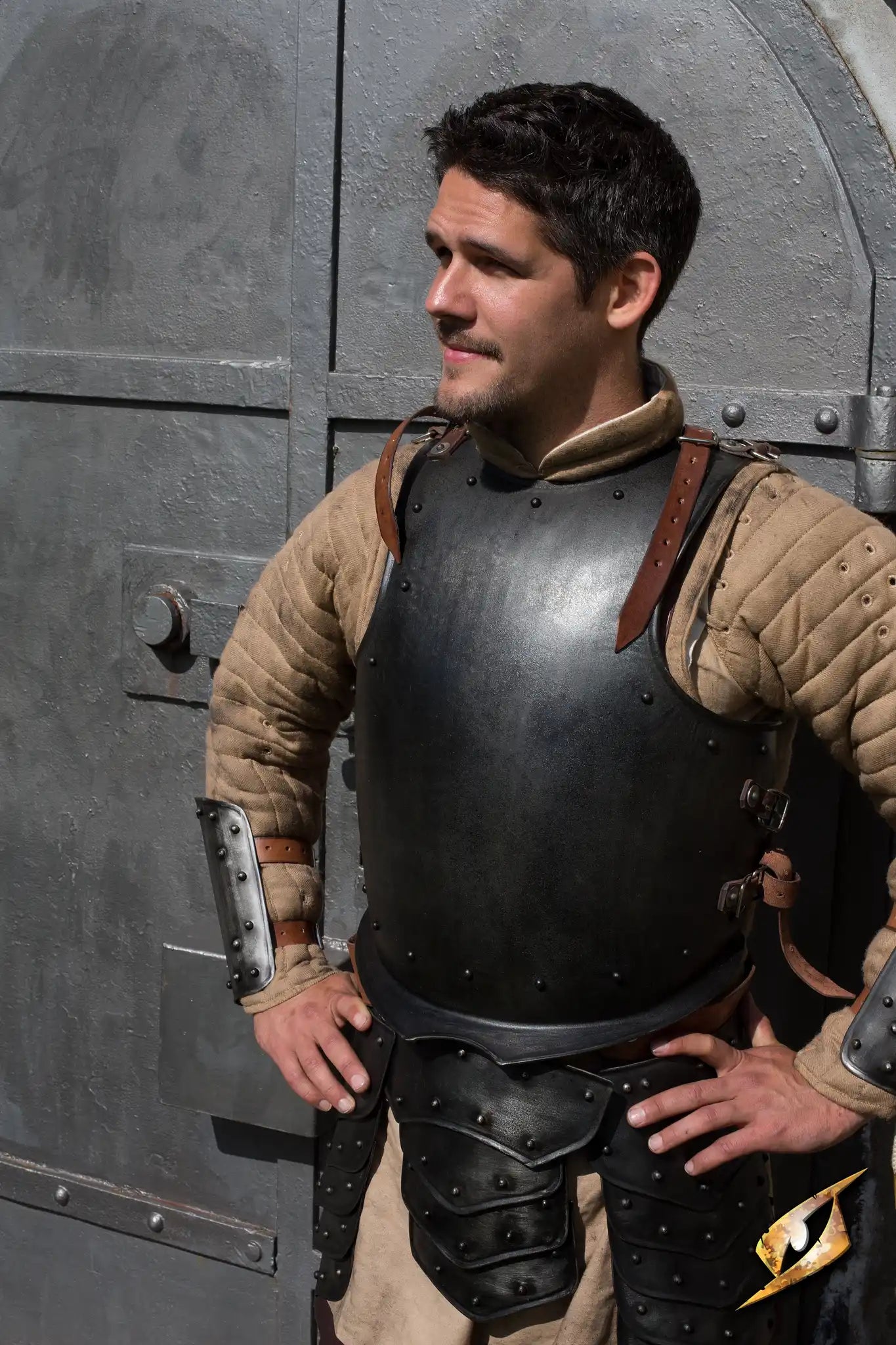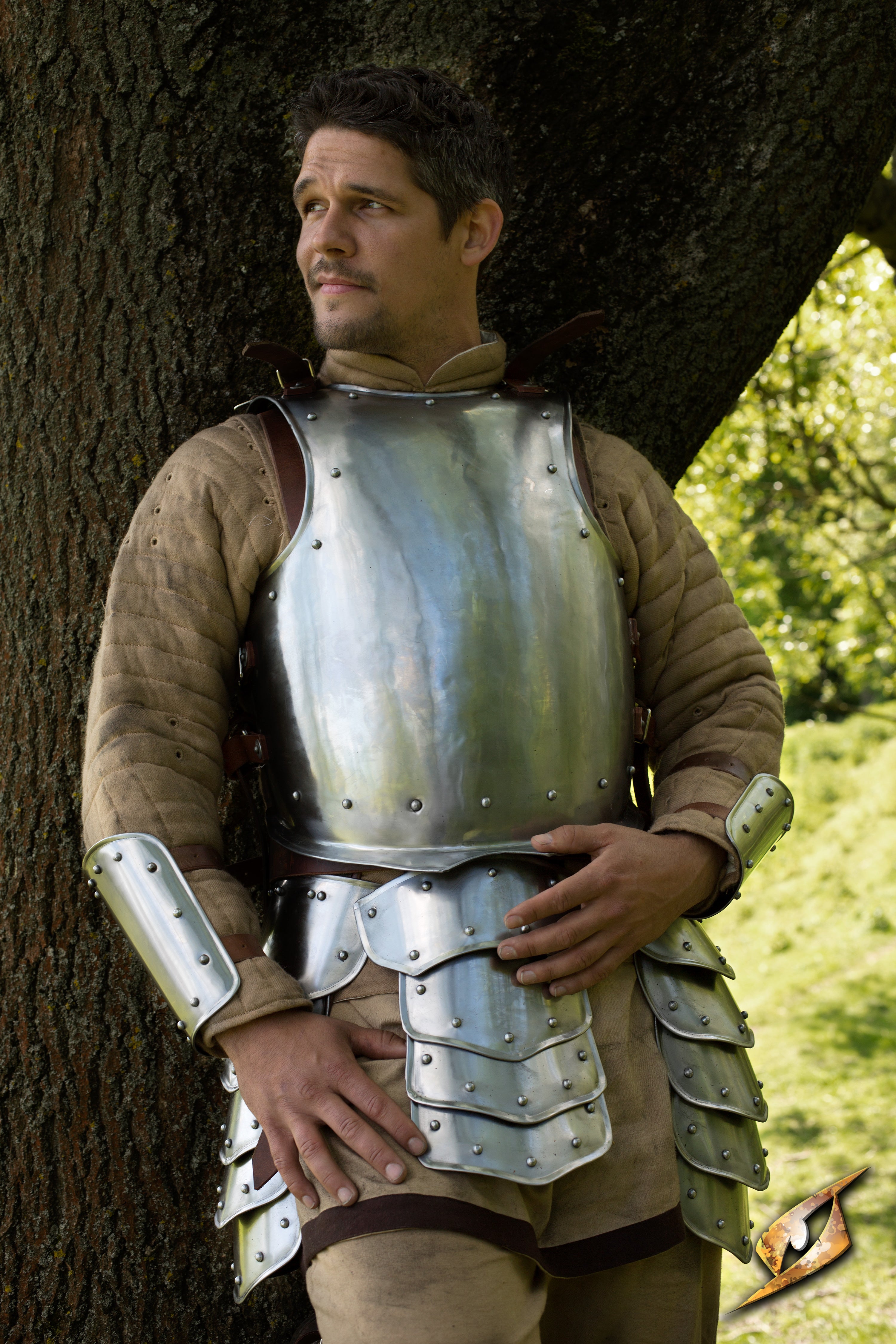Filters
Recently viewed products
Medieval Breastplates
A breastplate may be single piece of armour but it is the face of a knight. The breastplate was important because it provided protection to the torso which held almost all of the vital organs. Whether worn individually or attached to full cuirass as front of backplate, it became one of the most recognizable and efficient pieces of body armour in European history.
As each of Epic Armoury's breastplates is fashioned from quality steel with reference to history and designed to be practically worn for activities like LARP, cosplay, or reenactment you will have the appearance of real plate armour and as good of comfort and wearability for long days of events.
What Is a Breastplate?
A breastplate is a solid piece of armour worn over the chest and stomach. By the 14th century, smiths had perfected curved steel plates that deflected sword cuts and absorbed the impact of arrows and lances. Worn with padding underneath or layered over a brigandine or mail, it formed the centrepiece of a knight’s defence.
Over time, breastplates were incorporated as part of the full cuirass—a front and backplate joined together, usually equipped with faulds and tassets that cover the waist and hips. Unlike older armours such as lamellar plates or scale that consist of small, overlapping sections, they breastplates represented a technological change to solid plate construction: stronger, smoother, and better at deflecting hits.
Historical Development of Breastplates
From rigid breastplates to mail hauberks to flexible lamellar plates, the use of rigid armour on the chest has been an idea since the advent of organised warfare itself.
Ancient Greece (circa 8th to 5th century BCE): Greek warriors wore bronze cuirasses, cast or hammered in the shape of a torso as either bell-style or muscle cuirasses, setting the standard for front-and-back torso protection.
Rome (circa 1st century BCE to 3rd Century CE): Roman legionaries wore a form of chest protection known as the lorica segmentata, or overlapping iron plates covering the chest and shoulders. Legionnaires also wore forms of mail (lorica hamata) and scale (lorica squamata), and even breastplates of plate were used.
Early Medieval (circa 5th to 12th century CE): After Rome, and for quite a long time, large rigid breastplates ceased to be used throughout Europe. Warriors became heavily reliant on mail hauberks and lamellar plates, as seen especially in Eastern Europe and Asia. Though this mail and lamellar armour was flexible, there was no solid form or coverage, as seen in plate.
13th Century: Transitional armour returned. Knights and soldiers wore brigandines—jackets lined with riveted plates—or strapped larger iron plates over mail. This was the rebirth of the breastplate in Europe.
14th Century: The true steel breastplate appeared. Early forms were rounded or shaped like an hourglass, overlapping with faulds and mail to protect the waist. These gave far greater coverage without restricting movement.
15th Century (Gothic Armour): Armour reached its height. Breastplates became fitted, often with central ridges (tapul) and decorative fluting that added both strength and elegance. Worn with full plate harnesses, they defined the knightly image.
16th Century (Renaissance): Breastplates grew heavier to resist early firearms. Infantry wore plainer cuirasses, while nobles commissioned ornate etched and gilded pieces for tournaments and ceremony.
By the end of the Renaissance, the breastplate was not only practical but also symbolic—the mark of the professional soldier and the noble knight alike.
Styles of Medieval Breastplates in Our Range
Our collection reflects this long tradition, offering breastplates suited to different characters and settings:
Simple Soldier’s Breastplates — An uncomplicated steel plate who show significant inspiration from the simple cuirasses of the medieval infantry.
Gothic Styles — Well-curved and fluted plates, artefacts of the 15th century German shapes, ideal for knights and nobles alike.
Hourglass shapes — The everyday 14th-century shoulder pattern that overlaps with mail and faulds.
Fantasy-Styled Plates — While history leads the way, some designs incorporate stylized ridges or ornamentation, giving dramatic presence for fantasy champions.
How Epic Armoury Builds Breastplates
Our breastplates are forged from quality steel plates, shaped for strength and comfort. Each one includes:
Robust steel construction made for event use.
Adjustable leather straps and buckles keeps everything in place.
Contoured for movement, so you can move around the field.
Compatible with armour sets, so it's easy to upgrade to a full harness.
All raised edges received extra attention to detail, so it looks great up close or far away, ideal for battlefield, faire or stage.
Why Choose a Breastplate?
For anyone building a medieval kit, the breastplate is one of the most rewarding upgrades:
Practical defence: Strong steel protection for the torso.
Authenticity: Historically inspired shapes and styles.
Visual presence: Defines the silhouette of a knight or soldier.
Versatility: Works alone over a gambeson, or as part of full plate armour with matching pieces.
It’s a centrepiece that transforms a costume into armour, even if you’re not wearing a complete suit.
Care & Maintenance
To keep your breastplate in good condition:
Clean and dry after each use.
Store in a dry place to avoid rust.
Apply a light coat of oil to the steel.
Pair with a padded gambeson or arming doublet for both comfort and authenticity.
With proper care, a breastplate will last through countless campaigns.
Choosing the Right Style
Which breastplate suits you best depends on your vision:
Early knight (14th century): Hourglass forms or rounded plates.
High Gothic knight (15th century): Fitted, fluted breastplates with decorative ridges.
Mercenary or guard: Plain steel front plates, practical and sturdy.
Renaissance soldier: Heavier cuirasses, sometimes reinforced for pike and shot.
Fantasy hero or villain: Stylised plates with bold lines for dramatic effect.
Complete Your Armour Kit
The breastplate is more than protection—it is the defining symbol of the armoured warrior. From the bronze cuirasses of antiquity, through Roman lorica segmentata, to the hourglass plates of the 14th century and the Gothic cuirasses of the 15th, the breastplate has stood at the centre of military history.
At Epic Armoury, our breastplates carry this legacy into your own adventures. Pair one with a backplate, gorget, pauldrons, and faulds to build a full cuirass, or wear it alone for a rugged soldier’s look.
Explore our range of medieval breastplates today—and armour yourself with the most iconic torso protection of the Middle Ages.

